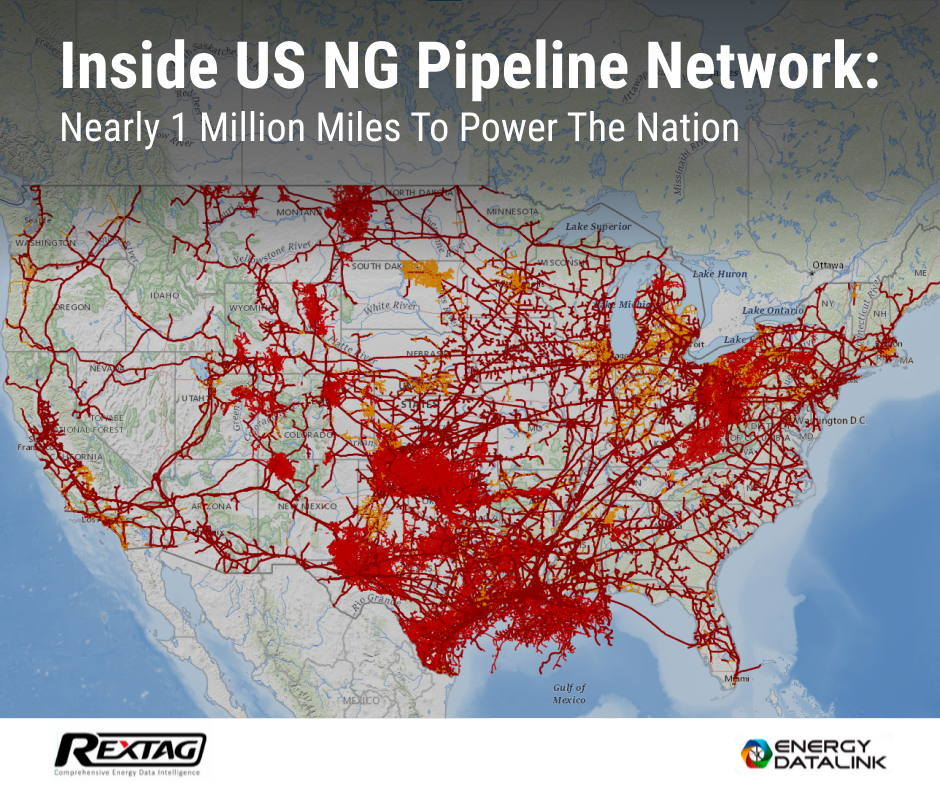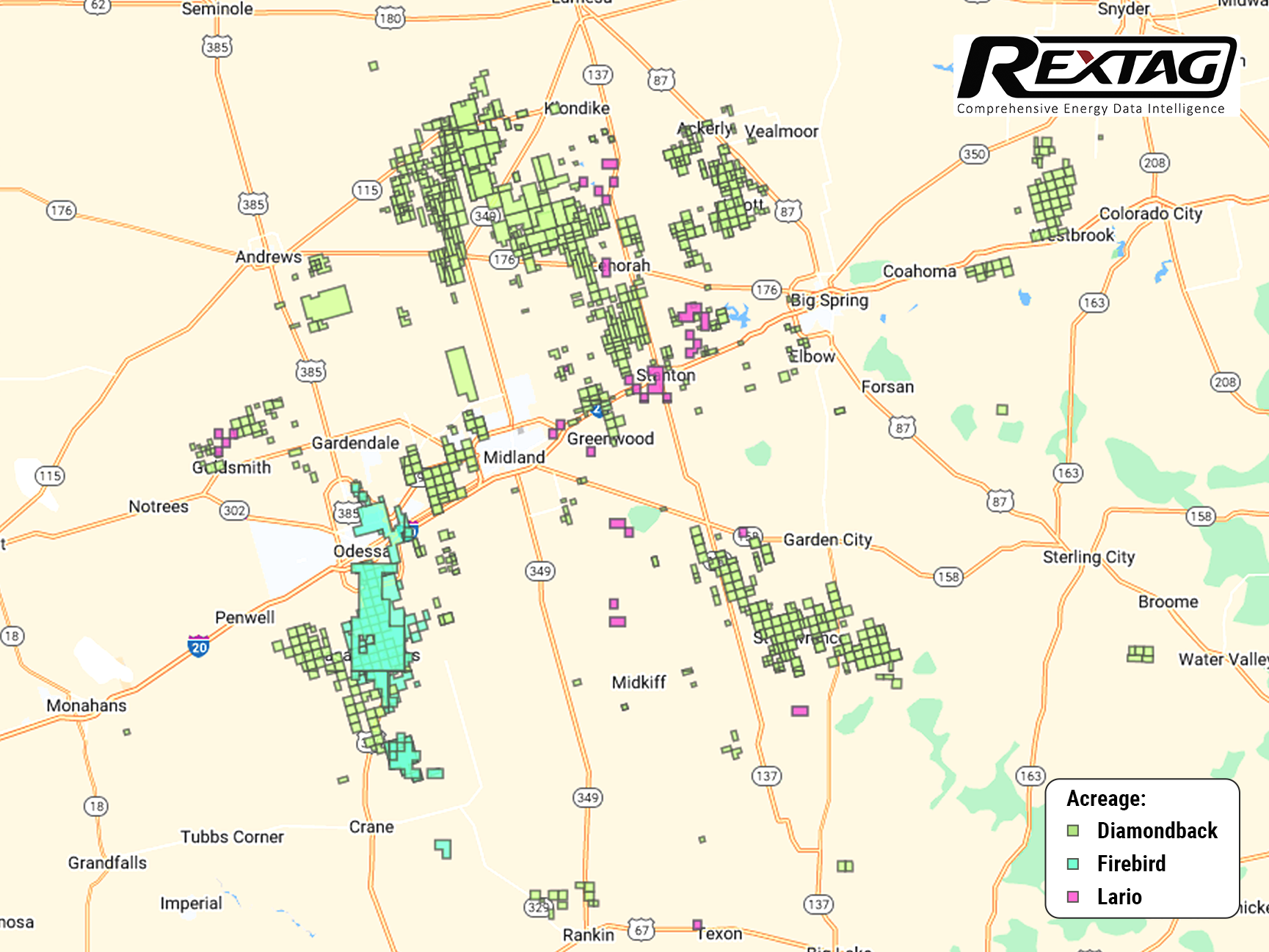Blog
Since days when shale oil and gas technologies were discovered, the U.S. energy industry has been evolving more rapidly than ever before. Many changes are amazing especially when you put them on an industry map. At Rextag not only do we keep you aware of major projects such as pipelines or LNG terminals placed in service. Even less significant news are still important to us, be it new wells drilled or processing plants put to regular maintenance.
Daily improvements often come unnoticed but you can still follow these together with us. Our main input is to “clip it” to the related map: map of crude oil refineries or that of natural gas compressor stations. Where do you get and follow your important industry news? Maybe you are subscribed to your favorite social media feeds or industry journals. Whatever your choice is, you are looking for the story. What happened? Who made it happen? WHY does this matter? (Remember, it is all about ‘What’s in It For Me’ (WIIFM) principle).
How Rextag blog helps? Here we are concerned with looking at things both CLOSELY and FROM A DISTANCE.
"Looking closely" means reflecting where exactly the object is located.
"From a distance" means helping you see a broader picture.
New power plant added in North-East? See exactly what kind of transmission lines approach it and where do they go. Are there other power plants around? GIS data do not come as a mere dot on a map. We collect so many additional data attributes: operator and owner records, physical parameters and production data. Sometimes you will be lucky to grab some specific area maps we share on our blog. Often, there is data behind it as well. Who are top midstream operators in Permian this year? What mileage falls to the share or Kinder Morgan in the San-Juan basin? Do you know? Do you want to know?
All right, then let us see WHERE things happen. Read this blog, capture the energy infrastructure mapped and stay aware with Rextag data!
Expand Energy: From Chesapeake’s Fall to America’s Top Natural Gas Producer
Before it was Expand Energy, the largest natural gas-weighted exploration and production company in the U.S., it was Chesapeake Energy. This company faced and survived nearly every extreme the energy industry could throw, including bankruptcy. With its recent $7.4 billion merger with Southwestern Energy, Expand Energy has achieved a new milestone: it’s the largest natural gas producer in the U.S., powered by substantial reserves and resources across crucial shale regions.
Virginia's Renewable Future: Dominion Energy Sells Wind Stake for $2.6B
Dominion Energy has struck a major deal by selling half of its stake in the Coastal Virginia Offshore Wind (CVOW) project to Stonepeak, one of the world’s leading infrastructure investors, for $2.6 billion. While Dominion will retain full control over the project’s development and day-to-day operations, this partnership gives Stonepeak a non-controlling 50% interest.
Agrivoltaics: Merging Solar Power and Farming Across the USA – Promise, Problems, and the Path Ahead
Agrivoltaics, a combination of agriculture and solar power generation on the same land, is quickly gaining traction across the United States as a solution to balancing the demand for renewable energy and the need to preserve farmland. As the country pushes toward its goal of achieving net-zero emissions, solar power is expected to play a significant role in this transition. However, concerns about the loss of agricultural land have led to the rise of agrivoltaics, where farming and solar energy production coexist.
How Hurricanes Helene and Milton Left Florida in Darkness: Power, Gas, and Chaos
The 2024 Atlantic hurricane season has hit Florida hard, with Hurricanes Helene and Milton exposing the vulnerabilities in the state's energy infrastructure. As Florida grapples with the aftermath of these back-to-back storms, the damage to oil, gas, and energy supplies has created severe disruptions, leaving residents and industries struggling to recover.
California’s Renewable Energy Isn’t as Safe as It Looks: Why Are We Wasting So Much Energy?
California has long been at the forefront of renewable energy in the United States, from its vast solar farms to its growing battery storage capacities. But beneath the headlines of a "clean energy revolution" lies a complex reality—one shaped by ambitious targets, grid challenges, and the everyday experiences of Californians grappling with rising energy costs and increasing grid instability. As California pushes towards its 100% clean energy goal, the road is full of both promise and pitfalls.
Can Oil-Rich Texas Be a Clean Energy Titan: Sugary Sweet Attempt at Leading the Renewable Revolution
Texas is taking bold steps toward a future powered by clean energy. Once known mainly for its oil and gas, the state is now a leader in wind, solar, and battery storage. But as electricity demand grows, so do the challenges of balancing energy needs with infrastructure limits. Here’s a look at how Texas is transforming and what hurdles lie ahead + find out who works with Facebook’s parent company Meta on new technology across the U.S.
Why This Matters: Diamondback and Endeavor’s $26 Billion Merger Creates a Permian Titan
What happens when two giants merge to form an oil empire? Diamondback Energy has just completed a massive $26 billion merger with Endeavor Energy Resources, following months of review by the Federal Trade Commission (FTC). The outcome? A powerful new player in the oil industry, poised to transform production in the Permian Basin, one of the richest shale regions in the world. Analysts are calling this merger a game-changer, as Diamondback and Endeavor now control a vast expanse of oil-rich land, referred to as the "last and best oil sandbox" for its potential to maximize production using advanced technology.
Geodata Requirements for Solar Farm Siting: TOP US States for Solar Energy
Solar energy is quickly becoming one of the most popular and sustainable ways to generate power. As more people and businesses turn to renewable energy, finding the best spots in the United States to build solar farms is crucial. This is where Geographic Information Systems (GIS) comes in. GIS technology helps us analyze the environment, land features, and land use to identify the best places for solar energy projects. By using GIS, we can boost energy production and reduce the environmental impact, all while helping the country meet its renewable energy goals.
These 8 US States Now Get Most of Their Renewables: Solar, Wind and More
Last year, a Pew Research Center survey revealed that 67% of Americans are in favor of developing alternative energy sources. Similarly, an Eligo Energy survey indicated that 65% of U.S. consumers are prepared to pay a premium for renewable energy. According to Mordor Intelligence, the U.S. renewable energy market is projected to reach 434.5 GW in 2024, with further growth expected at an annual rate of 10.01%, reaching 700.15 GW by 2029.
Latest U.S. News: Vital Energy, NOG $1.1B Acquisition of Point Energy in Delaware Basin
Vital Energy is joining forces with Northern Oil and Gas (NOG) to acquire Point Energy Partners’ Delaware Basin assets for $1.1 billion. As part of the agreement, Vital and NOG will purchase Point Energy’s assets in an all-cash deal. Vital Energy will take 80% of the assets, while NOG will acquire 20%. Vortus Investments currently own Point Energy.
Keystone XL Pipeline Controversy and Wildlife Disaster: From Green Light to Red Light on the $15 Billion Project
The pipeline industry in the USA faced and still faces a range of regulatory challenges, including permitting delays, environmental requirements, and public opposition to pipeline projects. In recent years, pipeline projects like the Keystone XL and Dakota Access pipelines had legal and regulatory obstacles that delayed or canceled their construction. Keystone XL Pipeline, proposed by TransCanada in 2008, aimed to transport crude oil from Canada (around Calgary and Edmonton) to refineries on the Gulf Coast (Port Arthur). The project faced opposition from environmental groups and indigenous communities, who argued that it would contribute to climate change and pose a risk to water resources. In 2015, the project was rejected, citing concerns about its environmental impact. However, in 2017, the project was revived, leading to further legal challenges. In June 2021, it was officially canceled.
Renewable Efforts Lag as Global Oil and Gas Demand Continues to Rise
Recently, the progress toward an energy transition is hitting a snag. Sales of electric vehicles are decelerating, and the growth in wind and solar power needs to be keeping pace with expectations. To make matters more challenging, electricity prices are climbing when they were expected to fall. Amidst these setbacks, the oil and gas sectors are proving resilient. According to BP's latest energy outlook, not only are these energy mainstays here to stay, but their demand is expected to remain relatively high even after reaching a peak. Interestingly, BP forecasts that oil demand will reach its zenith next year, marking a critical moment in energy consumption trends. This isn't the first time BP has projected a peak in oil demand. Back in 2019, their review anticipated a decline in demand growth, but the prediction fell flat. Instead, oil demand surged to unprecedented levels following the end of the global pandemic lockdowns, defying previous forecasts and underscoring the enduring dominance of traditional energy sources in the global market.
After Hurricane Beryl, U.S. Aims High to Sustain Solar Energy Growth and Stay Top in Renewables
Texas energy companies are picking up the pieces after Hurricane Beryl, an early Category 5 hurricane, hit the U.S. Gulf Coast earlier this week. However, it weakened to Category 1 by the time it made landfall in Texas. The hurricane brought heavy rainfall and sparked fears of storm surges, flooding, and tornadoes. As Hurricane Beryl neared, the natural gas supply to Freeport LNG’s export facility in Texas nearly stopped the day before the storm struck. Houston was particularly hard-hit, with the storm knocking out power for two million residents. CenterPoint Energy, a key power provider in the area, felt the brunt of the hurricane but aimed to have power restored to half the affected customers by the following day.
What's Behind the Rise in U.S. Drilling Rigs?
The total number of drilling rigs actively exploring and producing oil and natural gas in the United States increased to 585 for the week ending July 5, up from 581 the previous week. Despite this recent uptick, the current count still falls short of last year's 680, indicating a slowdown in drilling activities. Analysts suggest that this reduction may reflect greater efficiency among shale producers, who now require fewer rigs. Nonetheless, concerns remain about whether some producers have enough viable drilling land
$5 Billion Grayson Mill Deal Expands Devon Energy's Williston Operations
Based in Oklahoma City, Devon Energy is expanding its operations in the Williston Basin with a major $5 billion acquisition of Grayson Mill Energy, a company supported by the Houston-based EnCap Investments LP. This deal includes $3.25 billion in cash and $1.75 billion in Devon stock. Announced before the markets opened on July 8, this strategic move aims to boost Devon's oil production and operational scale significantly
Renewable Energy and Decarbonization: From Renewable Diesel to Electrofuel, Biofuel and Geothermal Power
Renewable diesel, a cousin to traditional petroleum diesel, stands out as a standalone fuel and a blendable option. In 2022, it accounted for about 8% of all U.S. biofuel production and 9% of its consumption. For decades, diesel has been the stalwart choice for both shippers and carriers, valued for its reliability. Yet, as sustainability becomes a priority, these industries are now navigating the complex world of alternative fuels. This shift has its challenges; the array of choices comes with varying information about availability, cost, performance, and environmental impact. Amidst these options, renewable diesel is gaining traction.
A Green Future: $2 Trillion Investment in Clean Energy on the Horizon for 2024
The global investment in upstream oil and gas is also set to rise by 7% in 2024 to $570 billion, continuing the growth trend from 2023. National oil companies in the Middle East and Asia primarily drive this increase. This year, the global shift toward clean energy will see investments reaching a monumental $2 trillion, according to the International Energy Agency (IEA). This amount is double what is being invested in fossil fuels. In its annual World Energy Investment report, the IEA highlights that for the first time, total energy investment will surpass $3 trillion in 2024.
Ovintiv, Occidental, BP, Marathon Oil, ConocoPhillips, TC ENERGY Q1 Results and Sale of $1 Billion Permian Assets
As TC Energy expands its gas network to support the growing demand from data centers, driven by AI, Occidental is considering selling assets in the Permian Basin potentially worth over $1 billion. Keep reading. But first, let’s take a look at the Q1 2024 results for big names like Occidental (OXY), Ovintiv, BP, Marathon Oil, ConocoPhillips, and TC Energy.
Renewables in Oil and Gas Industry: Solar, Wind, Hydroelectric, Innovations, From Texas to Arizona and Who’s The Best?
Last year, a Pew Research Center survey revealed that 67% of Americans are in favor of developing alternative energy sources. Similarly, an Eligo Energy survey indicated that 65% of U.S. consumers are prepared to pay a premium for renewable energy. Scott Zimmerman, the project manager at the Global Oil and Gas Extraction Tracker of Global Energy Monitor (GEM), expressed skepticism about the oil and gas industry's rationale for exploring and developing new fields. "The justifications offered by oil and gas producers do not stand up to scrutiny," he commented. "The scientific consensus is clear: we cannot afford to open new oil and gas fields without risking severe environmental consequences." Despite these warnings, last year saw significant advancements in the oil and gas sector, with at least 20 fields worldwide reaching the "final investment decision" stage. This stage marks the commitment to proceed with construction and development, leading to the approval of projects that will collectively produce about 8 billion BOE. By the end of this decade, there is an ambition to approve projects that will quadruple this output, aiming to extract 31.2 billion BOE from 64 fields. Notably, the United States has been at the forefront of sanctioning new oil and gas initiatives over the past two years, according to GEM's analysis.
Exxon Mobil and the $60 Billion Deal That Changes Everything in Permian
Exxon Mobil recently completed its acquisition of Pioneer Natural Resources, a deal worth about $60 billion. This transaction, which is the biggest in shale oil history, significantly changes the competitive landscape in the Permian Basin, a major oil field. This marks Exxon Mobil's largest deal since its $84.4 billion merger with Mobil Corp. in 1999. With this acquisition, Exxon Mobil's production in the Permian Basin will double to 1.3 million barrels of oil equivalent per day.
Top Permian Oil and Gas Producers: Five-Year Production
OXY has been the leader in Permian Basin production for the past five years. Currently, the Houston-based oil and gas company is deepening its presence in the basin with a $12 billion acquisition of CrownRock, adding over 94,000 acres in the Midland Basin and increasing its oil output by about 170,000 barrels per day. Occidental announced an increase in its proved reserves to 4.0 billion barrels of oil equivalent by the end of December 2023, up from 3.8 billion the previous year. Activities in the Permian largely fueled this rise. Occidental added approximately 303 million barrels through infill development projects as well as new discoveries and the further development of existing fields brought in another 153 million barrels.
Williston Basin Overview: 2022 vs 2023, Bakken Shale, Operators, Deals, 2024 Update
The Williston Basin is a big area filled with layers of rock that sits next to the Rocky Mountains in western North Dakota, eastern Montana, and the southern part of Saskatchewan in Canada. This area covers roughly 110,000 square miles. Geologically, it's very similar to the Alberta Basin in Canada. People started drilling for oil in the Williston Basin back in 1936, and by 1954, most of the land where oil could likely be found was already claimed for drilling. The Bakken Formation with parts of Montana, North Dakota, Saskatchewan, and Manitoba has become one of only ten oil fields globally to yield over 1 million barrels per day (bpd) since the late 2000s. It is currently the third-largest U.S. shale oilfield, behind the Permian and Eagle Ford. The boom in the Bakken started around September 2008, coinciding with the U.S. housing market crash. The application of new technologies, such as swell packers enabling multiple-stage fracturing, significantly enhanced oil recovery, making the Bakken Formation a key player in the U.S. In 2022, the Bakken oil field saw big improvements in how much oil and gas it could produce. At the start of the year, 27 drilling rigs were working there, more than double the 11 rigs from the start of 2021. Important upgrades included making the Tioga Gas Plant able to process 150 million cubic feet more gas each day, and making the Dakota Access Pipeline bigger, increasing its oil transport capacity from 570,000 to 750,000 barrels every day.
Southwestern Energy Company: M&A, 2022 vs 2023 Review, 2024 Forecast
Southwestern plans to keep its production steady, with a budget of $2.0 to $2.3 billion allocated for capital expenditures in 2024. This budget includes about $200 million for capitalized interest and expenses, which means the spending on drilling, completion, and other costs would be in the range of $1.8 to $2.1 billion to maintain a production level similar to 2023's output of approximately 4.57 Bcfe per day. The company anticipated closing 2023 with a debt of around $4.1 billion. Given the current market prices, Southwestern aims to reduce its debt to about $4 billion by the end of 2024, targeting a production level close to 4.5 Bcfe per day. Furthermore, the company has set a goal to lower its debt to under $3.5 billion. To reach the debt reduction target of approximately $3.5 billion by the end of 2024 or early 2025, Southwestern may need to adjust its capital expenditure budget to around $1.2 billion. This adjustment could lead to a slight decrease in production to about 4.2 to 4.25 Bcfe per day in 2024, representing a 7% to 8% reduction from the production levels in 2023.
Oil and Gas Industry of Wyoming: Basins, Counties, 2022 vs 2023 Review
In Wyoming during 2023, the oil and gas industry experienced various trends and developments. Wyoming ranked 8th nationally in both crude oil and natural gas production, significantly contributing to the economy through property and severance taxes. The state had a peak of 27,951 producing wells in 2022, including oil and gas wells, with 33 operating gas plants processing nearly 97% of the state's gas production. Notably, 21 of Wyoming's 23 counties produce oil and/or natural gas, with Converse County leading in crude oil production and Sublette County in natural gas production. U.S. Energy Information Administration (EIA) predicted that crude oil production across the United States would increase to 12.8 million b/d in 2024. Throughout 2023, oil production in Wyoming showed an upward trend, with more than 95 million barrels expected to be produced, an increase of about 3 million barrels from 2022. This rise in oil production was partly attributed to the completion of 110 newly drilled oil wells in the first half of the year, mainly in the Powder River Basin. However, natural gas production faced a decline due to the aging of wells and a low number of new gas wells being completed. Only 18 new gas wells were finished in the first half of 2023, with a noted interest in drilling applications, suggesting potential future developments.
XCL Resources Requests FTC Green Light for Purchasing Altamont Energy
XCL Resources is seeking approval from the Federal Trade Commission (FTC) for its proposed acquisition of Altamont Energy LLC, another Utah-based oil producer. This initiative is backed by XCL's parent entity, EnCap Investments LP, a notable private equity firm. Discussions about purchasing Colorado-based Altamont Energy began in the previous summer, as highlighted in FTC documentation.
Tallgrass Energy's Open Season for the Pony Express Pipeline Project
Tallgrass Energy has started a new open season for the Pony Express Pipeline, and this is the second time they're doing it in 2024. They're looking for companies that want to move their crude oil from the Williston Basin and are offering special rates as an incentive. This 30-day event kicked off on March 11. To get the full details, companies need to sign a confidentiality agreement with Tallgrass.
Dominion and Enbridge Complete $6.6 Billion Utility Transaction
Enbridge Inc. has completed a $6.6 billion purchase of The East Ohio Gas Co., an Ohio natural gas company, from Dominion Energy. This acquisition is part of a larger $14 billion merger and acquisition deal previously announced by the two companies. The East Ohio Gas Co. will operate under the new name Enbridge Gas Ohio (EOG) and become part of Enbridge's Gas Distribution and Storage Business Unit, including taking on some debt as mentioned by Dominion.
Haynesville Shale's 2022-2023 Performance Overview, What Happened, Trends
The Haynesville Shale play, located in northwestern Louisiana and eastern Texas, was recognized in March 2008. Petrohawk Energy Corp. and Chesapeake Energy Corp. had leased acreages in Louisiana, bringing fame to the region. The Haynesville Shale is crucial for meeting the rising demand for LNG exports from the Gulf Coast because of its location. It's expected that Haynesville will contribute about 13 Bcf/d to the overall growth in U.S. gas demand by 2030. However, drilling in Haynesville is more expensive and challenging due to the depth of its wells, especially when compared to areas like the Marcellus Shale.
TOP 2022 vs 2023 Permian Producers Overview by Rextag
The Permian Basin, America's prime oil region, faced significant challenges during the COVID-19 pandemic. The industry saw a drastic reduction in rigs and fracking crews and had to close some operations as oil prices plummeted, leading to widespread restructuring. Now, the Permian is making a strong comeback. Over the last three years, exploration and production companies (E&Ps) have increased their drilling activities. They're focusing on spending wisely and maximizing returns to their investors. The Permian's role is crucial. It was projected to contribute over 5.98 million barrels of oil per day in December, making up about 62% of the total oil production in the Lower 48 states, as per the EIA.
Permian Basin Giants: 2024 Net Production Forecasts
Rystad Energy predicts that the merged company of Diamondback Energy and Endeavor Energy will produce 819,500 barrels of oil per day in the Permian Basin in 2024. Rystad, an energy research and business intelligence company from Norway, expects the ExxonMobil-Pioneer Natural Resources merger to lead the Permian in total net production for the year, with a projection of nearly 1.4 million barrels per day. Notably, about 53% of this production will be oil. Chevron is set to produce slightly more than Diamondback-Endeavor, with Occidental-CrownRock following closely. ConocoPhillips ranks fifth, with a production forecast of just under 800,000 barrels per day. Chevron's production is 47% oil, while Diamondback-Endeavor and ConocoPhillips have 57% oil in their mix, and Occidental-CrownRock is just below 50%.
From Peanuts to Richest Oil Tycoon in America: Autry Stephens Built an Empire, his net worth is...
Diamondback Energy is buying Autry Stephens's company, Endeavor Energy Resources, for $26 billion. This deal (learn more) will make Stephens the richest oil driller in the U.S., with a $25.9 billion fortune, jumping him up to 64th place on a list of the world's richest people. He'll be wealthier than other big names in oil, like Harold Hamm with $15.4 billion and Jeff Hildebrand with $17 billion. However, Charles and Julia Koch are still richer, but their money comes from different businesses, not just oil.
Oil and Gas: Diamondback and Endeavor's $26 Billion Merger Redefines Permian Basin
Diamondback's buyout of Endeavor happened about four months after ExxonMobil and Chevron made huge deals, with Exxon buying Pioneer Natural Resources for $59 billion and Chevron getting Hess for $53 billion. Even though 2023 was a slow year for company buyouts and mergers, with the total deals at $3.2 trillion (the lowest since 2013 and 47% less than the $6 trillion peak in 2021), the energy sector was still active. Experts think this buzz in energy deals is because these companies made a lot of money in 2022.
Bakken's Tipping Point: Grayson Mill's Potential Fall After Chevron-Hess
The Permian Basin, a big oil area, is not seeing as many deals as before because lots of companies have already joined together. Now, experts think these companies might start looking for new places to invest in the U.S. One area getting attention is the Bakken play. Chevron Corp. has just made a big step there by buying Hess Corp. for $60 billion. Another company, Grayson Mill Energy, which got some help from a Houston investment firm EnCap Investments LP, might also be up for sale soon, worth about $5 billion.
Occidental, CrownRock Merger Under Regulatory Review: 2024 Update
CrownRock's 94,000+ net acres acquisition complements Occidental's Midland Basin operations, valued at $12.0 billion. This expansion enhances Occidental's Midland Basin-scale and upgrades its Permian Basin portfolio with ready-to-develop, low-cost assets. The deal is set to add around 170 thousand barrels of oil equivalent per day in 2024, with high-margin, sustainable production.
Talos Energy Confirms $1.29 Billion Takeover of QuarterNorth Energy
Houston-based Talos Energy Inc. has made a deal to buy QuarterNorth Energy Inc. for $1.29 billion. QuarterNorth is a company that explores and produces oil in the Gulf of Mexico and owns parts of several big offshore fields. This purchase will add more high-quality deepwater assets to Talos's business, which are expected to bring steady production and new opportunities for growth. The deal should immediately benefit Talos's shareholders and help the company reduce its debt faster.
Dallas-Based Sunoco Buys NuStar Energy for $7.3 Billion
Sunoco, a gas station company based in Dallas, will buy NuStar Energy, a major operator of liquid storage and pipelines, for $7.3 billion. The acquisition of NuStar Energy by Sunoco not only enlarges Sunoco's fuel distribution business but also moves it into the crude oil middle market, especially in the important Permian Basin area.
Welcome 2024: A Look Back at 2023 Top Oil and Gas Sector Deals
2023 was quite a year for the oil and gas sector, with some big deals making the news. In the US, giants like ExxonMobil and Chevron grabbed headlines with their plans to acquire companies like Pioneer and Hess. Internationally, ADNOC wasn't left behind, expanding its reach as well. As we ring in the new year, let's recap the biggest oil and gas deals of 2023.
Vital Energy Expands Permian Basin Footprint with New Working Interest Acquisitions
Vital Energy, an independent energy firm, recently expanded its holdings in the Permian Basin by purchasing additional working interests in prime production assets for approximately $55 million. These newly acquired assets were originally part of a larger transaction involving Henry Energy, Moriah Henry Partners, and Henry Resources.
Rudolf reindeer VS. Transcontinental Pipeline - Which one moves the presents faster
Well, it’s a Christmas ❄️time again. We all know Rudolf, the hero of Christmas, guiding Santa's sleigh through the night. And then there’s this massive Transcontinental pipeline (Transco), stretching thousands of miles, sending gas all over the place. It's like comparing grandkid's toy car with a real monster truck. So, who's faster in the present-delivery? Rudolf’s magic or Transco's might? That's a tough one, but we'll leave that for you to decide while we kick back with some eggnog.
SilverBow Successfully Completes $700MM Purchase of Chesapeake’s South Texas Holdings
SilverBow Resources Inc. finished buying Chesapeake Energy Corp.'s oil and gas areas in South Texas. They agreed to this $700 million deal back in August. The deal included SilverBow paying $650 million in cash when the deal was closed. They will also pay another $50 million in cash a year later, with some usual changes in the amount. Chesapeake might get an additional $50 million later, depending on the prices of oil and gas in the future. SilverBow paid for this big purchase with the money they had, by borrowing from their credit line, and by selling more of their second lien notes.
Anticipated Growth: Endeavor Energy's Value Nearing $30 Billion
This summer, J.P. Morgan Securities highlighted Endeavor Energy Resources as the Midland Basin's standout in mergers and acquisitions, suggesting its value might approach $30 billion. Endeavor Energy Resources, a privately-owned entity in Midland focusing solely on its operations, has seen a significant uptick in production. It now boasts a production rate of 331,000 barrels of oil equivalent per day (boe/d), marking a 25% increase from the previous year.
WhiteHawk Energy Expands Portfolio with $54 Million Marcellus Shale Natural Gas Asset Purchase
WhiteHawk Energy has recently completed a significant acquisition in the Marcellus Shale, investing $54 million. This deal has effectively doubled their mineral and royalty ownership in the Marcellus Shale, particularly in Greene and Washington counties in Pennsylvania. This region is noted for its high-quality natural gas reserves. WhiteHawk’s Marcellus assets now encompass approximately 475,000 gross unit acres, featuring production from about 1,315 horizontal shale wells. In addition to this, they own interests in 72 wells-in-progress, 64 permitted wells, and nearly 900 undeveloped Marcellus locations. This acquisition is expected to double WhiteHawk's net revenue interest in each well within its Marcellus holdings.
Talos Energy and Repsol Join Forces in Gulf Exploration JV
alos Energy and Repsol have formed a partnership, each owning 50-50, to reexamine seismic data in a shared area to identify where to drill in the coming years. Tim Duncan, the CEO of Talos, sees this as a strategic use of land they acquired from EnVen Energy Corp to enhance its value. Talos Energy is putting to use the land they bought from EnVen Energy Corp for $1.1 billion. CEO Tim Duncan talked about this on November 7, explaining that it's a smart move because the government has delayed a big decision on new ocean drilling areas. By teaming up with Repsol, Talos plans to work on the land they already have, about 100,000 acres, so they don't have to wait for new permits.
Kinder Morgan Invests $1.8 Billion in South Texas Gas Infrastructure
Kinder Morgan's strategic acquisition of STX Midstream from NextEra is a significant move to enhance its infrastructure capabilities in South Texas. The area is witnessing an upsurge in natural gas production and demand, particularly towards Mexico and the Gulf Coast markets. The 462-mile pipeline system, which is highly contracted with an average contract length of over eight years, is expected to generate about $181 million in EBITDA for 2023.
Crescent Point Acquires Hammerhead for $1.86 Billion for Expansion in Montney Shale
Crescent Point Energy Corp has finalized a deal to acquire Hammerhead Energy Inc. for approximately $1.86 billion. This strategic acquisition significantly expands Crescent Point's drilling locations within the Montney Shale region in Alberta, Canada, positioning the company as a stronger competitor in one of North America's most resource-rich oil areas.
Civitas Resources Advances with Midland Assets in a $2.1 Billion Agreement
Denver-rooted Civitas Resources, Inc. concluded an arrangement to acquire Vencer Energy's assets in the Midland Basin from Vitol for an approximate $2.1 billion. The $2.1 billion arrangement between Civitas Resources and Vencer Energy is a strategic maneuver that enlarges Civitas' presence in the resource-rich Permian Basin. By securing approximately 44,000 net acres, Civitas not only acquires a substantial asset but also amplifies its production capacity by 62 to 62.5 Mboe/d. The transaction, which is anticipated to complete in January, is perceived as a cost-effective acquisition that markedly enhances Civitas Resources’ scale in the Permian Basin.
Equitrans Midstream Collaborates with US Regulator on MVP Project Contract
he PHMSA mandates Equitrans to clearly detail the progression measures for the Mountain Valley Pipeline completion. Equitrans Midstream, overseeing the Mountain Valley Pipeline (MVP) in Virginia's Jefferson National Forest, has committed to enhanced safety protocols following a consent order from the Pipeline and Hazardous Materials Safety Administration (PHMSA). As part of the agreement, Equitrans and MVP LLC have vowed to transparently detail the pipeline's progression, aiming to bolster public trust.
Exxon Mobil and Pioneer Merge in $60 Billion Deal to Dominate Shale Market
Exxon Mobil (XOM.N) has reached an agreement to acquire its domestic competitor, Pioneer Natural Resources (PXD.N). This all-stock transaction, which places a valuation of $59.5 billion on the deal, promises to establish Exxon as the preeminent producer in the U.S.'s most extensive oilfield. At a valuation of $253 per share, this merger brings together the prowess of Exxon, America's largest oil entity, with Pioneer, a standout performer that has risen to prominence during the shale boom.
Mexico Pacific LNG: A New Export Era Anchored by Permian Gas
Natural gas from the U.S. Permian Basin is set to be the primary source for Mexico's Pacific's Saguaro Energía LNG facility. Located in Puerto Libertad, Sonora, the Saguaro Energía LNG export facility will feature three processing trains. The site is primed for potential expansion with plans for three additional trains of similar capacity. Its strategic Pacific Coast location offers a 55% shorter shipping route to Asia, providing significant savings and reduced carbon emissions.
Decarbonization with Profit: Strategy Revealed by Shell's New Energies US CEO
Energy firms like Shell are facing the challenge of delivering cost-effective energy, reducing emissions, and enhancing shareholder value. Shell pursues its 2050 net-zero emission target, Wright highlighted the company's efforts to deliver greener energy solutions in line with increasing demand. This includes reconfiguring its energy and chemical facilities and earmarking between $10 billion to $15 billion for investment in low-carbon sectors by 2025.
LM Energy Unloads 130 Miles of Pipelines in New Mexico Oil Gathering Asset Sale
LM Energy Holdings is set to sell assets including over 130 miles of pipelines, terminals, and other facilities in Eddy and Lea, New Mexico, Delaware Basin. LM Energy Holdings LLC has concluded definitive agreements to divest subsidiaries and assets associated with its Touchdown Crude Oil Gathering System situated in Eddy and Lea counties, New Mexico. The purchasing entity and financial particulars remain undisclosed.
Lycos Energy Inc. Secures Durham Creek Exploration Ltd. & $25M Equity Financing
Lycos Energy Inc. has solidified a conclusive agreement to procure Durham Creek Exploration Ltd., a prominent heavy oil producer, for a total of CA$22.5 million. Lycos Energy Inc. is delighted to disclose the conclusion of a definitive agreement to acquire Durham Creek Exploration Ltd., an independent, private heavy oil producer. This acquisition, by way of a plan of arrangement, is valued at $22.5 million, comprising $12.5 million in cash and 2.8 million Lycos common shares, each valued at $3.55. The Acquisition will be financed through a $25 million bought deal equity financing.
Kingston Midstream Secures Deal to Acquire Clearwater Assets from Rangeland Midstream Canada
Rangeland Energy has agreed to sell Rangeland Midstream Canada to Kingston Midstream Alberta and remains committed to future Canadian midstream investments. Texas-based Rangeland Energy, supported by financial partner EnCap Flatrock Midstream, has inked a deal to sell its Canadian subsidiary, Rangeland Midstream Canada Ltd., to Calgary's Kingston Midstream Alberta Ltd. for cash.
Diamondback's Viper Energy Acquires $1 Billion in Royalty Interests in the Permian Basin
Viper Energy's deal, comprised of cash and equity, secures an additional 2,800 net royalty acres in the Midland Basin and 1,800 in the Delaware Basin. Viper Energy Partners LP, a Diamondback Energy Inc. subsidiary, has inked a deal to acquire mineral and royalty interests in the Permian Basin. The deal, valued at around $1 billion, is with Warwick Capital Partners and GRP Energy Capital. Viper was established by Diamondback with the purpose of owning, purchasing, and capitalizing on oil and natural gas assets in North America, specifically targeting mineral and royalty interests.
From Beginnings to a $7.1 Billion Milestone: Deal-Making Histories of Energy Transfer and Crestwood - Complex Review by Rextag
Energy Transfer's unit prices have surged over 13% this year, bolstered by two significant acquisitions. The company spent nearly $1.5 billion on acquiring Lotus Midstream, a deal that will instantly boost its free and distributable cash flow. A recently inked $7.1 billion deal to acquire Crestwood Equity Partners is also set to immediately enhance the company's distributable cash flow per unit. Energy Transfer aims to unlock commercial opportunities and refinance Crestwood's debt, amplifying the deal's value proposition. These strategic acquisitions provide the company additional avenues for expanding its distribution, which already offers a strong yield of 9.2%. Energized by both organic growth and its midstream consolidation efforts, Energy Transfer aims to uplift its payout by 3% to 5% annually.
Under Construction Pipelines: Outlook 2023 by Rextag
According to Globaldata, 196,130km of planned and announced trunk oil and gas pipelines are anticipated to become operational globally between 2023 and 2030. This consists of 113,099km of planned pipelines that have identified development plans, and 83,031km of early-stage announced pipelines currently under conceptual study, expected to receive development approval. Based on Global Energy Monitor's 2023 data, Africa and the Middle East account for 49% of the global oil transmission pipeline construction, valued at US$25.3 billion. The report indicates these regions are currently constructing 4,400 km of pipelines with an investment of US$14.4 billion. There are plans for an additional 10,800 km at an approximate cost of US$59.8 billion.
Earthstone Offers Eagle Ford Assets for Sale, Considers Departure from South Texas
Earthstone Energy is selling Eagle Ford locations to concentrate on the Permian Basin, streamlining its exploration and production focus. Earthstone Energy Inc., based in The Woodlands, Texas, is putting an Eagle Ford asset on the market as the company focuses on divesting non-core properties and directing investment towards the Permian Basin. The assets that Earthstone is planning to sell include production and land in northeast Karnes County, Texas, as well as in southern Gonzales County, Texas, as outlined in the marketing documents. For the sales process, Earthstone has engaged Opportune Partners LLC to serve as its exclusive financial adviser.
WhiteHawk Energy Secures $100M Finance Facility for Core Natural Gas Asset Acquisition
WhiteHawk Energy LLC completed its second Haynesville Shale mineral and royalty acquisition of the year, spanning northwestern Louisiana and eastern Texas. WhiteHawk also secured a $100 million acquisition finance facility from an undisclosed "top tier institution." The company will utilize $20 million from this facility to fund the Haynesville purchase from Mesa Minerals Partners II LLC
Chevron (CVX) Set to Purchase PDC Energy for $6.3B
Chevron Corp. has finalized the acquisition of PDC Energy Inc.'s land holdings in the Denver-Julesburg and Permian basins. Chevron Corporation (CVX) has announced its intention to acquire PDC Energy, Inc. (PDCE) in an all-stock deal valued at $6.3 billion. Under the agreement terms, PDC stockholders will receive 0.4638 Chevron shares for each PDCE share, bringing the total enterprise value to $7.6 billion, inclusive of debt. The acquisition is seen as a strategic step to enhance Chevron's position in vital U.S. production basins, unlocking new opportunities and potentially driving higher returns. As part of the agreement, Chevron will issue around 41 million shares of common stock at the deal's closure. Both Chevron's and PDC Energy's boards of directors have unanimously approved the acquisition.
SM Energy Acquires 20,000 Acres in Texas for $90.6M
SM Energy acquired 20,000 net acres in Dawson and north Martin counties in Texas, completing the transaction in cash. SM Energy Co., based in Denver, intends to expand on its success from the second quarter by increasing its drilling and completion activities in the coming quarter. This plan also includes preparations to develop the newly acquired land in the Midland basin. In June, the company's president and CEO, Herb Vogel, along with his team, raised their target for total oil and gas production for the second quarter to 13.9 MMboe, up from 13.4 MMboe. They exceeded this target, reaching nearly 14.1 MMboe, with oil making up 42% of that figure. During the quarter, SM Energy drilled 17 wells, with 12 located in South Texas and five in the Midland basin. They also completed 25 wells, 17 of which were in the Midland basin.
Diamondback Sells More After Hitting $1B Target
Diamondback Energy sold more midstream assets in Q2 as part of a $1B plan to shed non-core assets, reducing debt in the Permian Basin. In July, Texas-based Diamondback Energy Inc. sold a 43% stake in the OMOG crude oil system, revealing this in its Q2 earnings on July 31. OMOG JV LLC, running 400 miles of pipelines and 350,000 bbl of storage in Midland, Martin, Andrews, and Ector counties, was detailed in Diamondback's filings. The sale provided $225 million in gross proceeds. Diamondback has announced or completed $1.1 billion in non-core asset sales since initiating the program. Initially aimed at raising $500 million, the 2023 target was increased to $1 billion.
TC Energy sells 40% Stake in Columbia Gas Pipeline Systems for $3.9 Billion to GIP
Calgary-based pipeline operator TC Energy is selling a 40% stake in its natural gas pipeline systems for $3.9 billion as part of its efforts to reduce debt. TC Energy Corporation (TRP) has agreed to sell a 40% stake in its Columbia Gas Transmission and Columbia Gulf Transmission systems to Global Infrastructure Partners (GIP). This move will help TC Energy reduce its debt and establish a valuable long-term partnership with GIP, a prominent infrastructure investor.
Warren Buffett’s Berkshire Hathaway Energy Acquires $3.3 Billion Stake in LNG Terminal
One of Warren Buffett's Berkshire Hathaway subsidiaries is set to raise its ownership in the Cove Point liquefied natural gas (LNG) export terminal located in Maryland. This comes after the company signed a substantial $3.3 billion agreement with Dominion Energy. Under the agreement, Dominion Energy has agreed to sell its 50 percent noncontrolling limited partner interest in Cove Point LNG to Berkshire Hathaway Energy. Berkshire Hathaway Energy is the current operator of the facility and already holds a 100 percent general partner interest and a 25 percent limited partner interest.
Vital Energy Raises Production Outlook and Capital Spending with Significant Permian Basin Acquisition
Vital Energy’s deal adds 24,000 net acres and 100 gross drilling locations in Texas, growing its Permian Basin footprint to around 198,000 net acres. Vital Energy is revising its projections for oil and gas production and capital spending upward following the successful acquisition of a substantial area in the Permian Basin. The company has gained around 24,000 net acres and 100 gross drilling locations in Texas. As a result of this deal, Vital Energy is now increasing its full-year production and capital spending guidance.
Civitas Makes $4.7B Entry into Permian Basin
Civitas Resources Expands into Denver-Julesburg Basin through $4.7B Cash and Stock Deals for NGP's Tap Rock and Hibernia. Civitas Resources has recently secured two definitive agreements to expand its presence in the Permian Basin's Midland and Delaware basins. The company will achieve this expansion through the acquisition of two private exploration and production companies, namely Hibernia Energy III LLC and Tap Rock Resources LLC. The total value of the deal, paid in both cash and stock, amounts to $4.7 billion. Both Hibernia Energy III LLC and Tap Rock Resources LLC are supported by NGP Energy Capital Management LLC. These acquisitions reflect the increasing demand for oil and gas reserves in the Permian Basin, with companies specializing in the region actively seeking new opportunities. Currently, Civitas Resources' primary production operations are focused in the Denver-Julesburg Basin (D-J Basin).
US Midstream Research 2022 Overview: TOP Providers, Their Assets and Stories
The midstream sector plays a vital role in the oil and gas supply chain, serving as a crucial link. As the energy transition continues, this industry, like the broader sector, encounters various risks. Yet, existing analyses have predominantly concentrated on the risks faced by the upstream and downstream sectors, leaving the fate of the midstream relatively unexplored. In a nutshell, midstream operators differentiate themselves by offering services instead of products, resulting in potentially distinct revenue models compared to extraction and refining businesses. However, they are not immune to the long-term risks associated with the energy transition away from oil and gas. Over time, companies involved in transporting and storing hydrocarbons face the possibility of encountering a combination of reduced volumes, heightened costs, and declining prices.
Chevron Announces Intent to Divest Oil and Gas Properties in New Mexico and Texas
According to Reuters, Chevron has recently made additional assets available for acquisition in both New Mexico and Texas. As part of its strategy to streamline operations following significant shale acquisitions, Chevron is reportedly offering multiple oil and gas properties for sale in New Mexico and Texas. Marketing documents reviewed by Reuters reveal the company's intention to divest these assets. Despite its prominent position as the largest publicly-traded oil and gas producer and property owner with 2.2 million acres in the Permian Basin of West Texas and New Mexico, Chevron has been actively divesting properties in the region. This divestment aligns with Chevron's efforts to optimize its portfolio and focus on its core operations.
Chord Energy Corp. Expands Williston Basin Footprint with $375 Million Acquisition from Exxon Mobil
Chord Energy Corp.'s subsidiary has entered into an agreement to purchase assets in the Williston Basin from Exxon Mobil, and its affiliates for $375 million. Chord Energy, a US independent company, is strategically expanding its presence in the Williston Basin of Montana and the Dakotas. While industry attention remains fixated on the Permian Basin, Chord Energy recognizes the potential of the Williston Basin and is capitalizing on the opportunity to enhance its reserve portfolio. Chord Energy successfully completed the acquisition of 62,000 acres in the Williston Basin from XTO Energy for a substantial cash consideration of $375 million.
Crescent Energy Boosts Portfolio with Eagle Ford Acquisition: Expands Non-Operated Assets
Big announcement! Crescent Energy is set to bolster its inventory in the play by acquiring operated and working interests from Mesquite Energy. Crescent Energy Co. seals a $600 million cash deal to acquire assets in the Eagle Ford Shale from Mesquite Energy Inc. (formerly Sanchez Energy).
ONEOK Buys Magellan for $18.8 Billion: Overview of the Huge M&A Deal in the Pipeline Industry
In May, ONEOK (OKE) made an announcement regarding its acquisition of Magellan Midstream Partners LP (MMP) for a total value of $18.8 billion, which includes cash and stocks. This move drew attention as it positions ONEOK, primarily known for its involvement in the provision, gathering, and processing of Natural Gas (NG), to become one of the largest pipeline companies in the United States. The acquisition also allows ONEOK to expand its services by including Oil (CL), another significant energy commodity.
Global Oil Supply and Demand Trends Overview: Insights from Rextag
Global oil supply and demand saw notable changes in April 2023. Liquids demand declined by 0.7 MMb/d to 99.9 MMb/d, with gains in China and Europe offset by reduced demand in Japan and the Middle East. OPEC 10 production remained stable at 29.5 MMb/d, while Saudi Arabia increased output by 0.3 MMb/d. Non-OPEC production declined slightly, Russian production dropped further, and US shale production remained steady. Combined production in Iran, Venezuela, and Libya remained unchanged. Commercial inventories increased, and OPEC+ implemented production cuts. Economic sentiment remains uncertain amid rising global inflation.
Callon Acquires $1.1 Billion Delaware Assets and Bows Out of Eagle Ford - Here's What You Need to Know
Callon is set to purchase Percussion Petroleum's Delaware assets for $475 million while selling its Eagle Ford assets to Ridgemar for $655 million. In a strategic step to optimize its operations, Callon Petroleum recently made headlines by sealing two deals on May 3, totaling a staggering $1.13 billion. The company is taking confident steps to bolster its presence in the Delaware Basin while bidding farewell to its stake in the Eagle Ford Shale.
Permian Resources Secures a Major Deal in the Thriving Delaware Basin
Permian Resources bolsters dominance in the Delaware Basin with strategic land acquisitions, expanding its portfolio by over 5,000 net leasehold acres and 3,000 royalty acres. In a stunning display of growth and strategic maneuvering, Permian Resources Corp., based in Midland, Texas, has made waves in the first quarter by securing a series of deals worth over $200 million in the highly sought-after Delaware Basin. This move solidifies their position as a player in the region.
Exploring the Energy Lifeline: A Tour of Williston Basin's Midstream Infrastructure
The Williston Basin, which spans parts of North Dakota, Montana, Saskatchewan, and Manitoba, is a major oil-producing region in North America. In order to transport crude oil and natural gas from the wells to refineries and other destinations, a vast pipeline infrastructure has been built in the area. The pipeline infrastructure in the Williston Basin consists of a network of pipelines that connect production sites to processing facilities, storage tanks, and major pipeline hubs
Matador Acquires Additional Land in Delaware from Advance Energy for $1.6 Billion
Matador Resources Co. is making a big move in the oil and gas industry by acquiring Advance Energy Partners Holdings LLC, a major player in the northern Delaware Basin. The acquisition, which comes with a hefty price tag of at least $1.6 billion in cash, includes valuable assets in Lea County, N.M., and Ward County, Texas, as well as key midstream infrastructure.
The Denver-Julesburg Basin Overview
Geologically, the Denver-Julesburg (DJ) Basin is a large structural basin with a complex history of sedimentary deposition, tectonic activity, and hydrocarbon generation. The basin covers approximately 20,000 square miles and extends into parts of Colorado, Wyoming, Nebraska, and Kansas. It is primarily composed of several stacked formations, including the Niobrara, Codell, and Greenhorn formations, which contain significant amounts of oil and gas reserves.
Breaking Barriers FireBird II, Empowered by Quantum Technology, Surpasses $500MM Funding Milestone for Permian Ventures
Following the success of FireBird Energy's $1.75 billion sale to Diamondback last year, the emergence of FireBird II signals a new chapter in the Permian Basin. Get ready for some exciting news from the energy industry. FireBird Energy II, the new player in the Permian Basin, has just secured $500 million in equity funding to fuel their acquisitions. With backing from the esteemed private equity firm Quantum Energy Partners, FireBird Energy II is poised to make waves in the industry.
Appalachian O&G Basin 2022 Review
The Appalachian oil and gas basin is a geological formation that spans several states in the eastern United States, including Pennsylvania, West Virginia, Ohio, and New York. It is one of the largest natural gas reserves in the world, with estimates of recoverable natural gas exceeding 141 trillion cubic feet. The Marcellus Shale formation was formed over 350 million years ago and is composed of sedimentary rocks. Initially, the Marcellus Shale was not considered a significant source of natural gas due to the low permeability of the rock, which made it difficult for gas to flow through it and be extracted. However, with the development of hydraulic fracturing and horizontal drilling technologies in the early 2000s, it became economically viable to extract natural gas from the Marcellus Shale, and it has since become a major source of natural gas production in the United States.
Riley Permian Secures $330 Million Acquisition in Thriving New Mexico: A Strategic Move with Promising Returns
In a big move for Riley Permian, the company has just closed a deal to acquire top-of-the-line oil and gas assets in the heart of New Mexico. The acquisition, which was made in February, saw Riley Permian snapping up these highly sought-after resources from none other than Pecos Oil & Gas LLC for $330 million.
Massive Energy Deal Alert: Energy Transfer to Acquire Lotus Midstream in Permian Basin for $1.45 Billion!
Energy Transfer's recent acquisition of Lotus Midstream's infrastructure for $1.45 billion is a remarkable feat that is bound to shake up the energy industry. This strategic move grants Energy Transfer access to the highly prized Centurion Pipeline, as well as an additional 3,000 miles of crude gathering and transportation pipelines. These pipelines span across the vast Permian Basin of West Texas, stretching all the way from New Mexico and culminating at the bustling energy hub of Cushing, Oklahoma.
Energy Giant Baytex Makes a Bold Move: Snaps Up Ranger Oil in $2.5 Billion Deal
Baytex Energy Group has announced that it will acquire Eagle Ford exploration and production company, Ranger Oil, for approximately $2.5 billion in cash and stock, which includes taking over the company's existing debt. Upon the successful closure of the acquisition, Baytex will have a controlling stake of approximately 63% in the newly merged company, leaving Ranger shareholders with around 37%. This significant move is in line with a trend of substantial mergers and acquisitions in the Eagle Ford area, with Marathon Oil, Devon Energy, and Chesapeake Energy among the companies involved in recent transactions.
Fueling Up for Success: Harvest Midstream, Hilcorp's Affiliate, to Acquire Bakken and Eagle Ford Assets from Paradigm
Harvest Midstream, a Hilcorp affiliate, is set to acquire three midstream gathering systems that serve the Bakken, as well as system located in the Eagle Ford. Harvest, an affiliate of Hilcorp Energy Corp, has entered into an agreement to purchase three Bakken midstream gathering systems and one in the Eagle Ford from Paradigm. Paradigm is set to sell these midstream assets to Harvest in the near future.
U.S. Natural Gas Pipelines Infrastructure Overview by Rextag
The U.S. natural gas pipeline network is a complex system of pipelines that transport natural gas from production areas to consumers across the country. The pipeline network consists of three main types of pipelines: gathering pipelines, transmission pipelines, and distribution pipelines. Gathering pipelines are small-diameter pipelines that transport natural gas from production wells to processing facilities or larger transmission pipelines. Transmission pipelines are large-diameter pipelines that transport natural gas over long distances, sometimes across multiple states. Distribution pipelines operate at low pressure and are located in or near urban areas. They are often referred to as "utility pipelines" because they are typically owned and operated by local gas utility companies.
 .jpg)

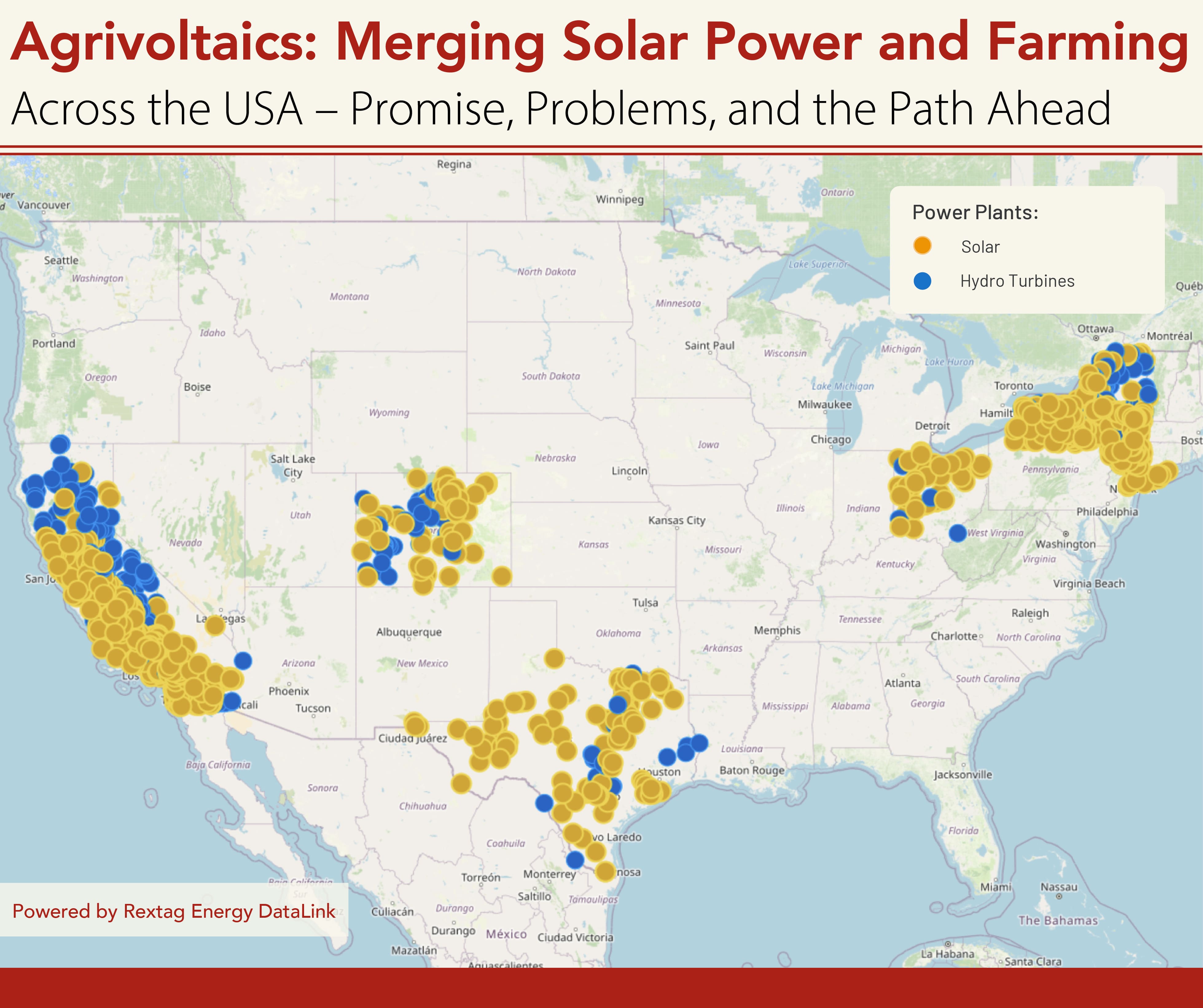

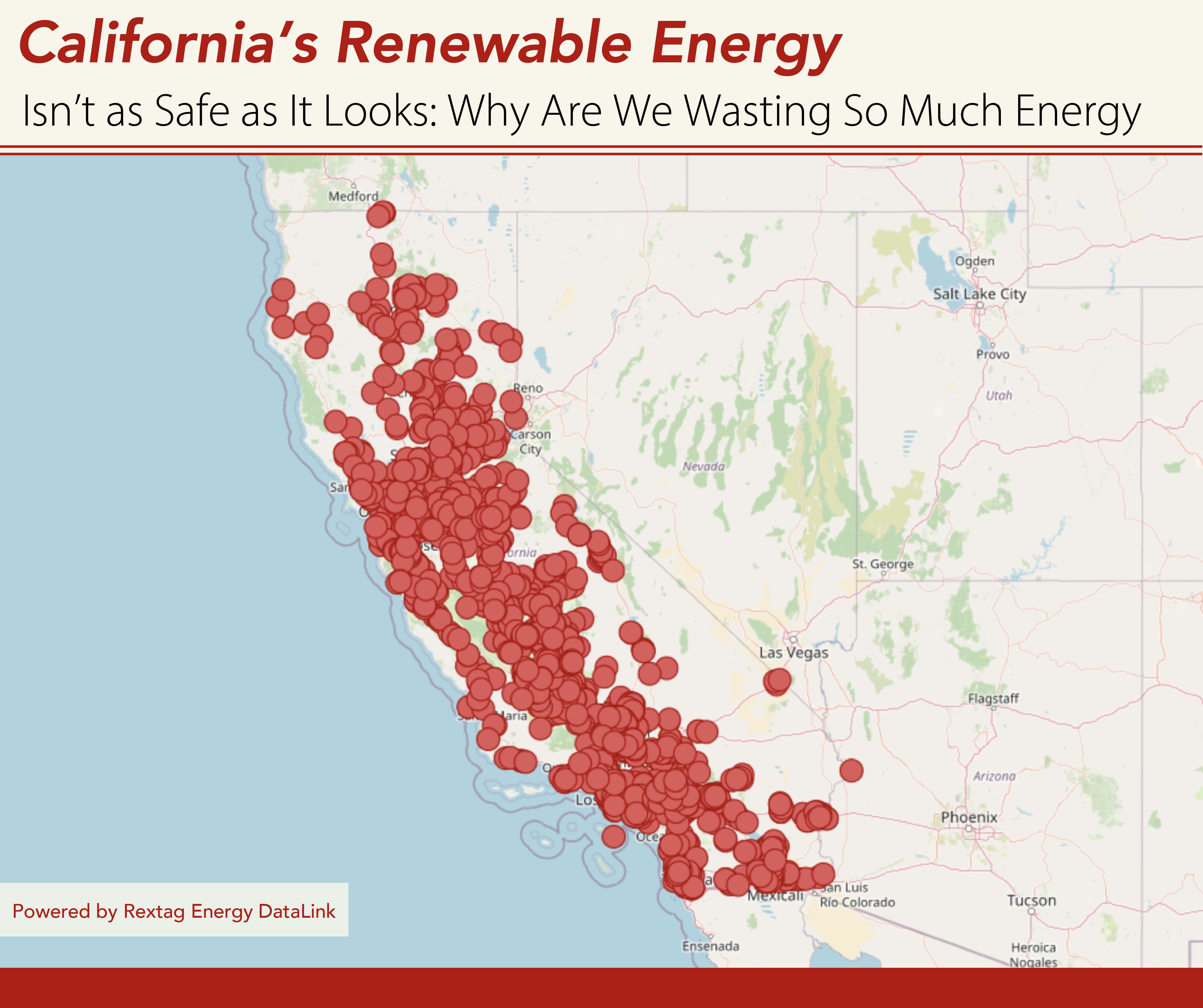
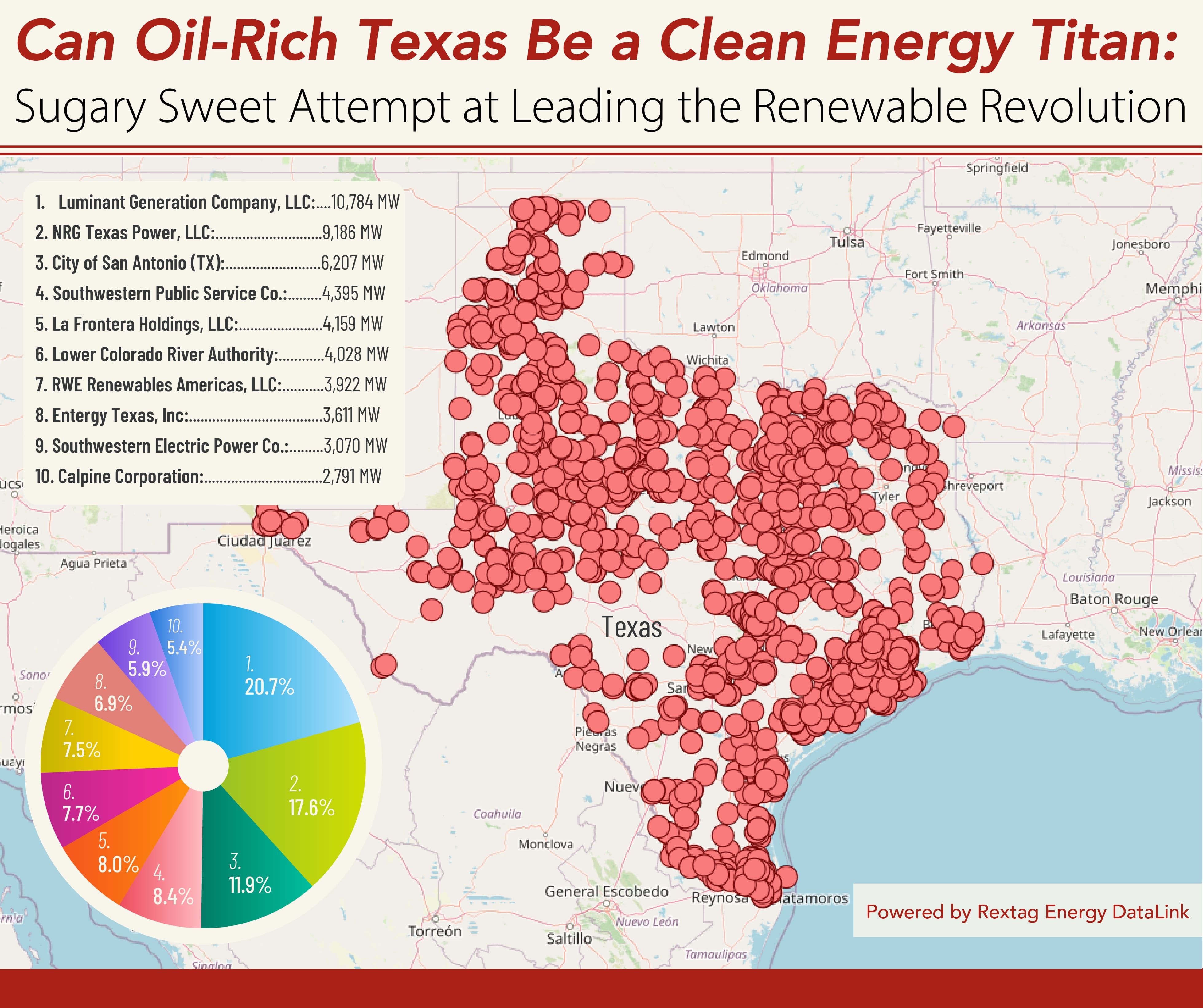


.jpg)

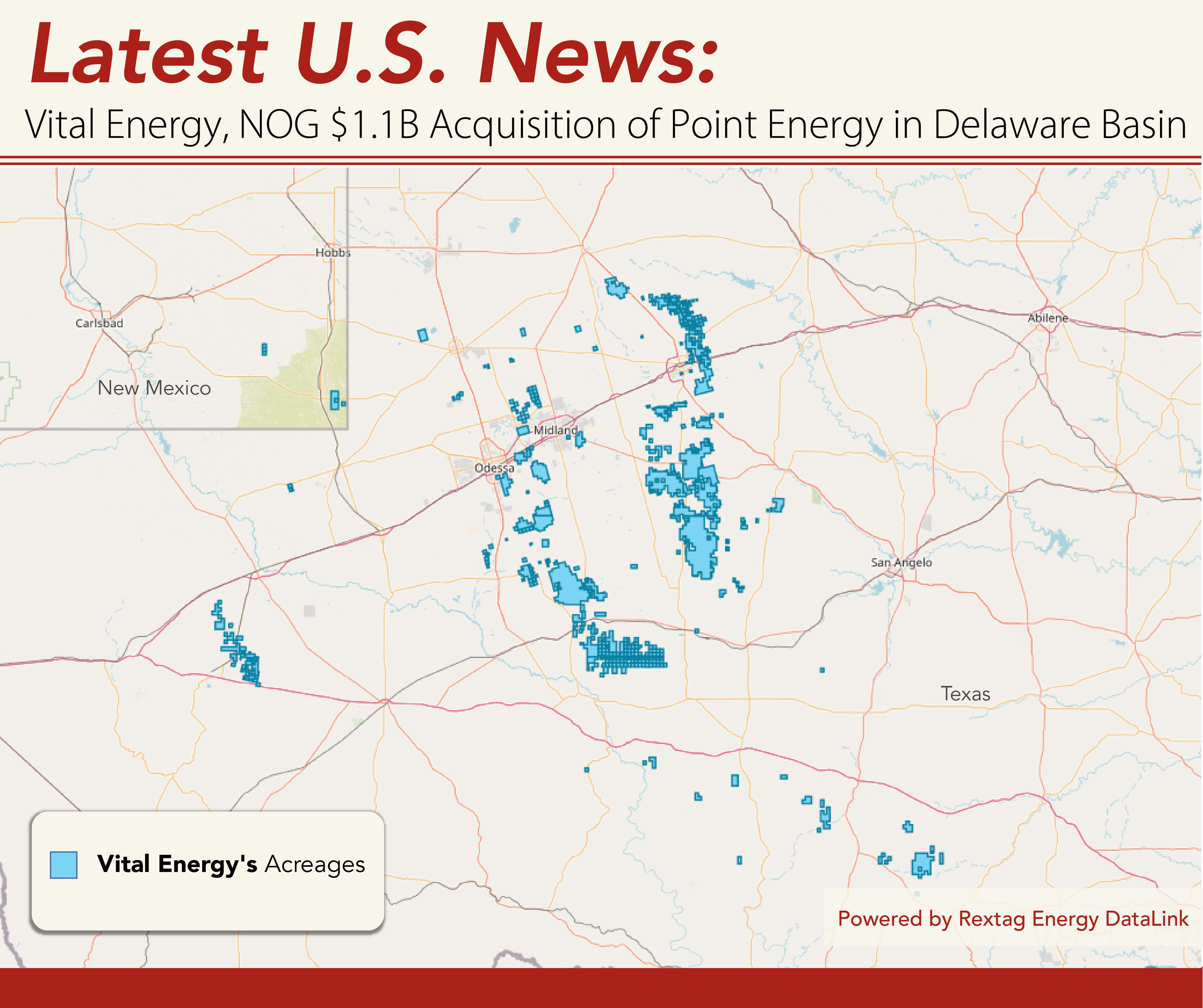
.jpg)
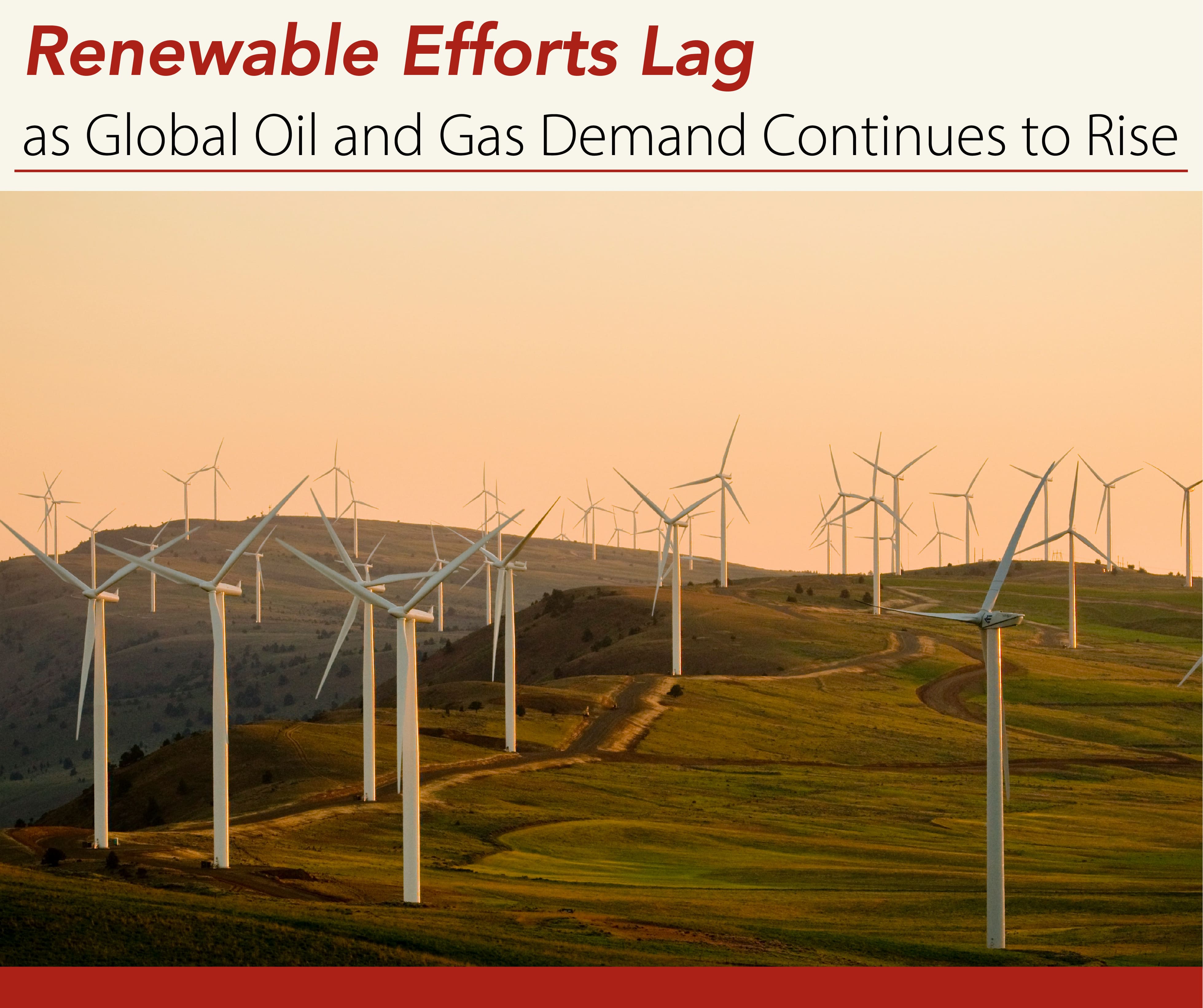


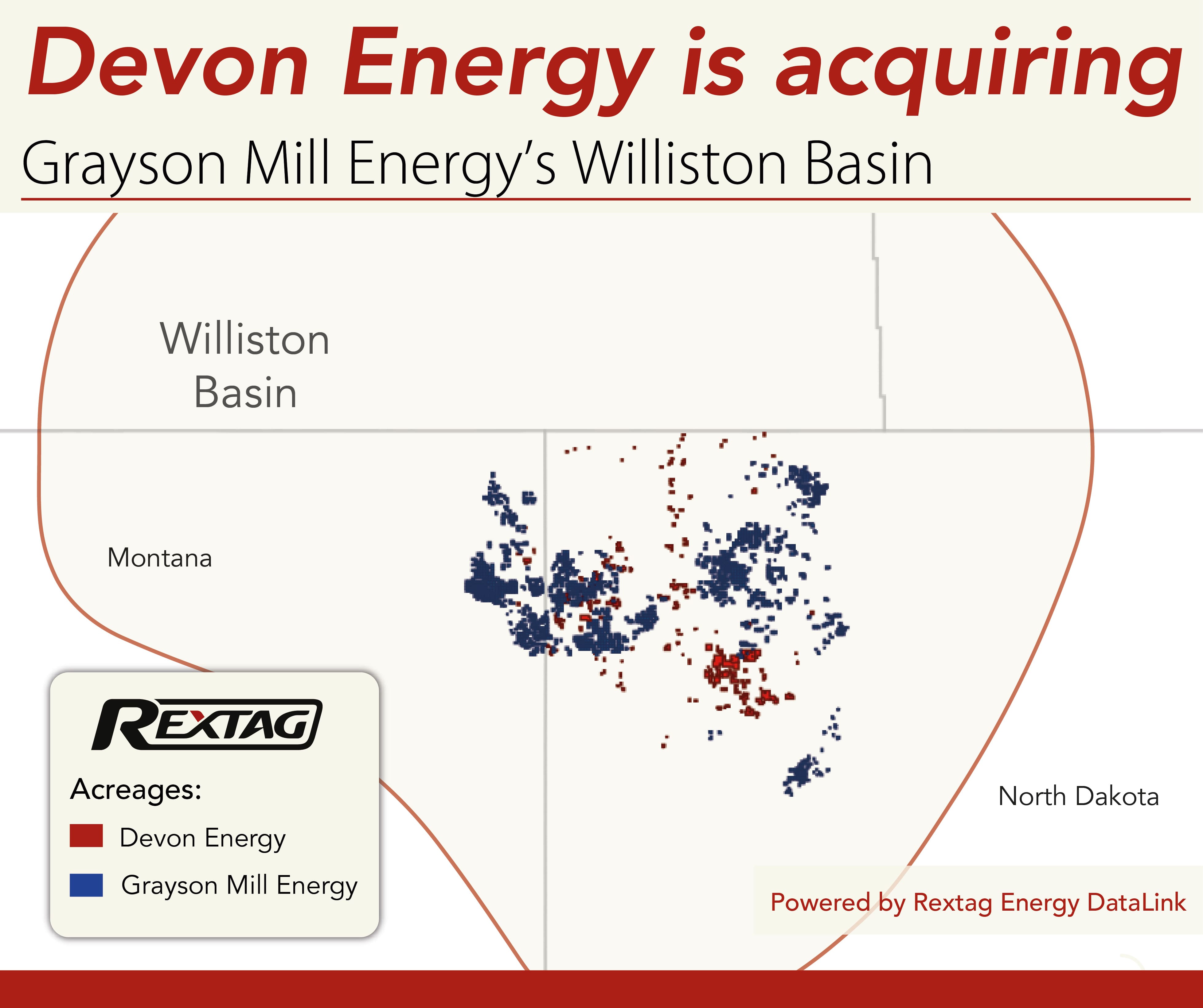
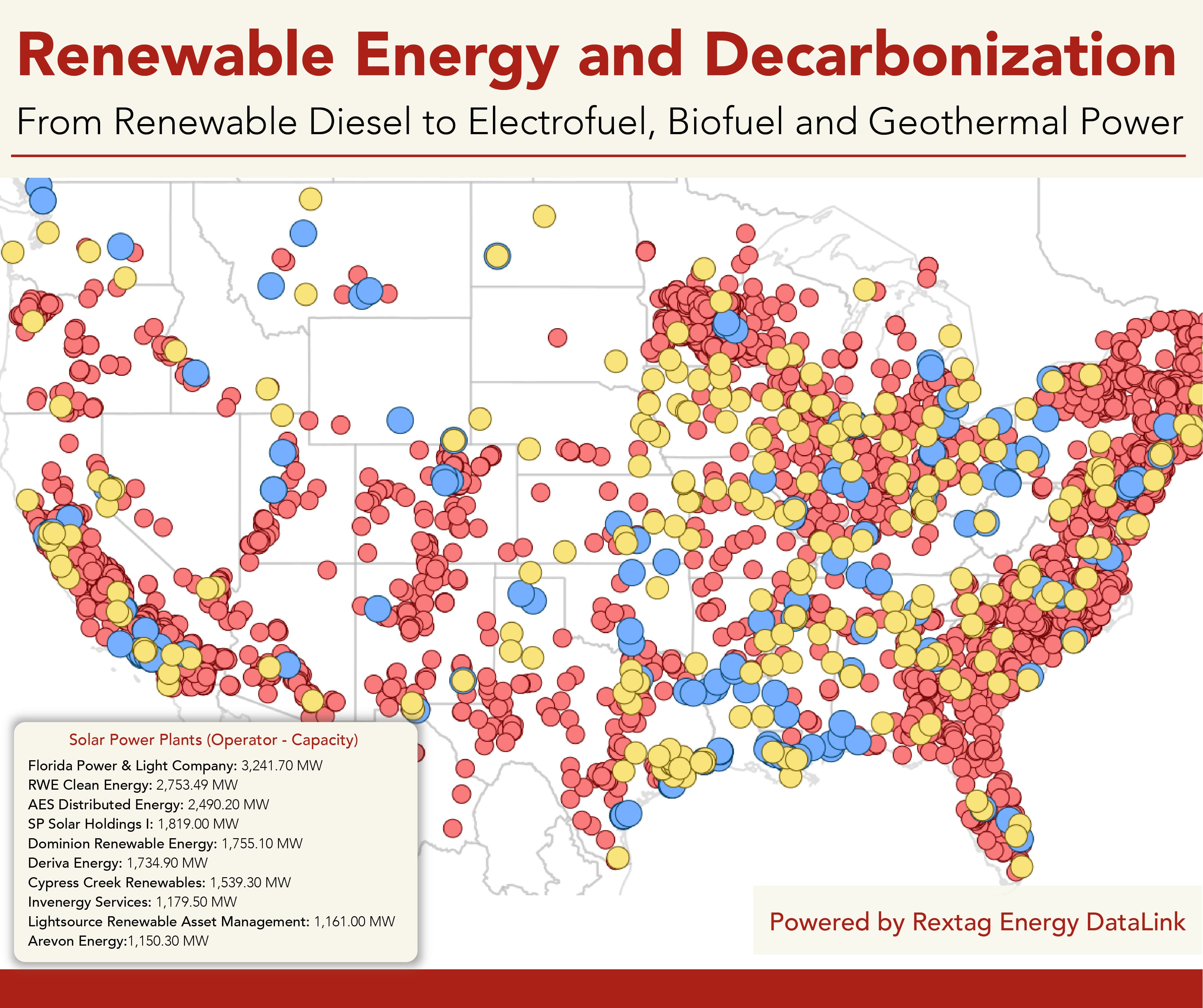
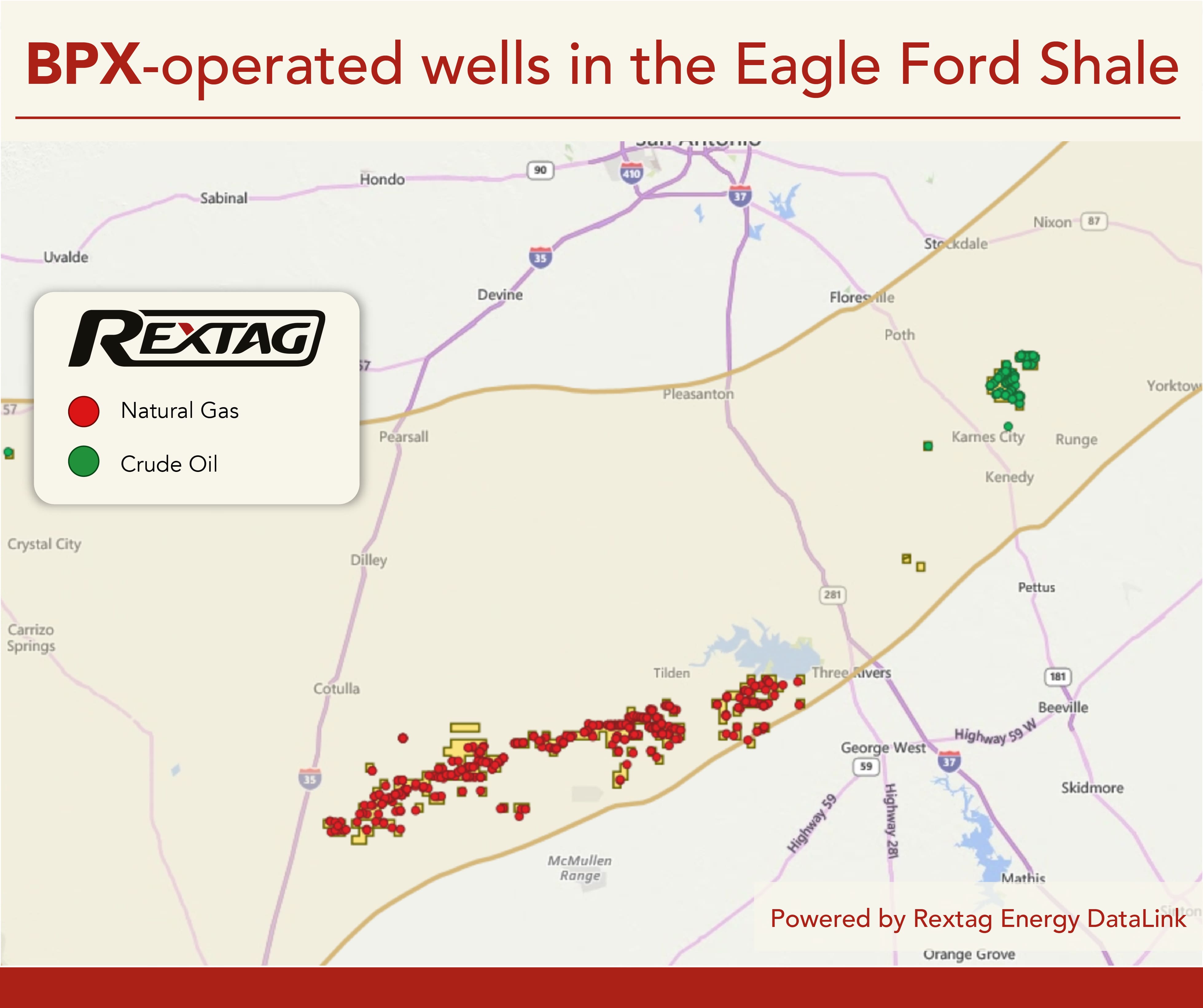
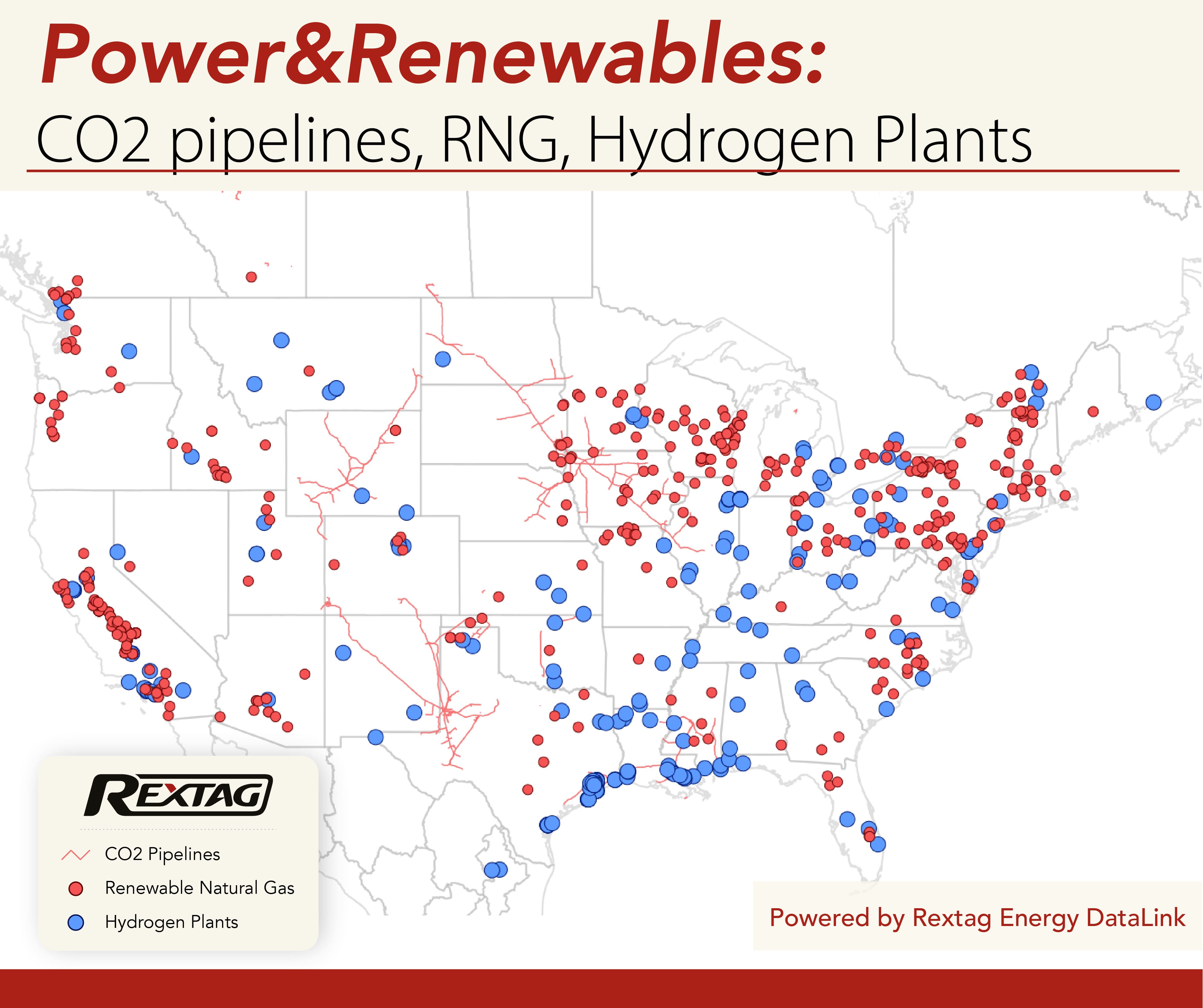
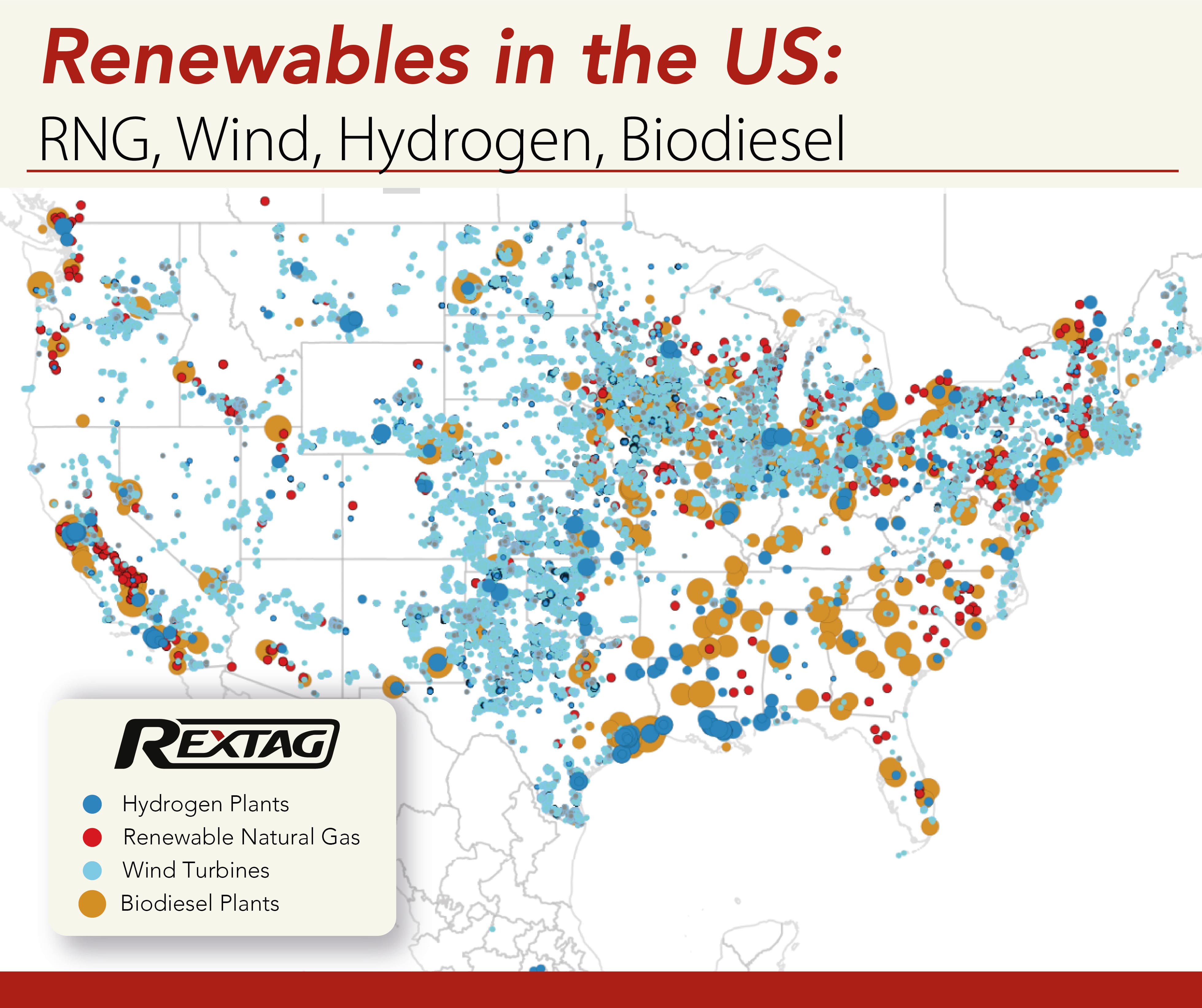
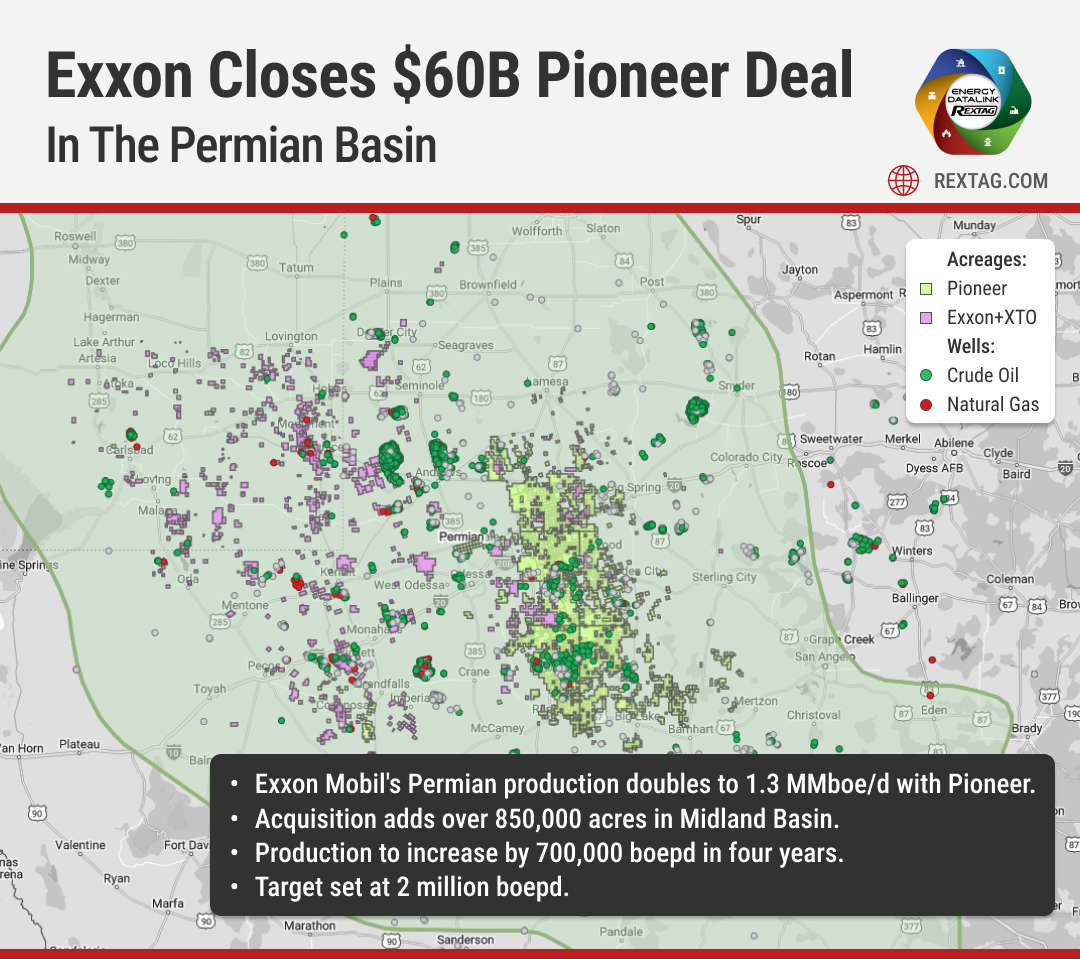
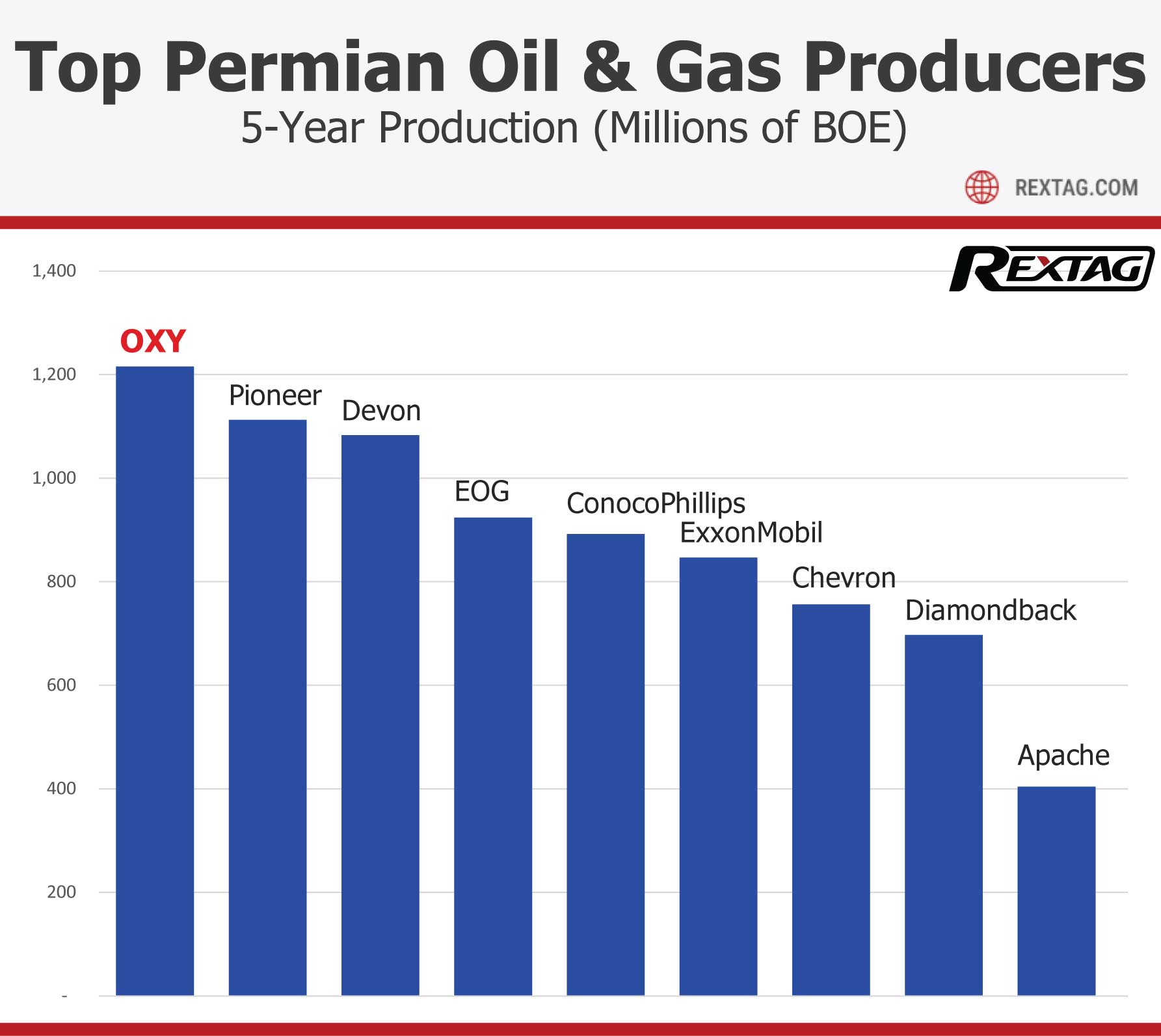

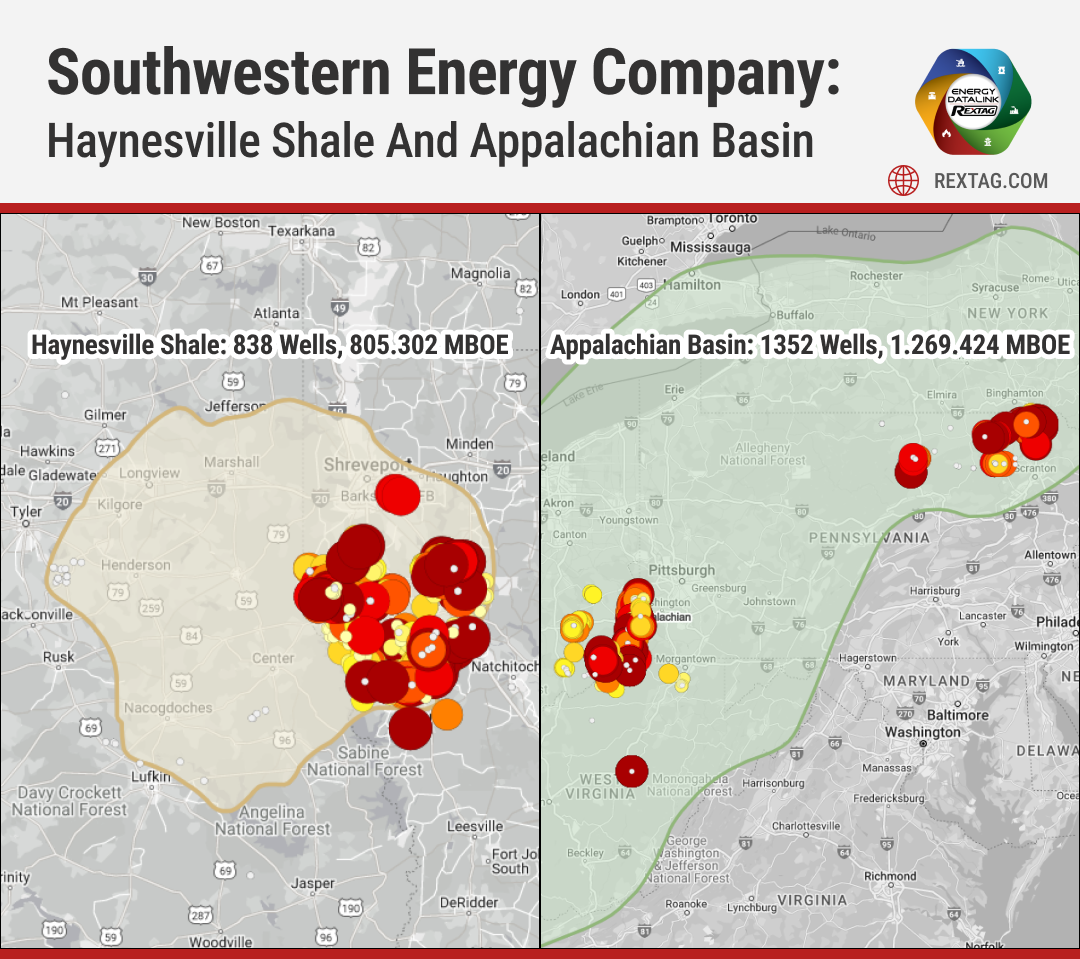
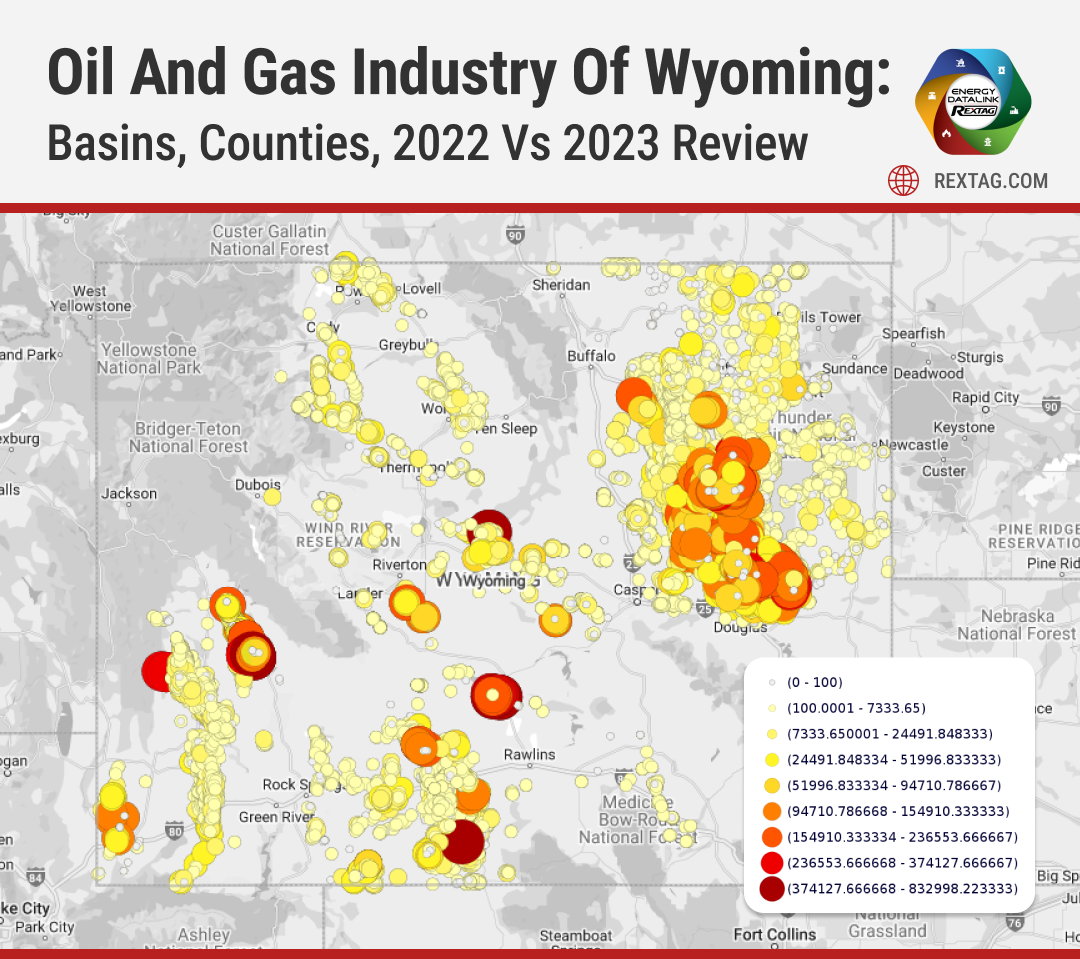
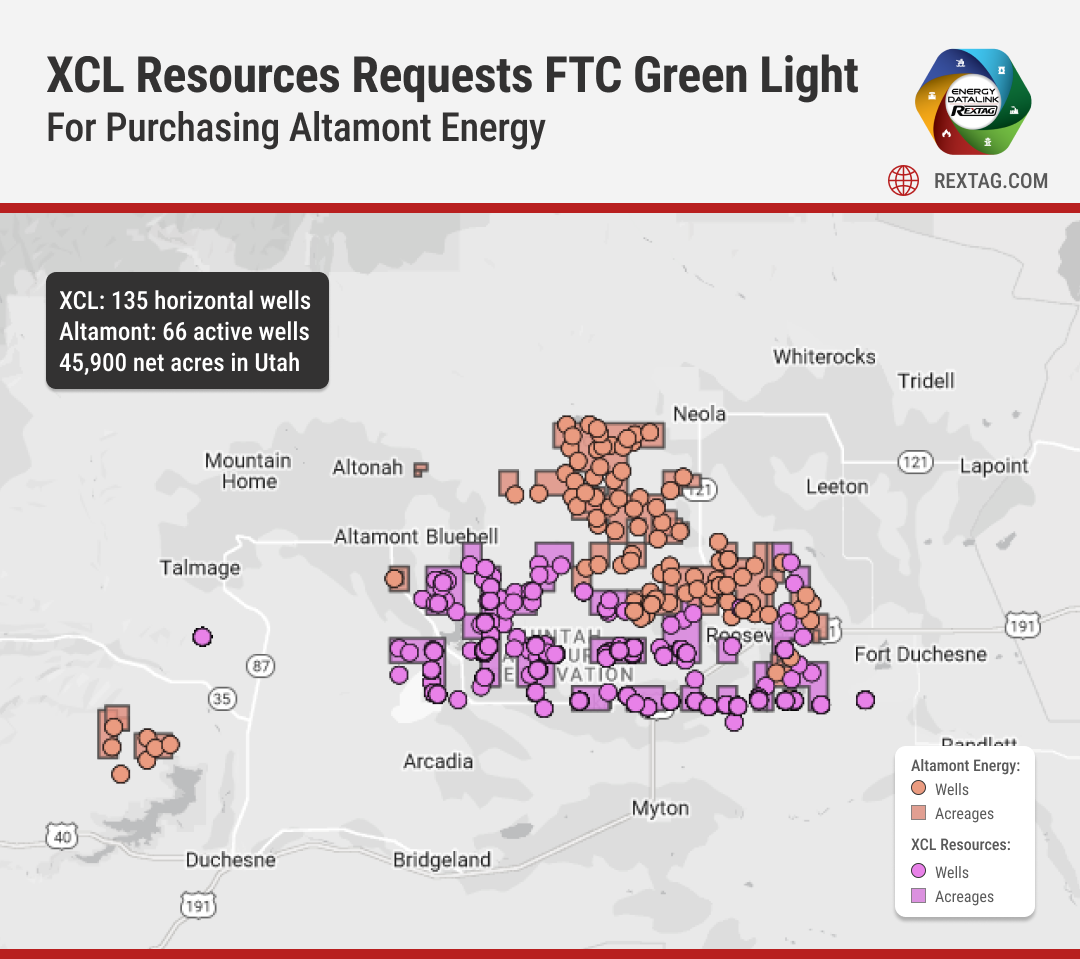
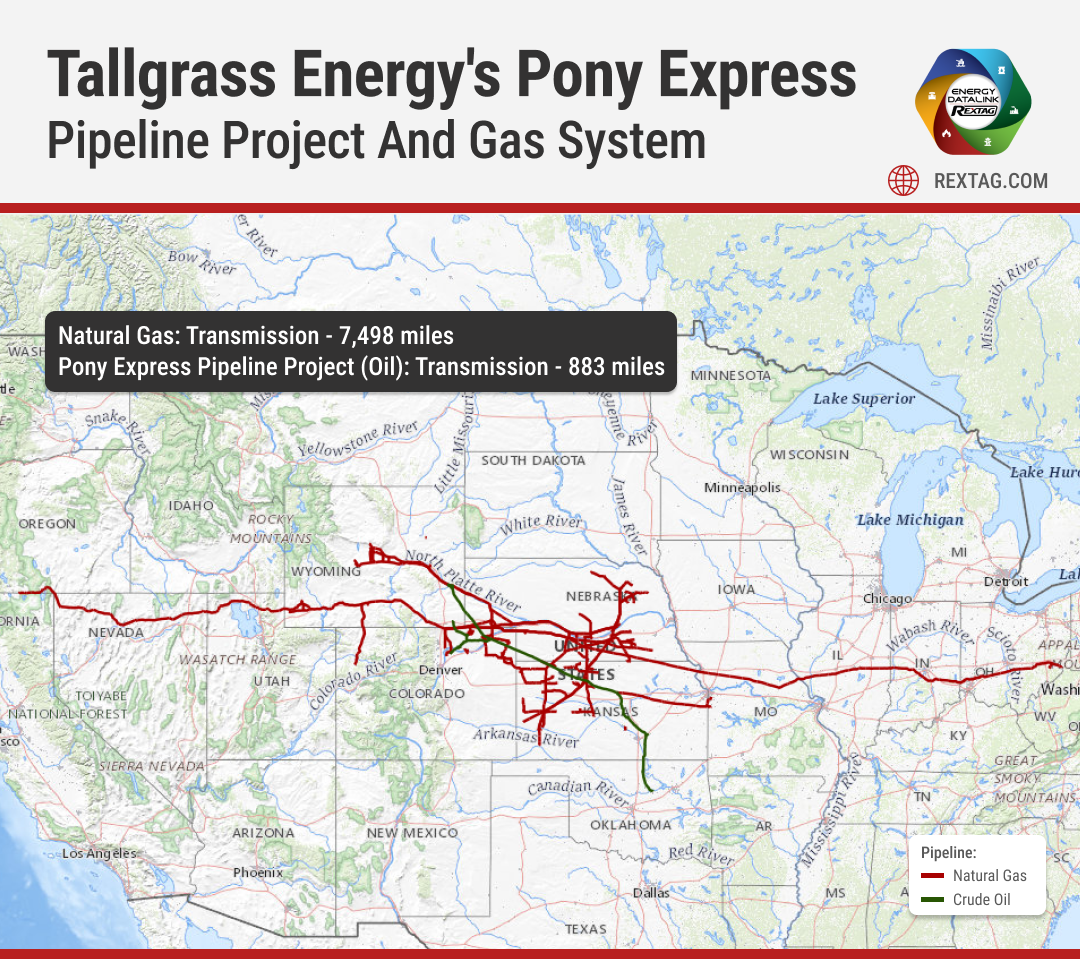


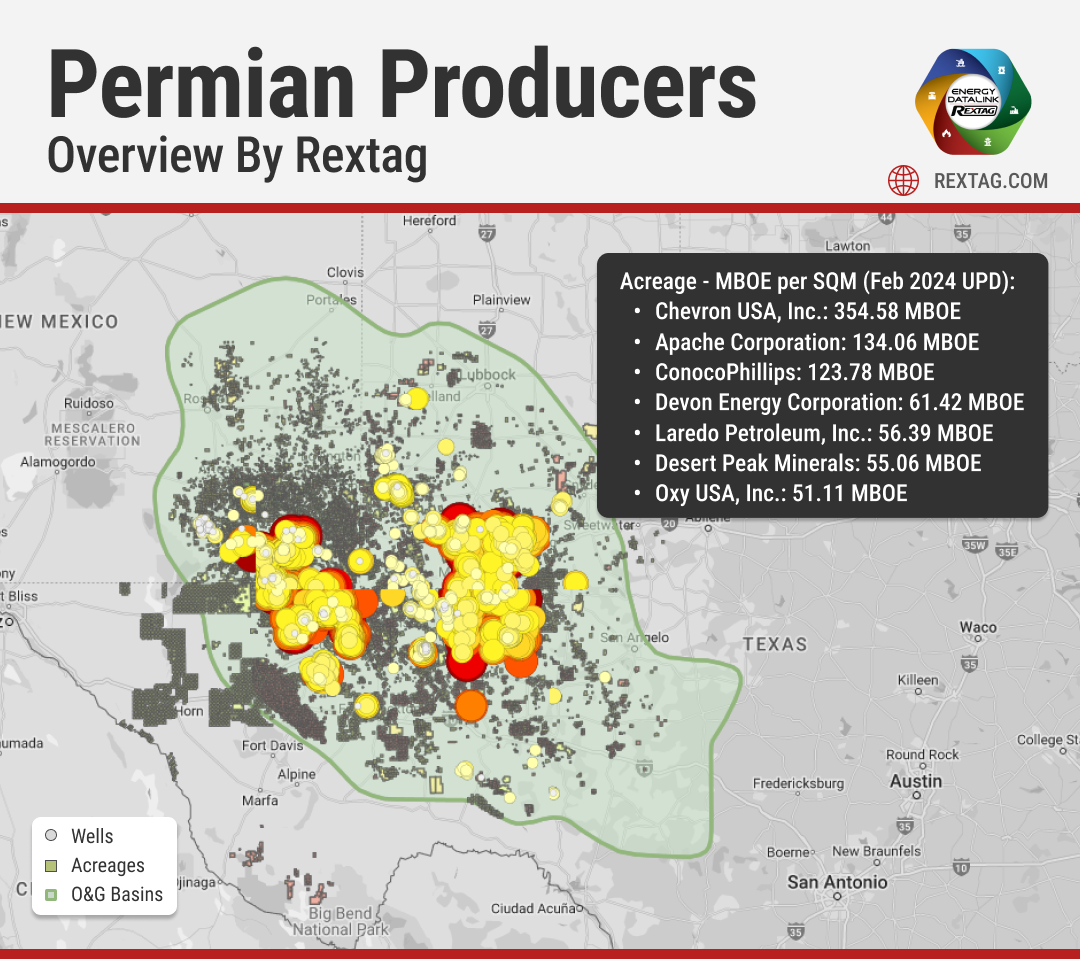



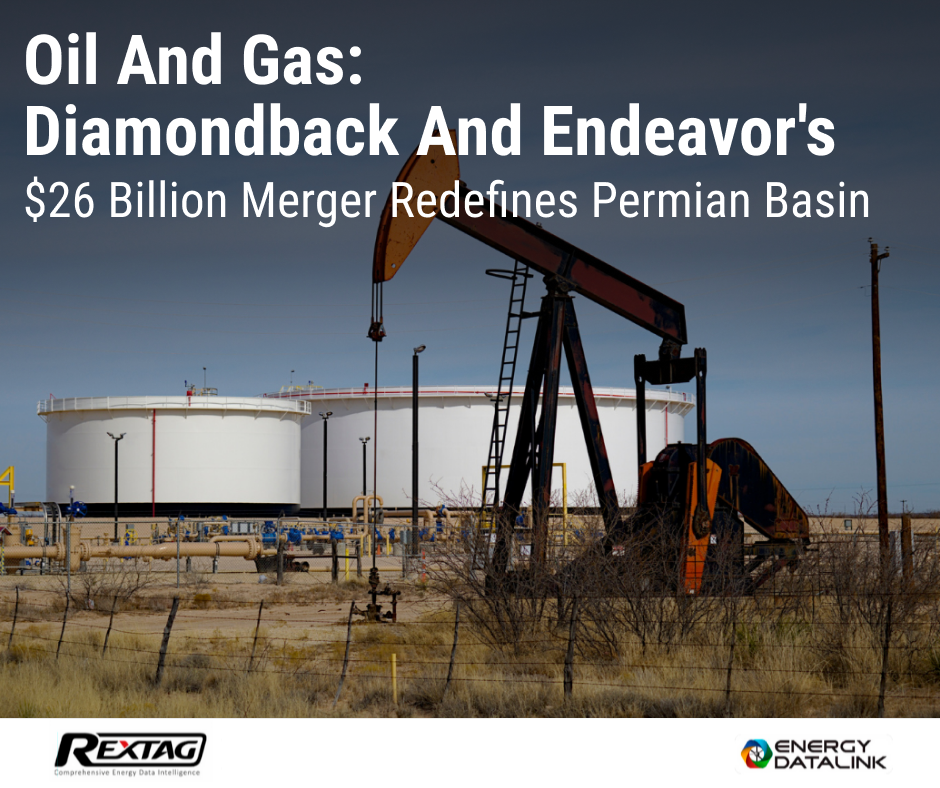
Blog_Grayson Mill acquired Ovintiv's Bakken assets for $825M in 2024.png)
- Occidental, CrownRock Merger Under Regulatory Review_ 2024 Update.png)
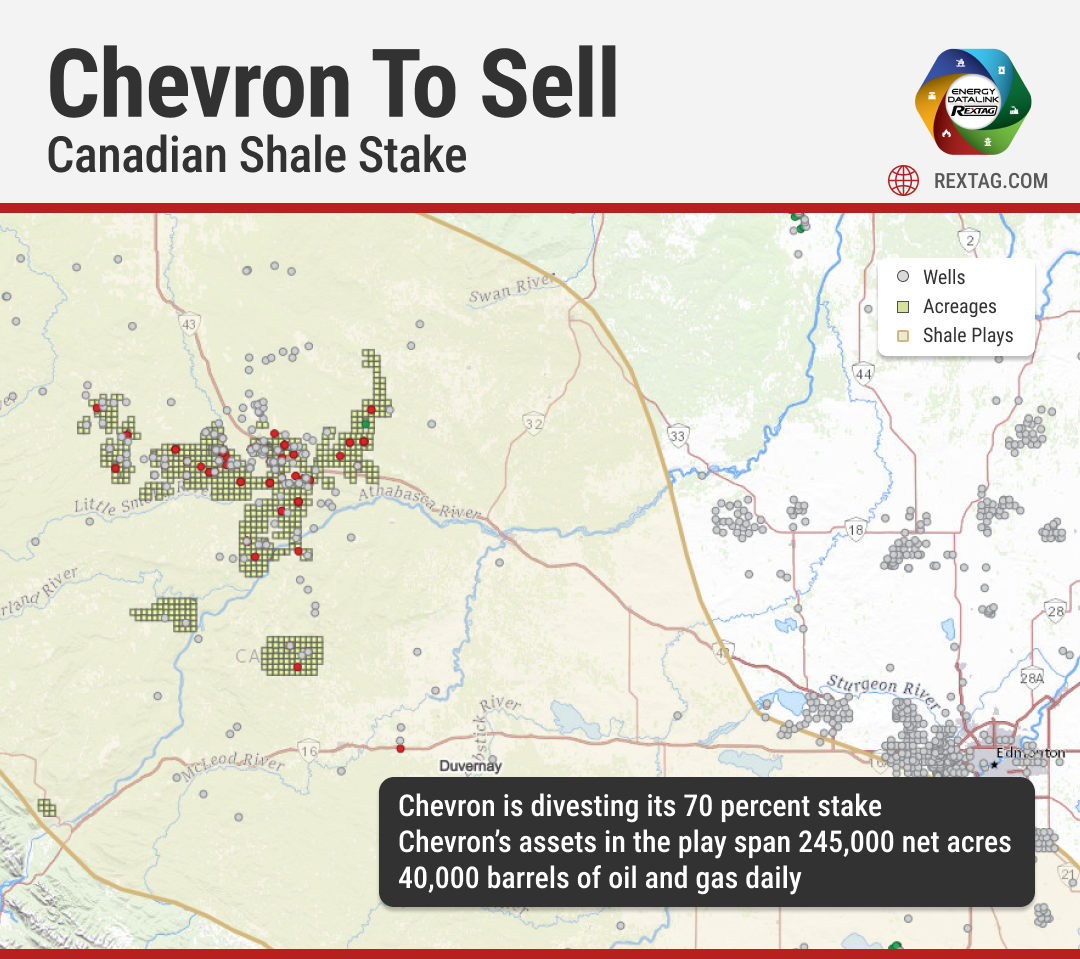
.png)
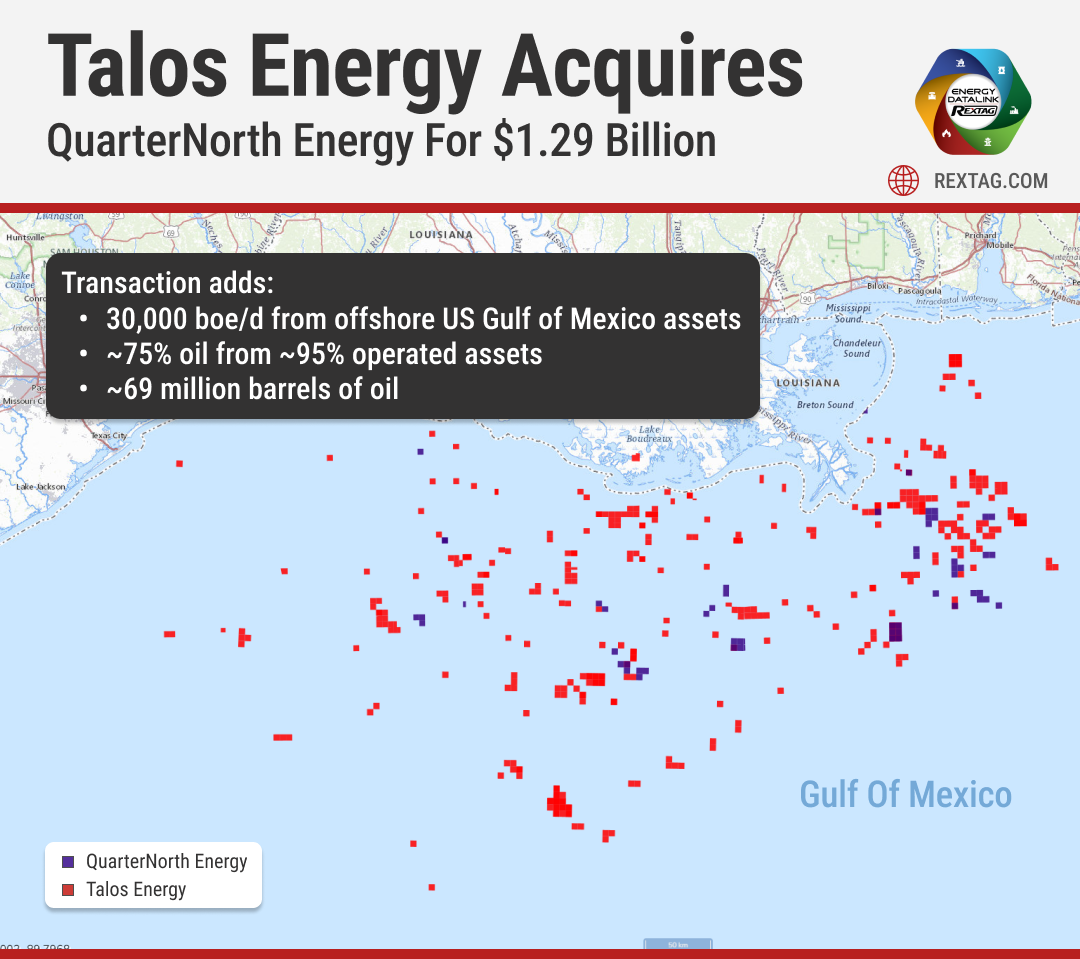
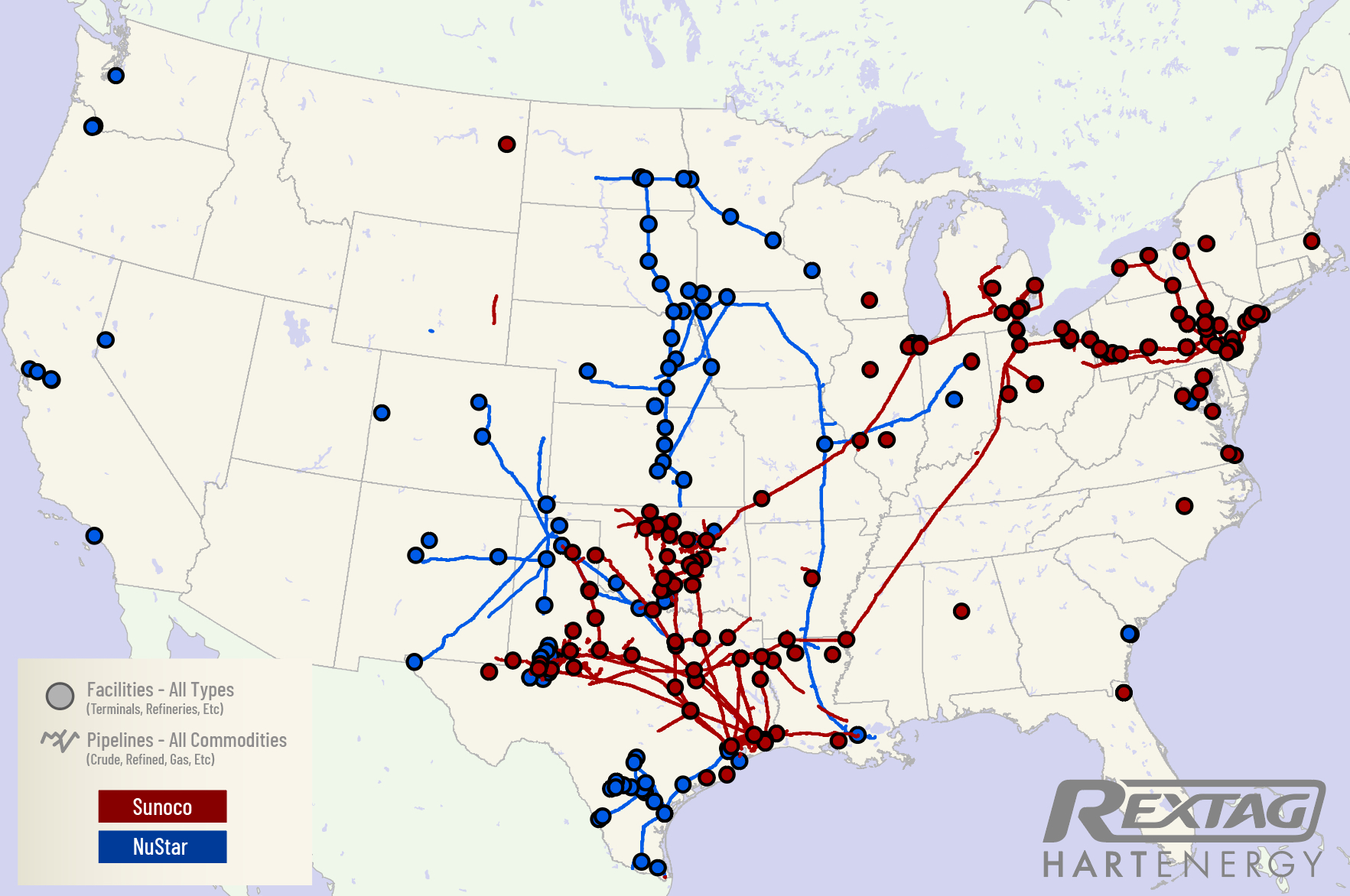

 Welcome 2024_ A Look Back at 2023 Top Oil and Gas Sector Deals.png)

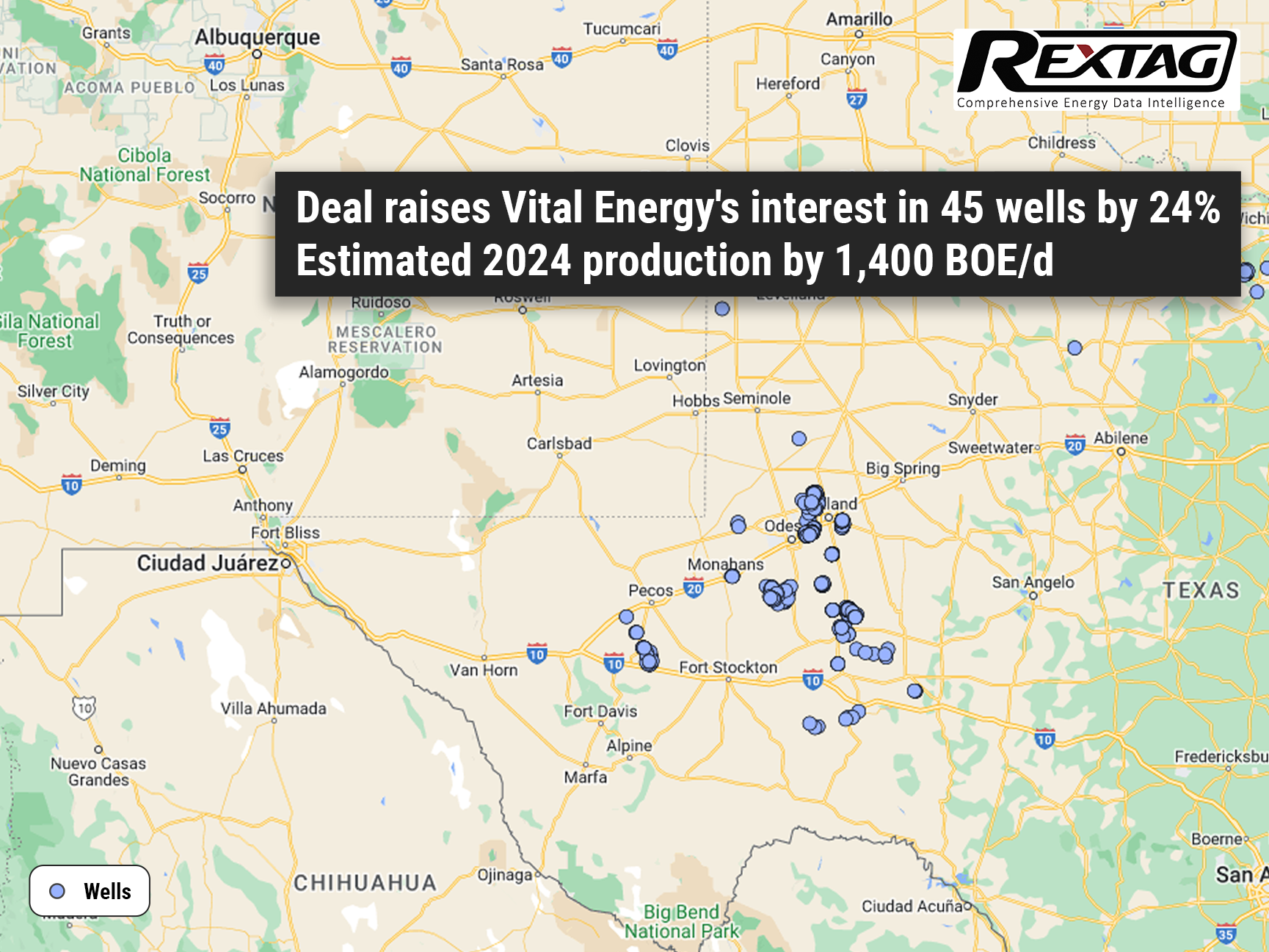
 Rudolf reindeer VS. Transcontinental Pipeline - Which one moves the presents faster_.png)
 How Grinch Almost Made Off with All Oil from Santa's TX-based Barrels.png)


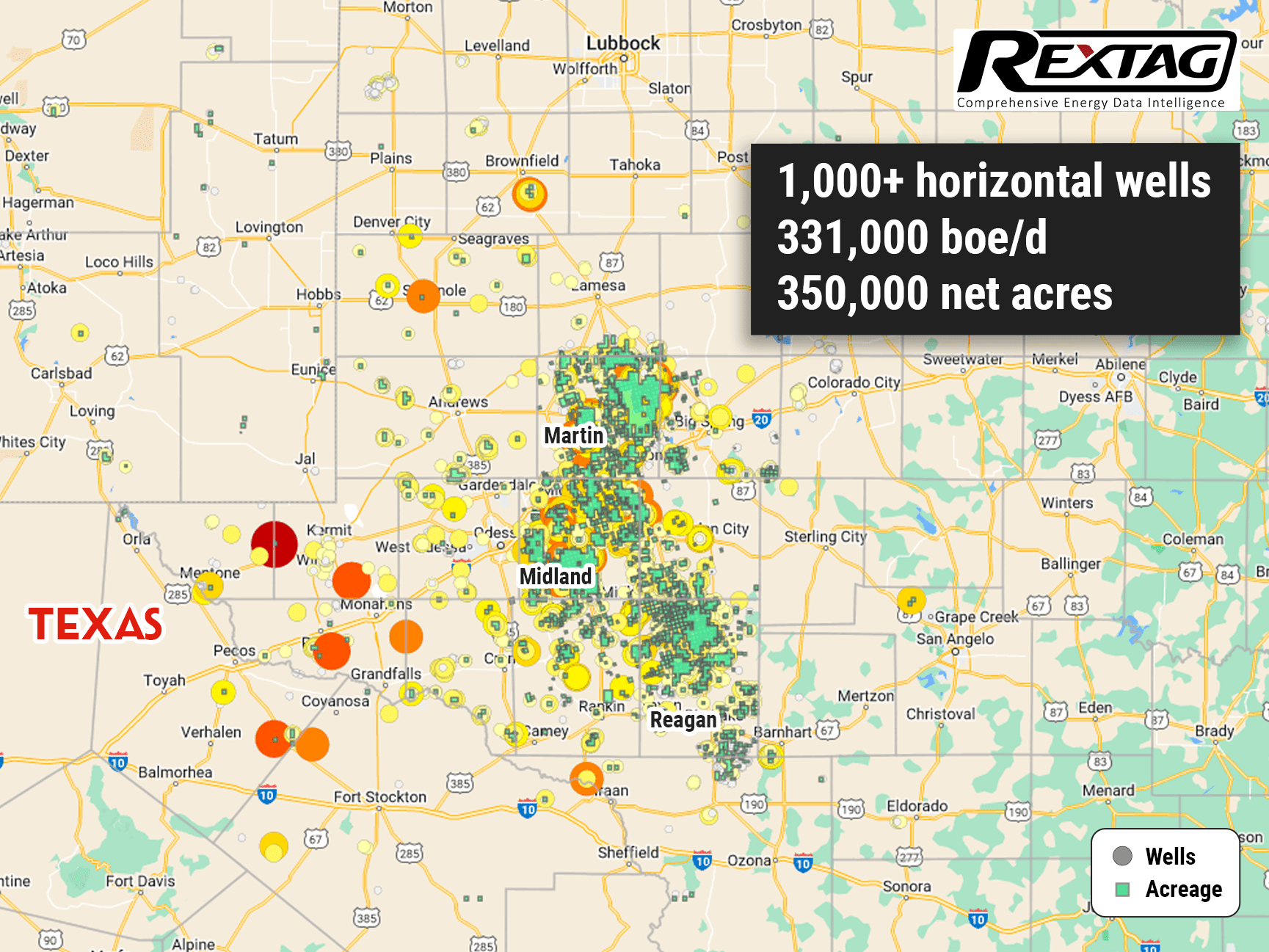
.png)
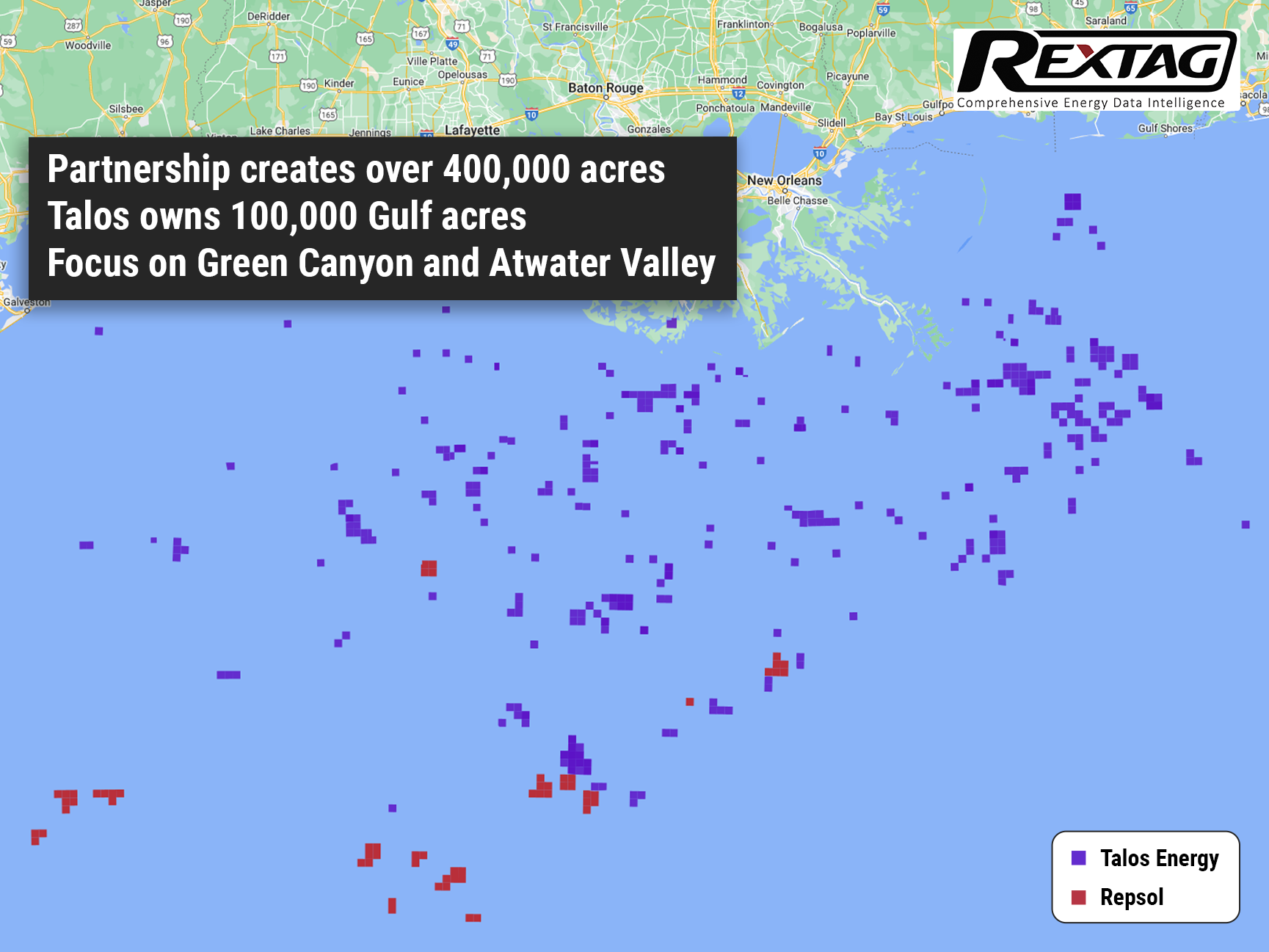
.png)
.png)
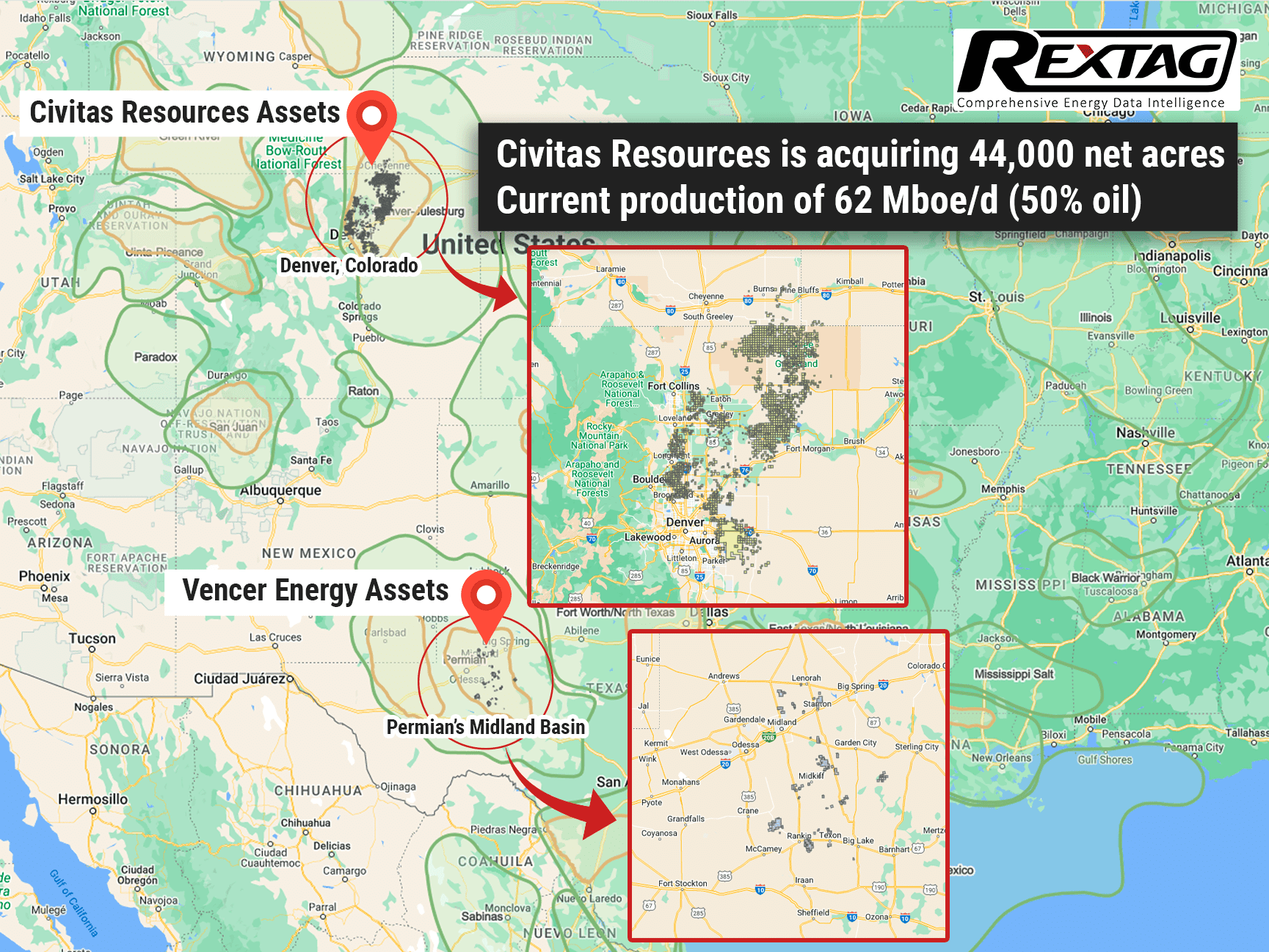

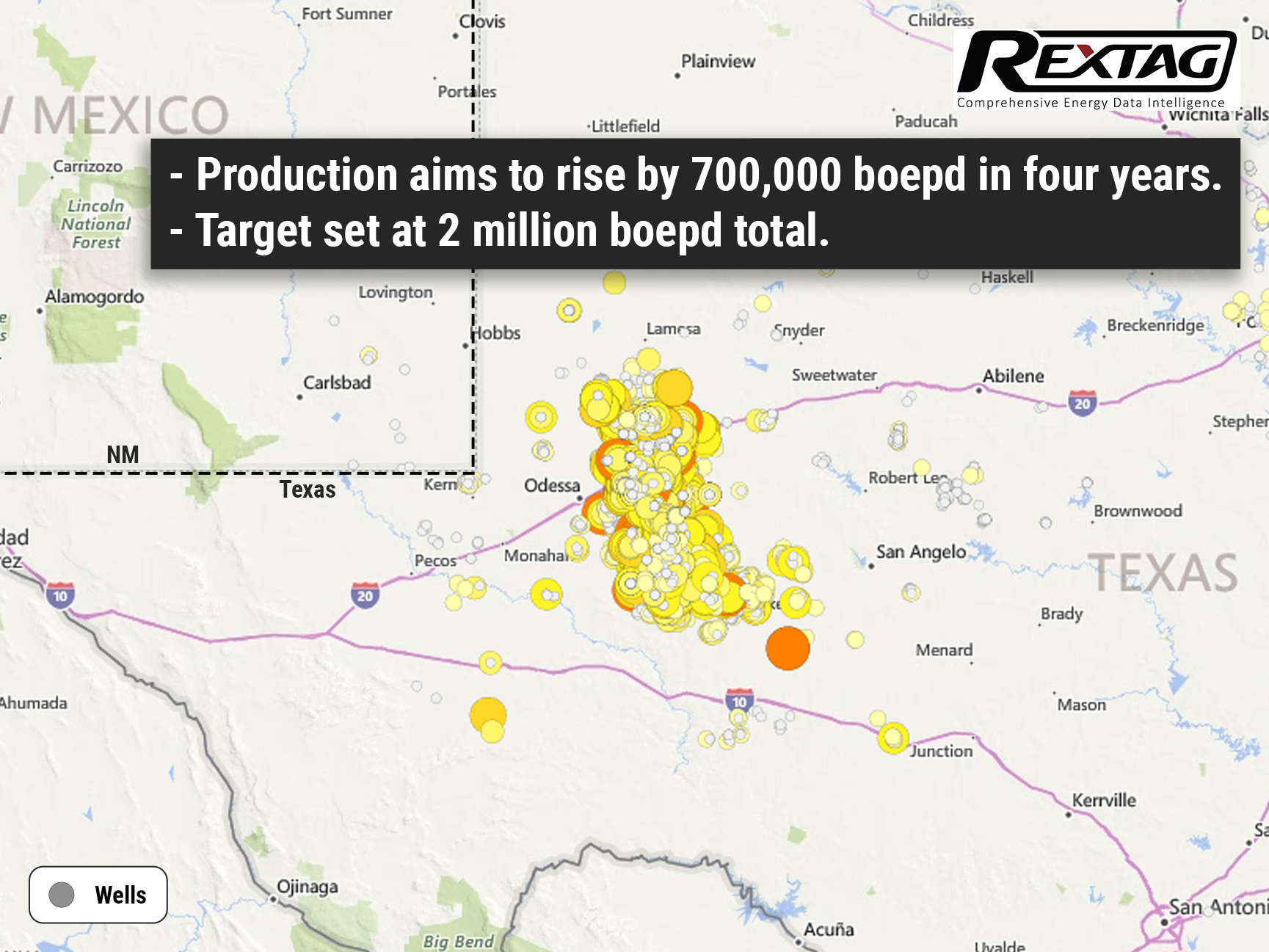

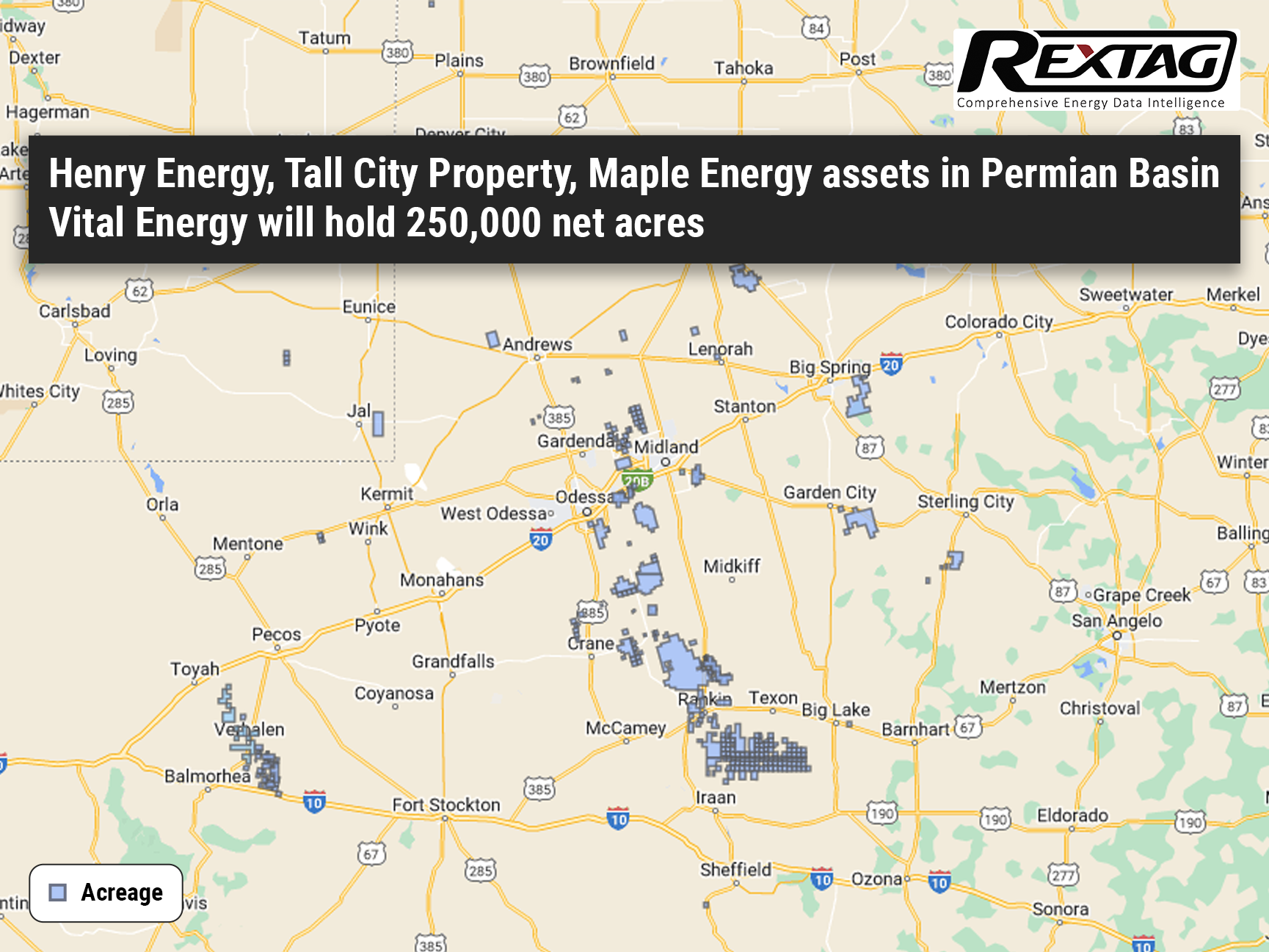
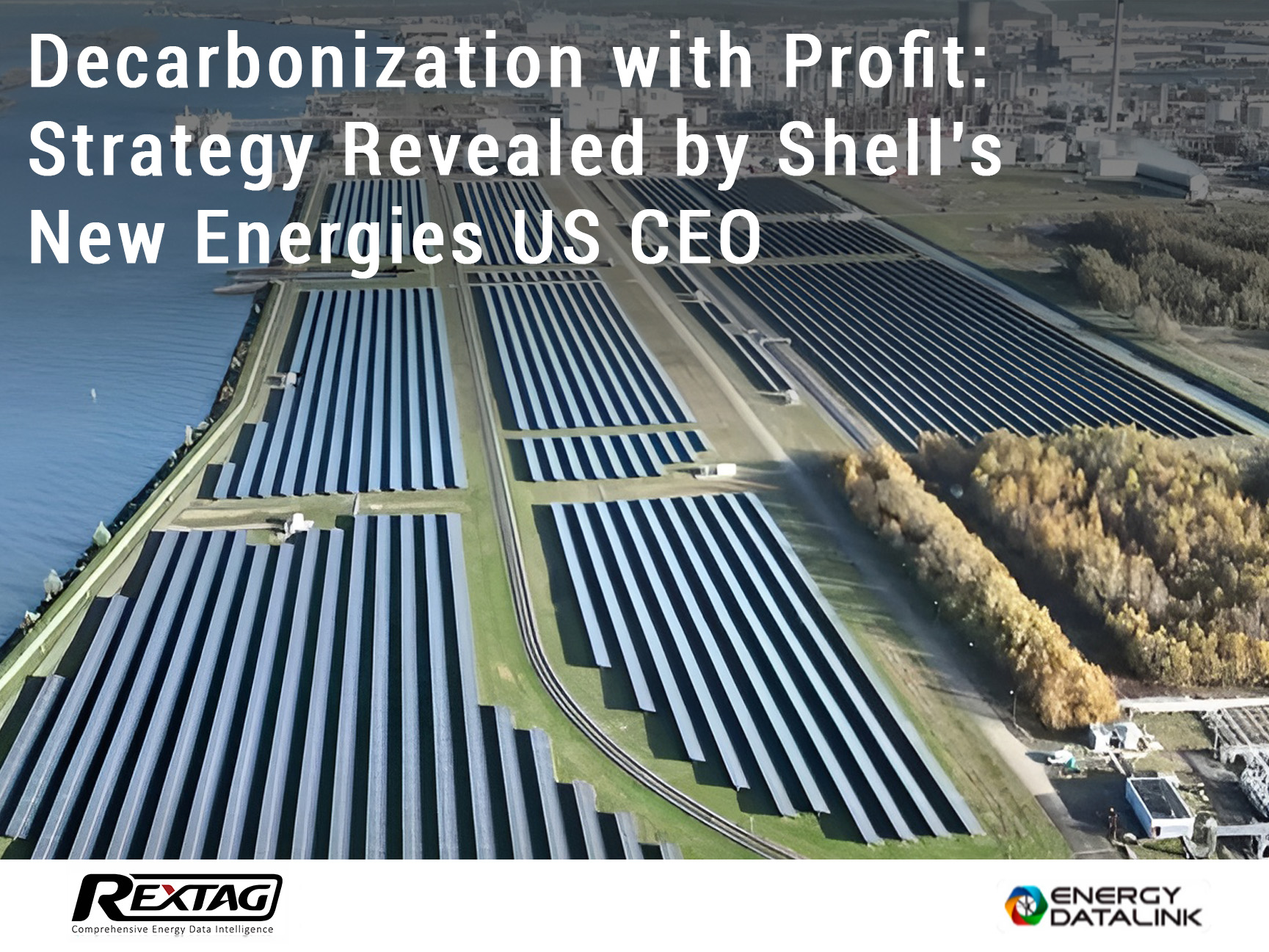
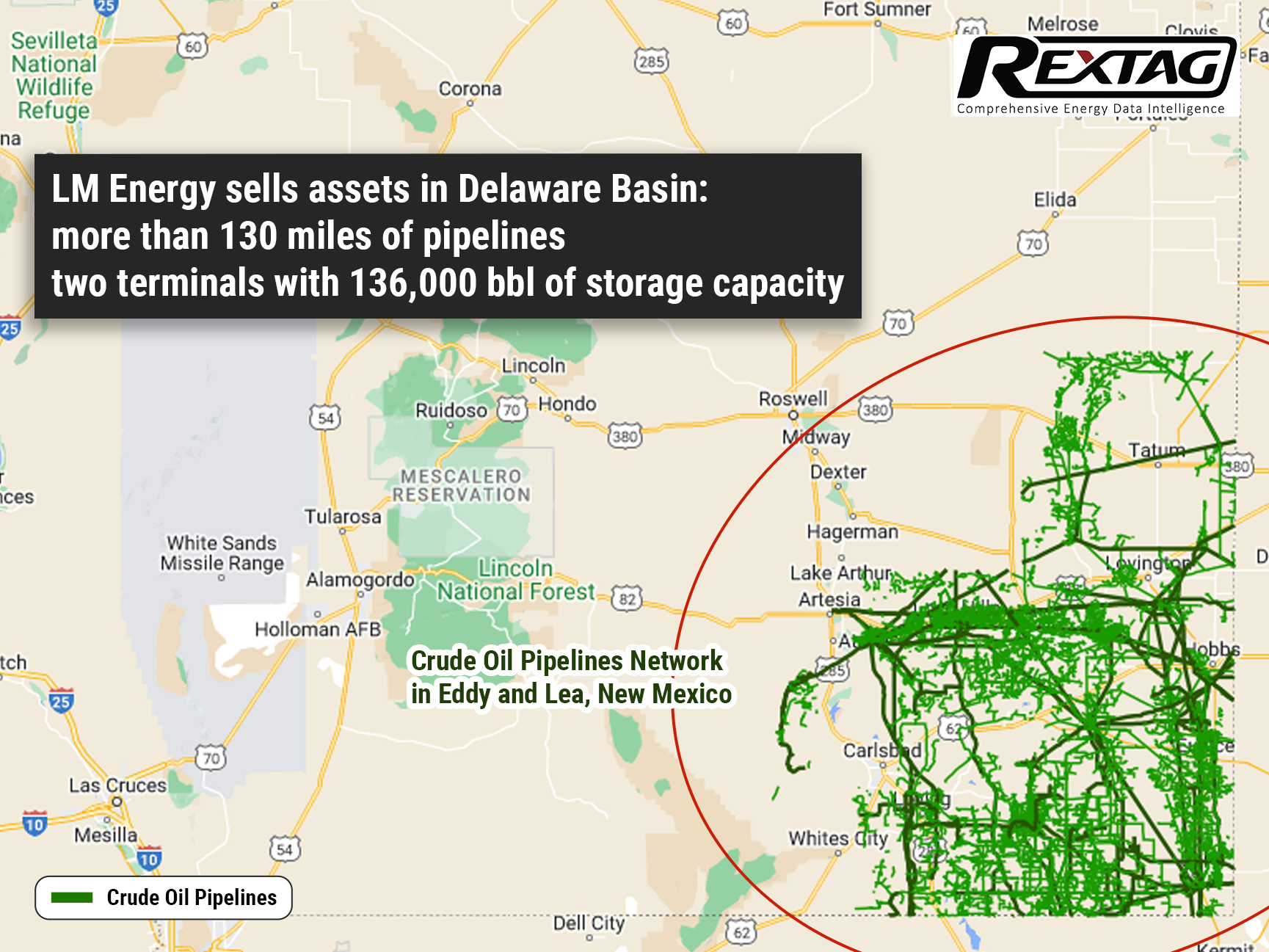

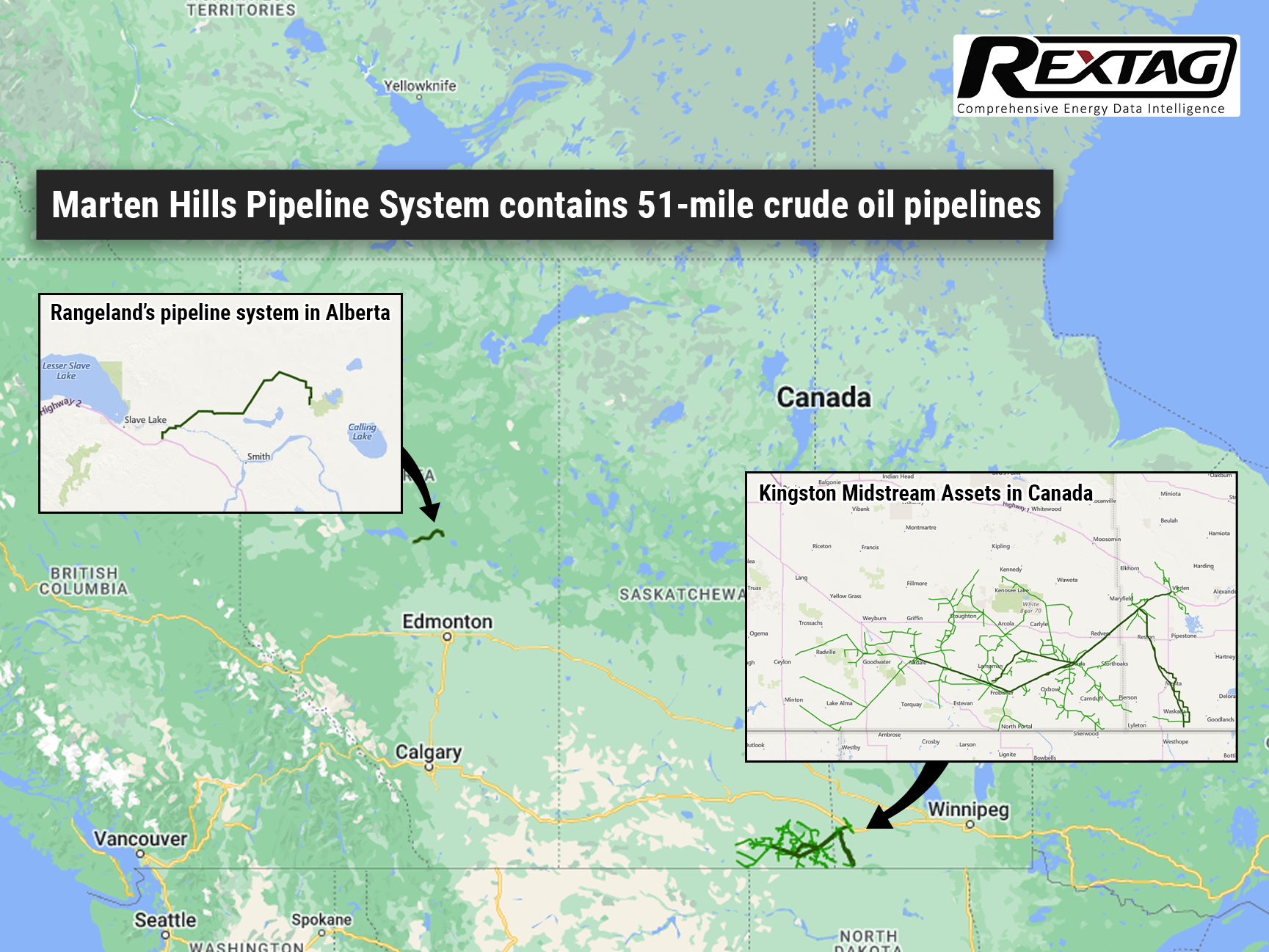
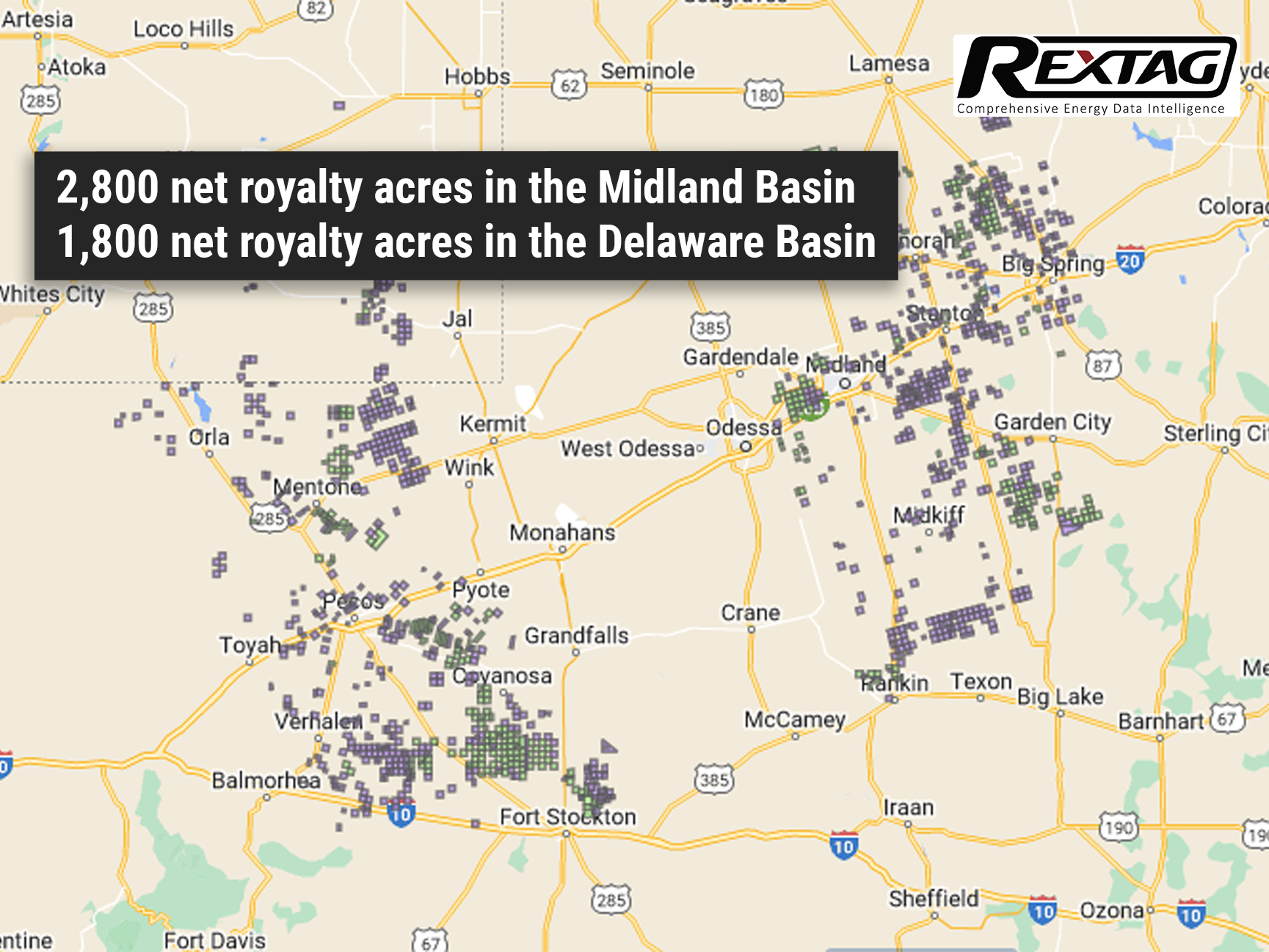

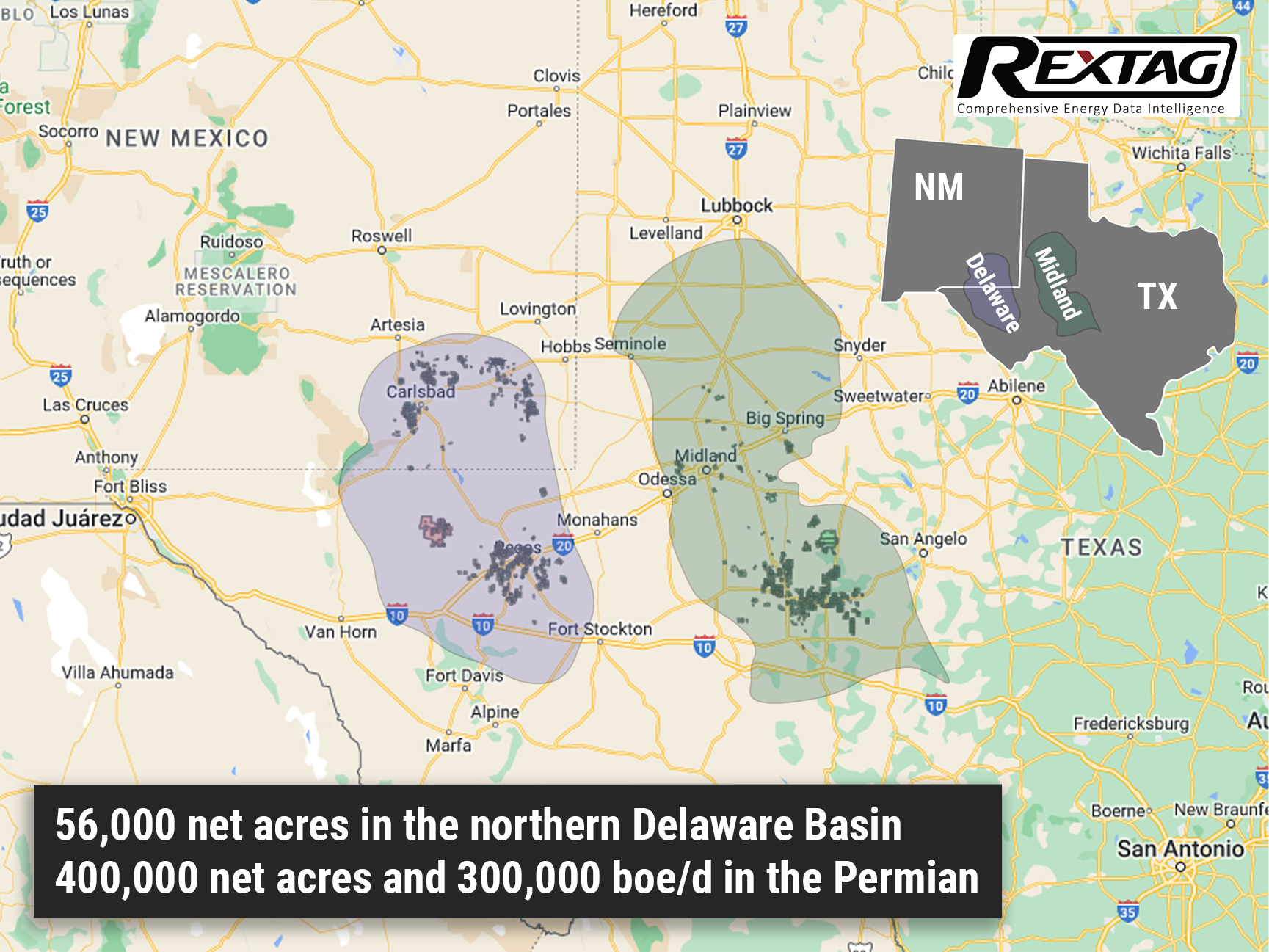
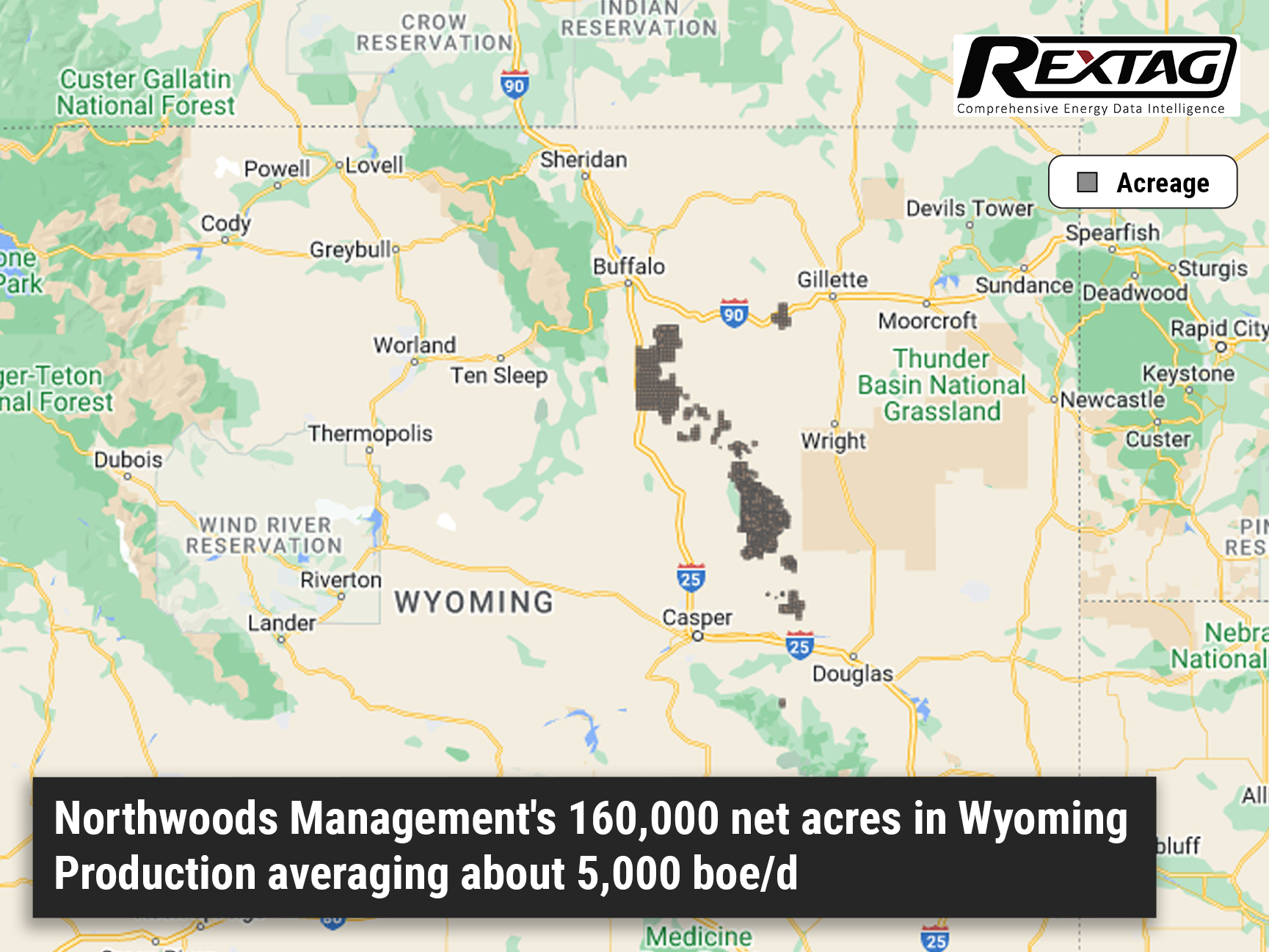
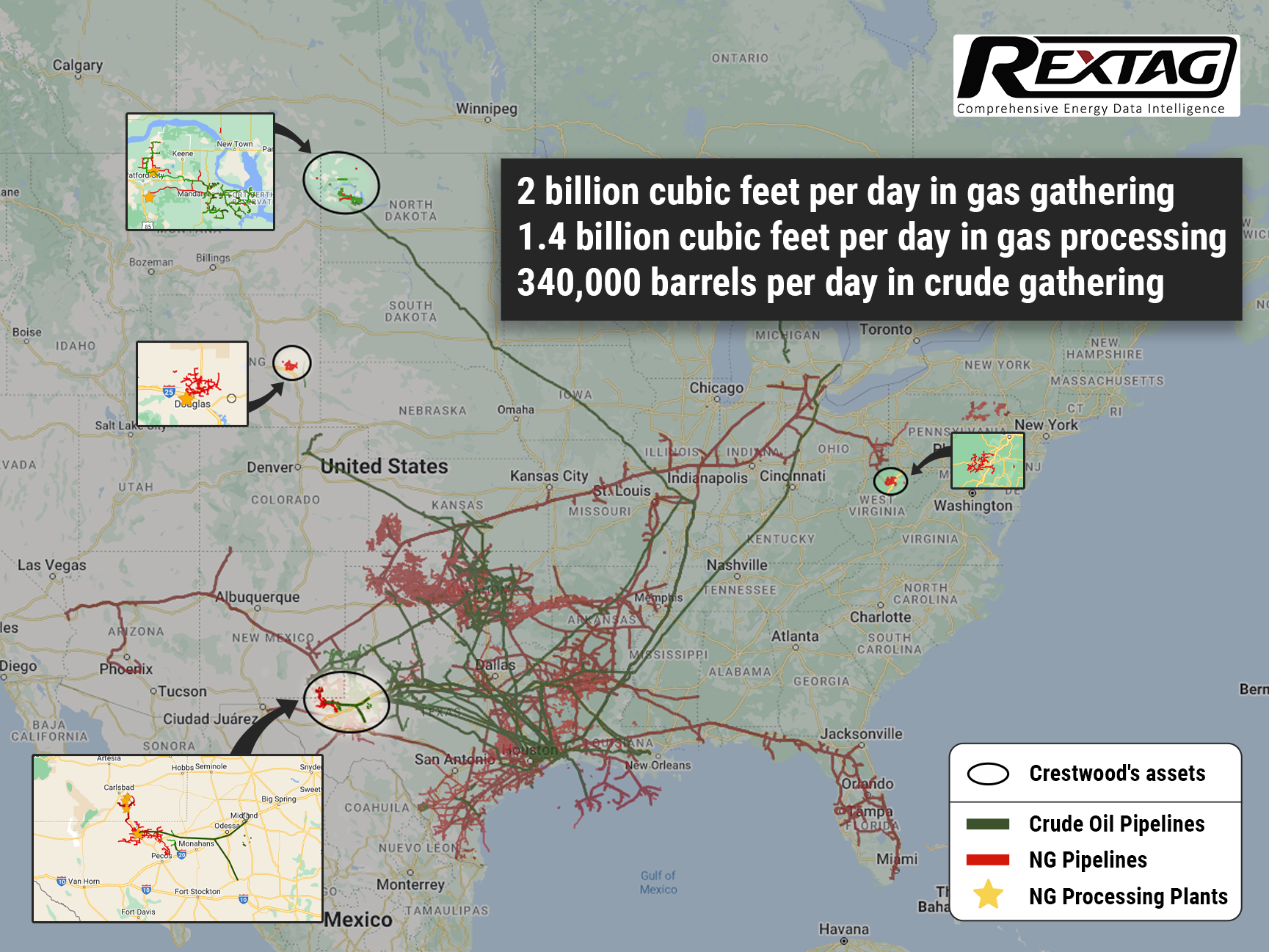

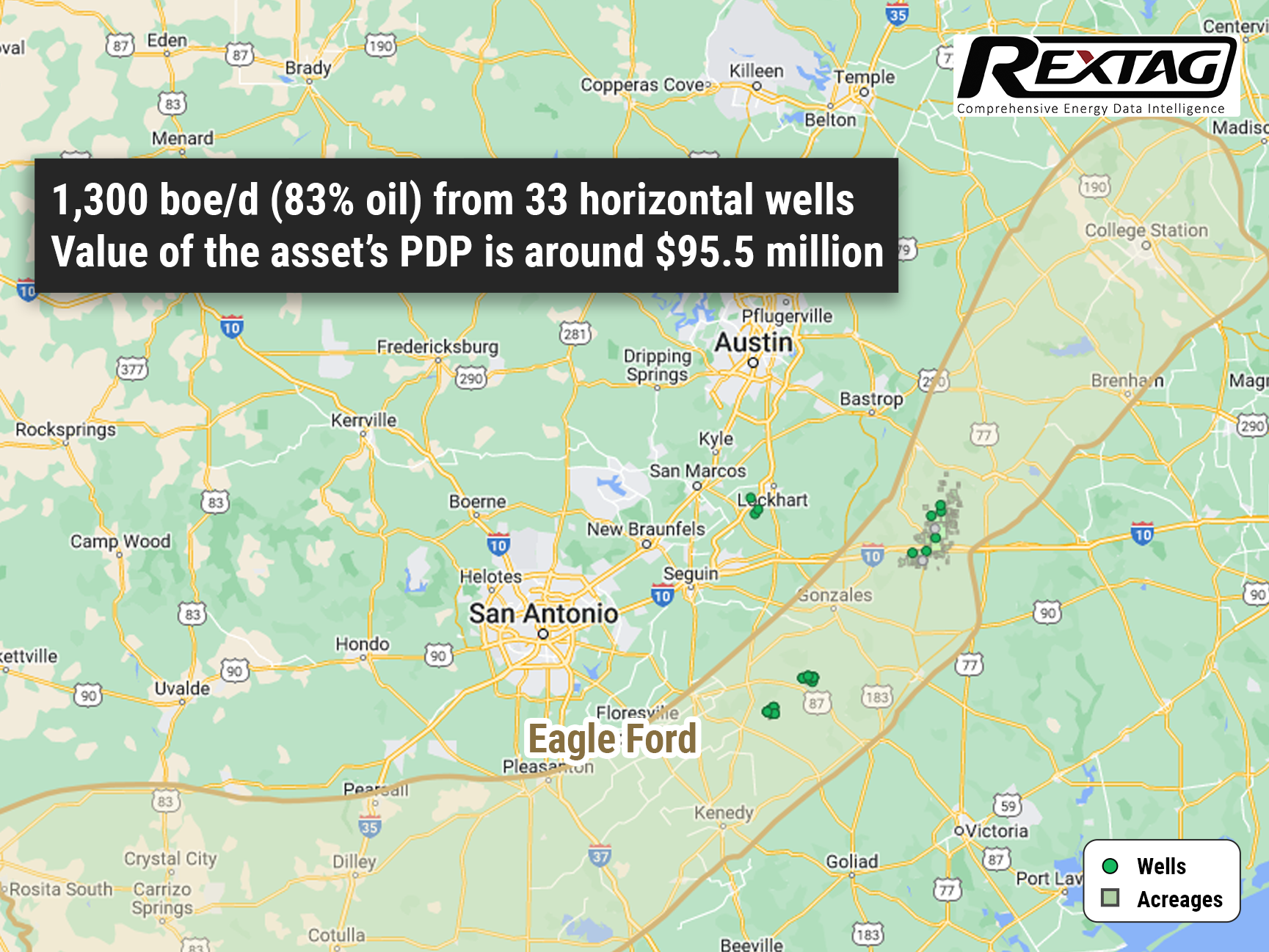
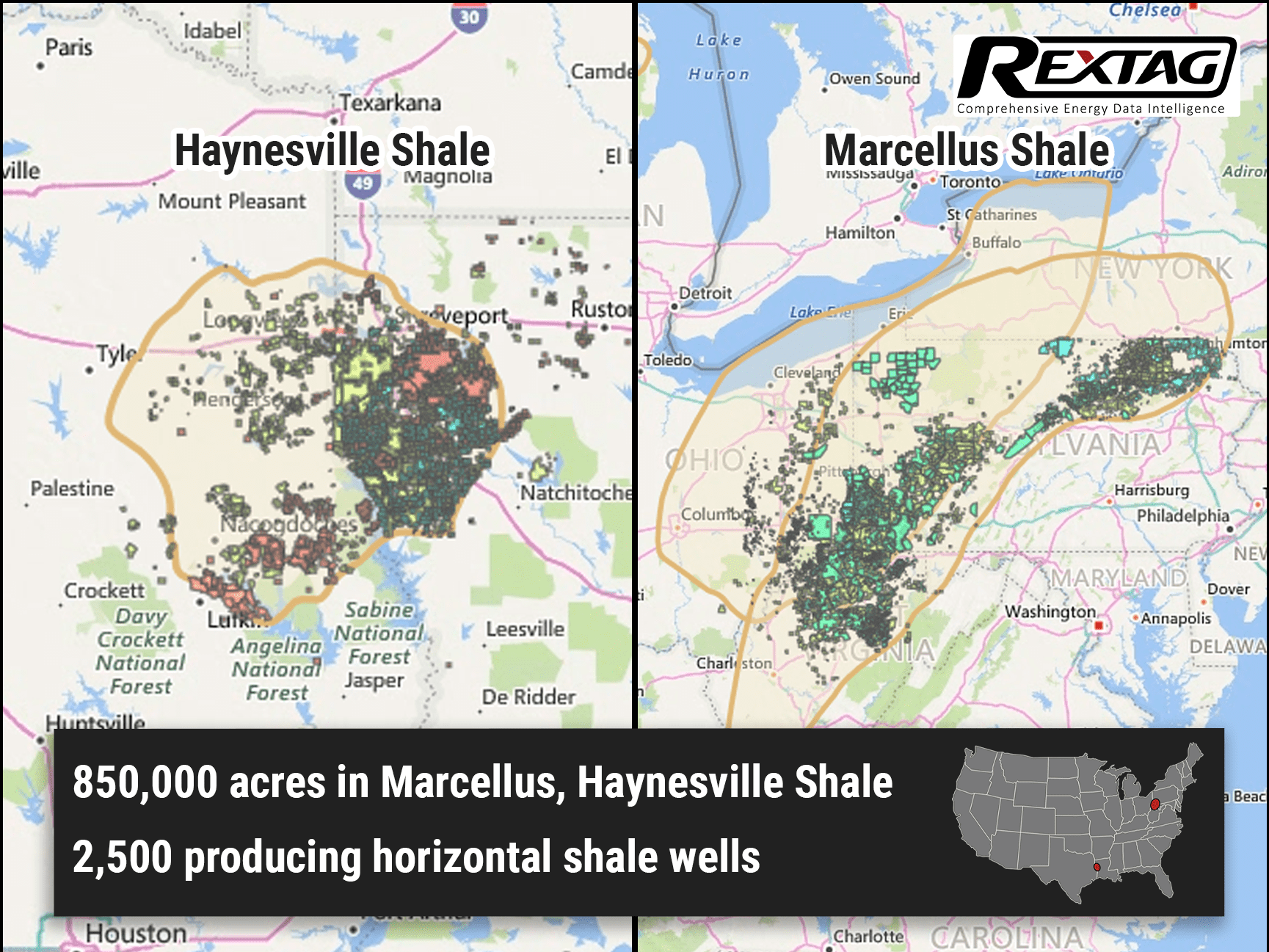
 to Acquire PDC Energy for 6.3B.png)
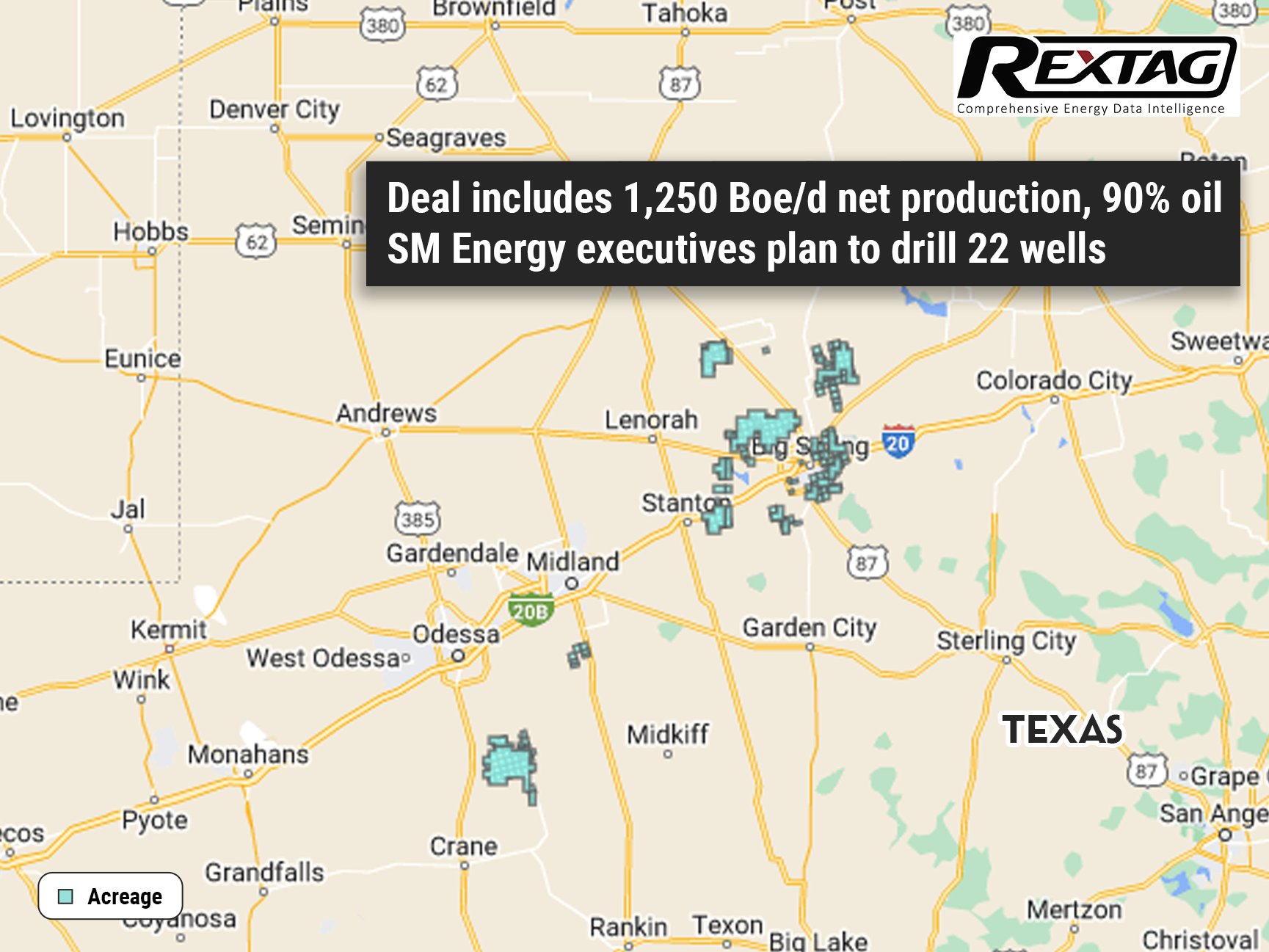
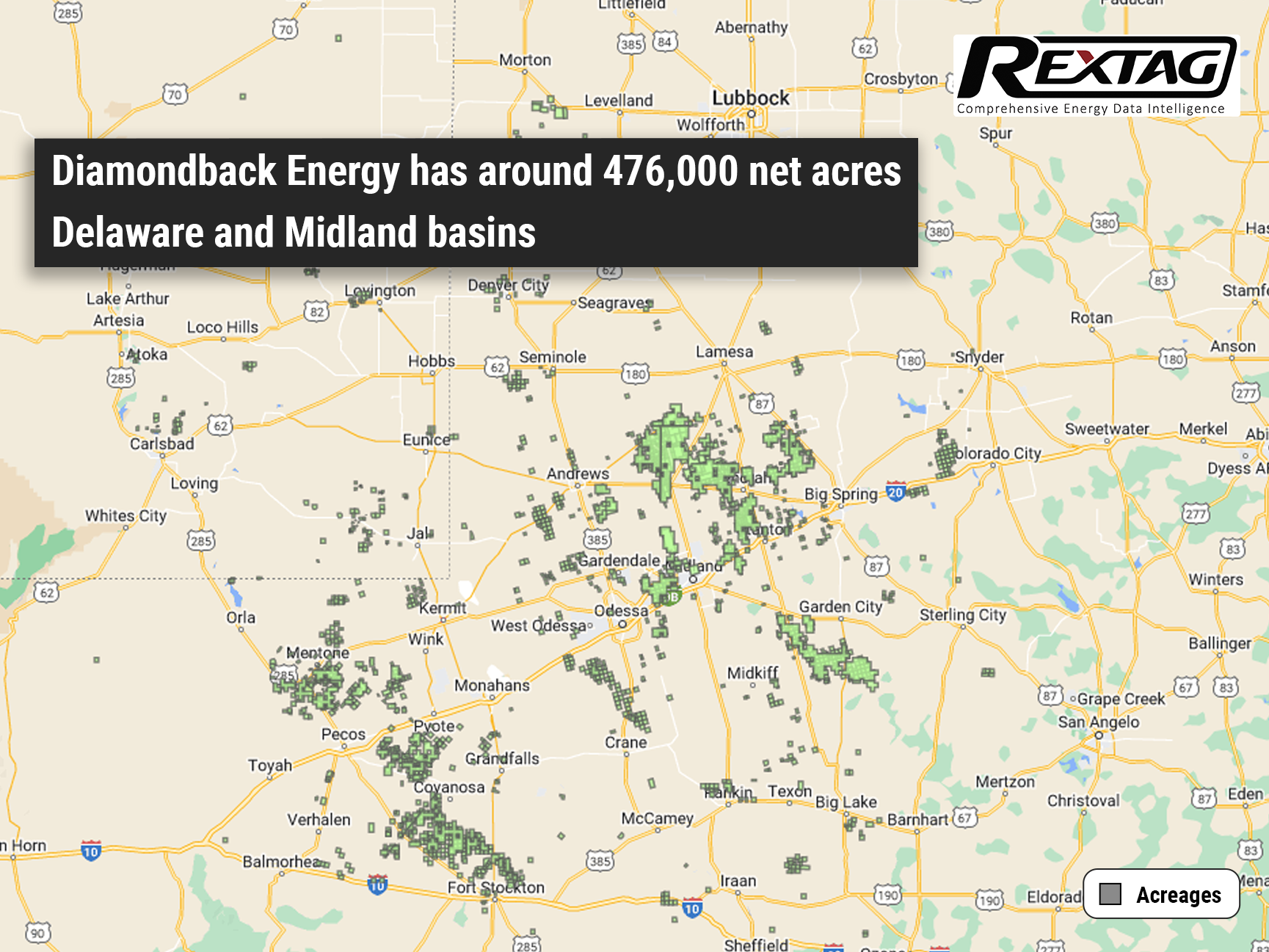

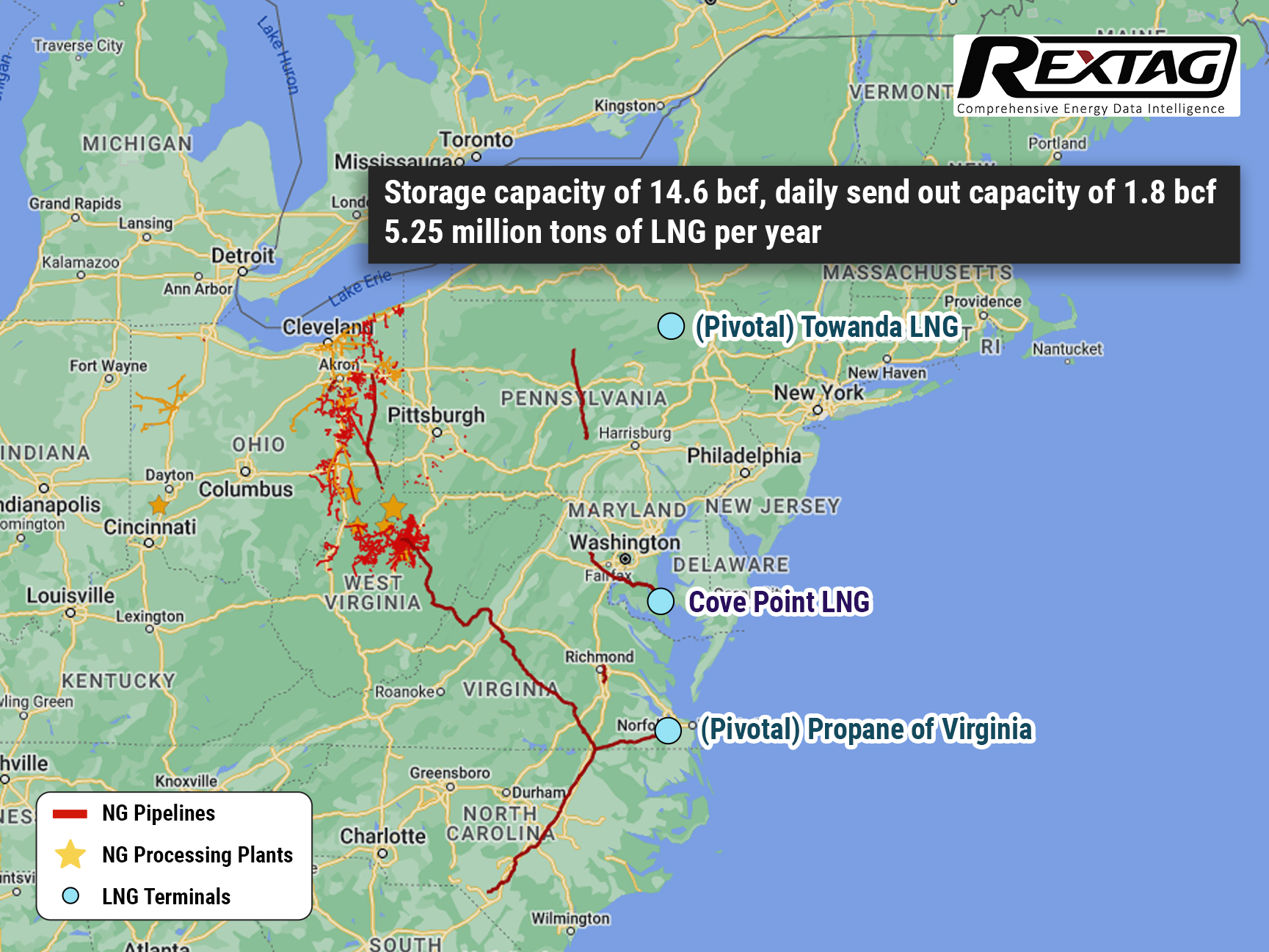
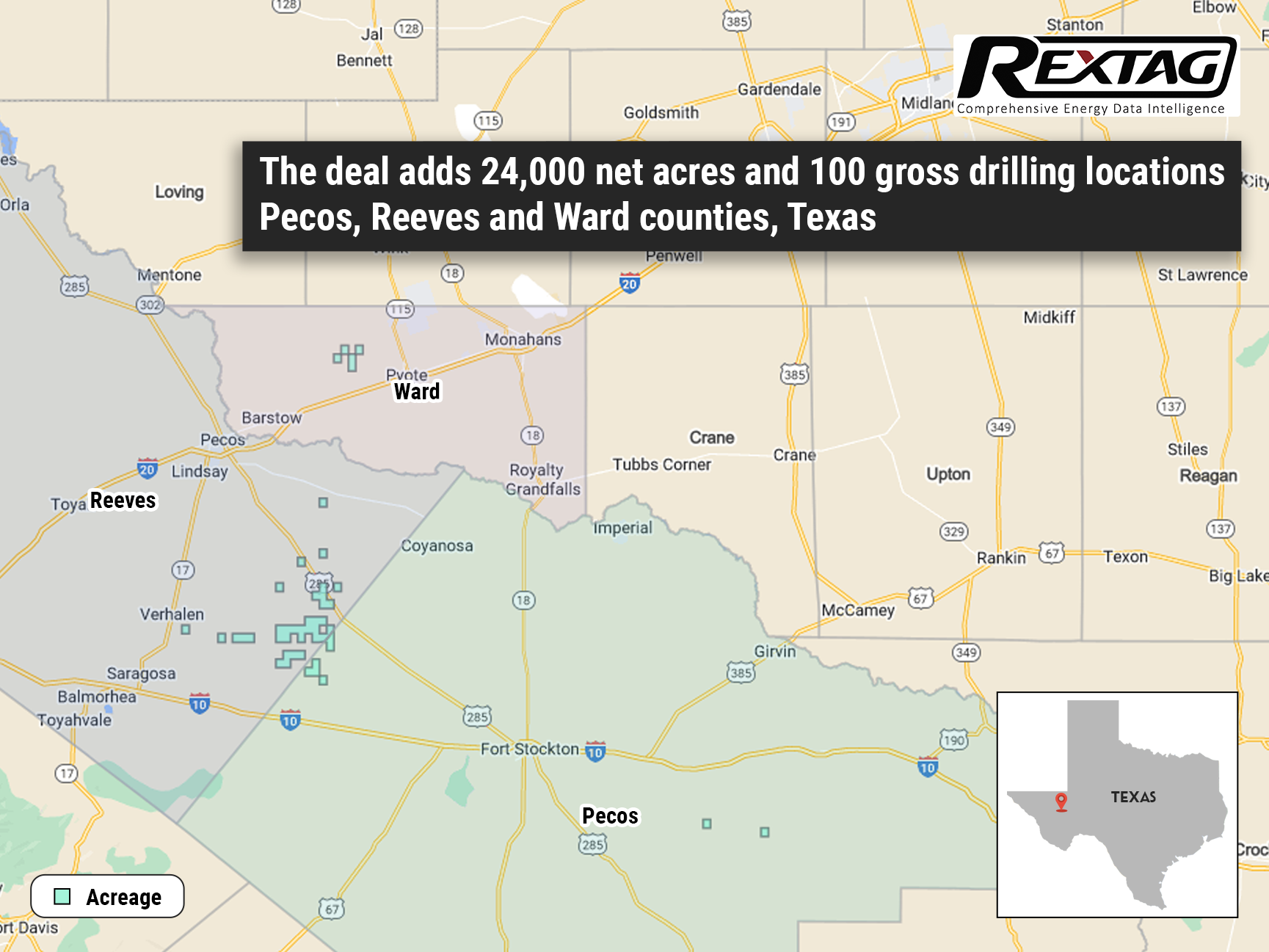
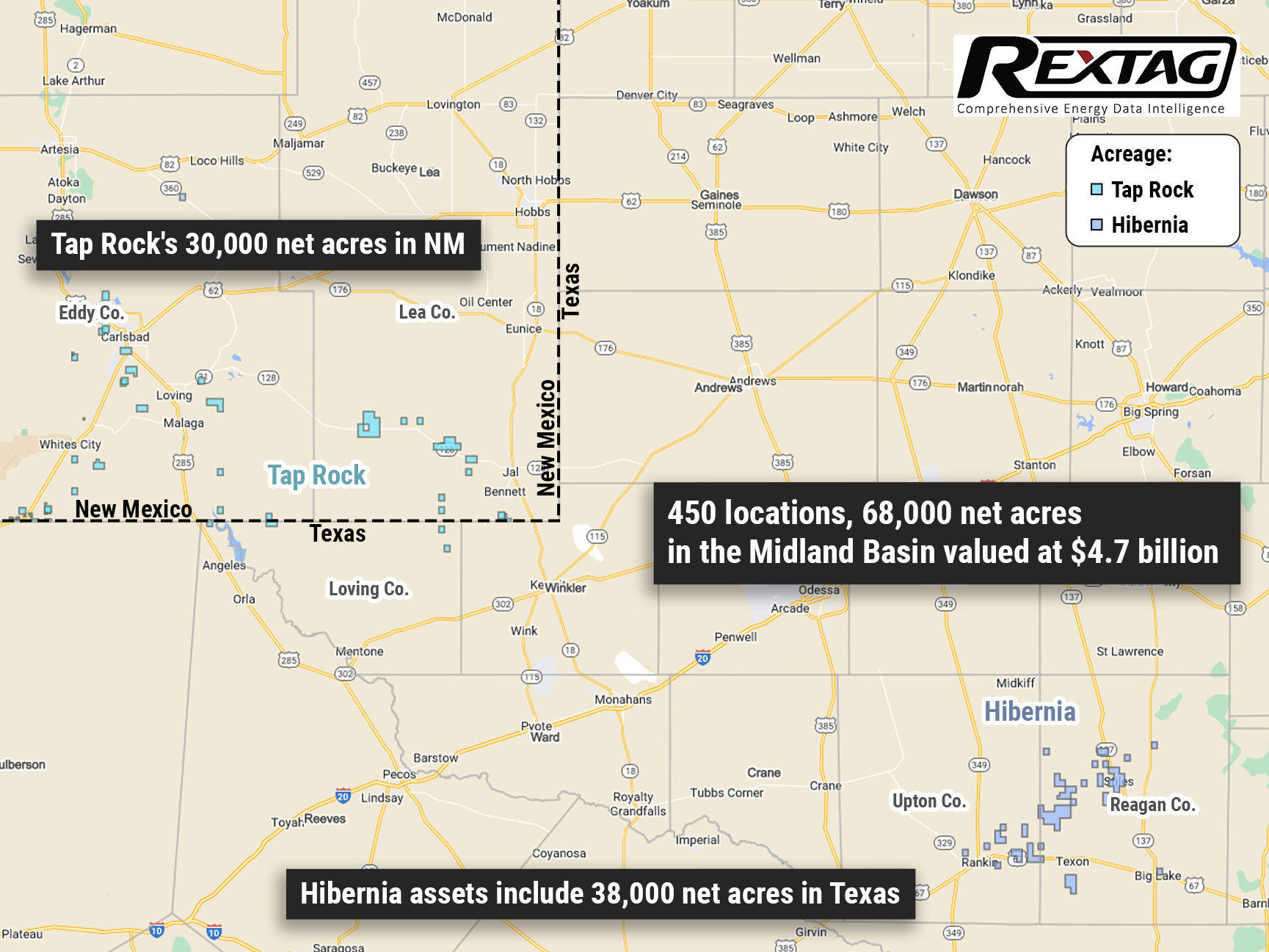

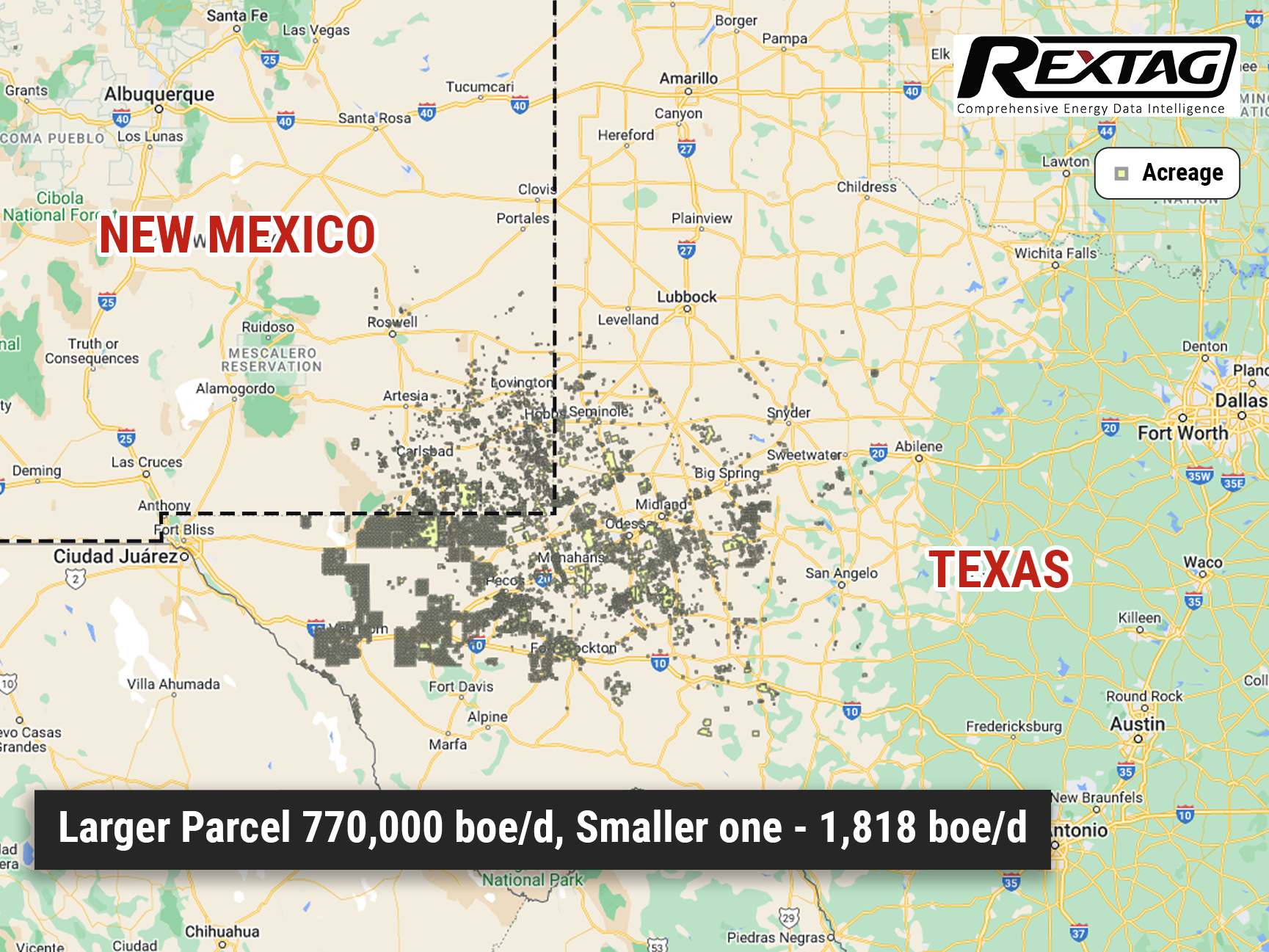
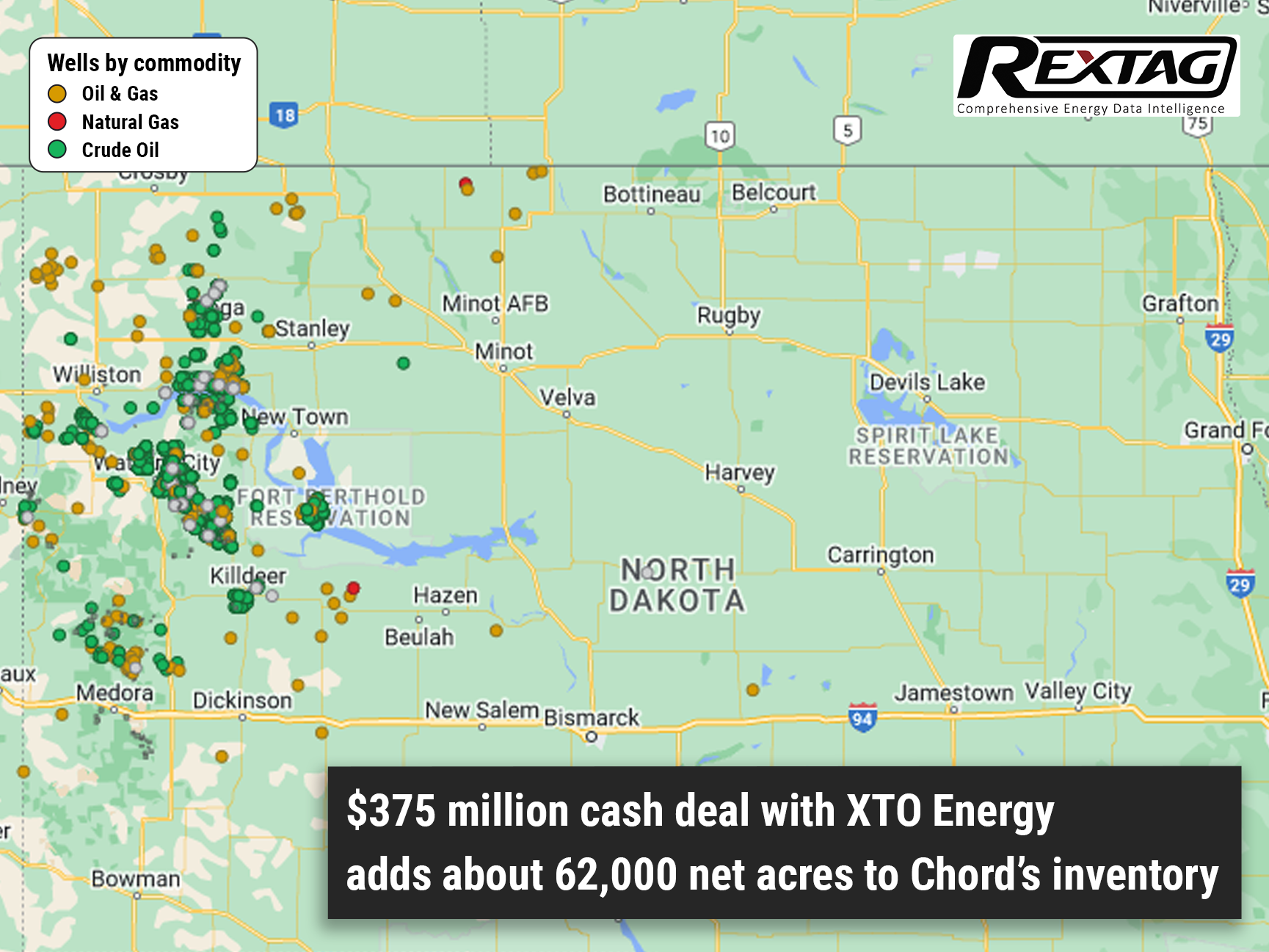
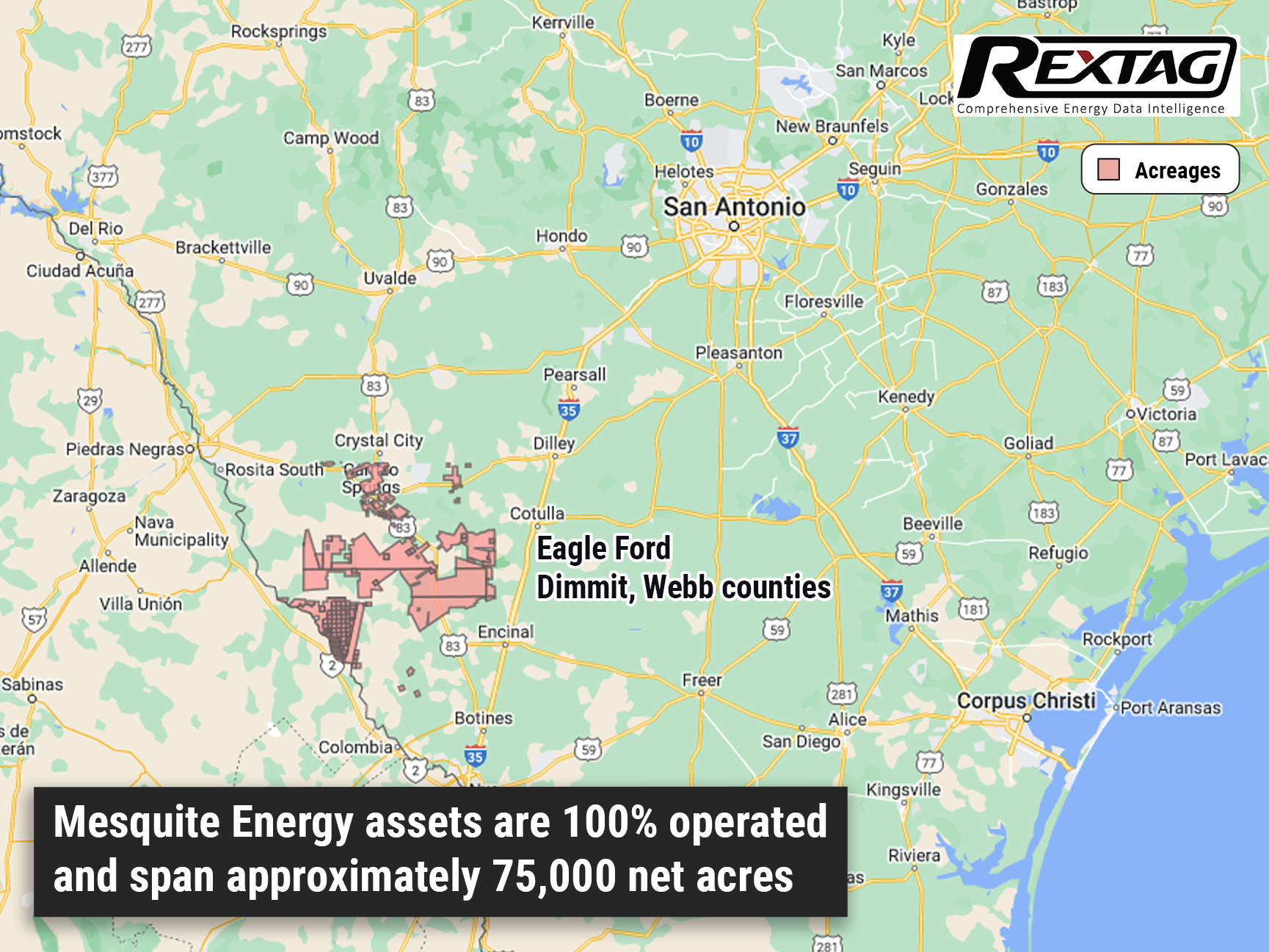
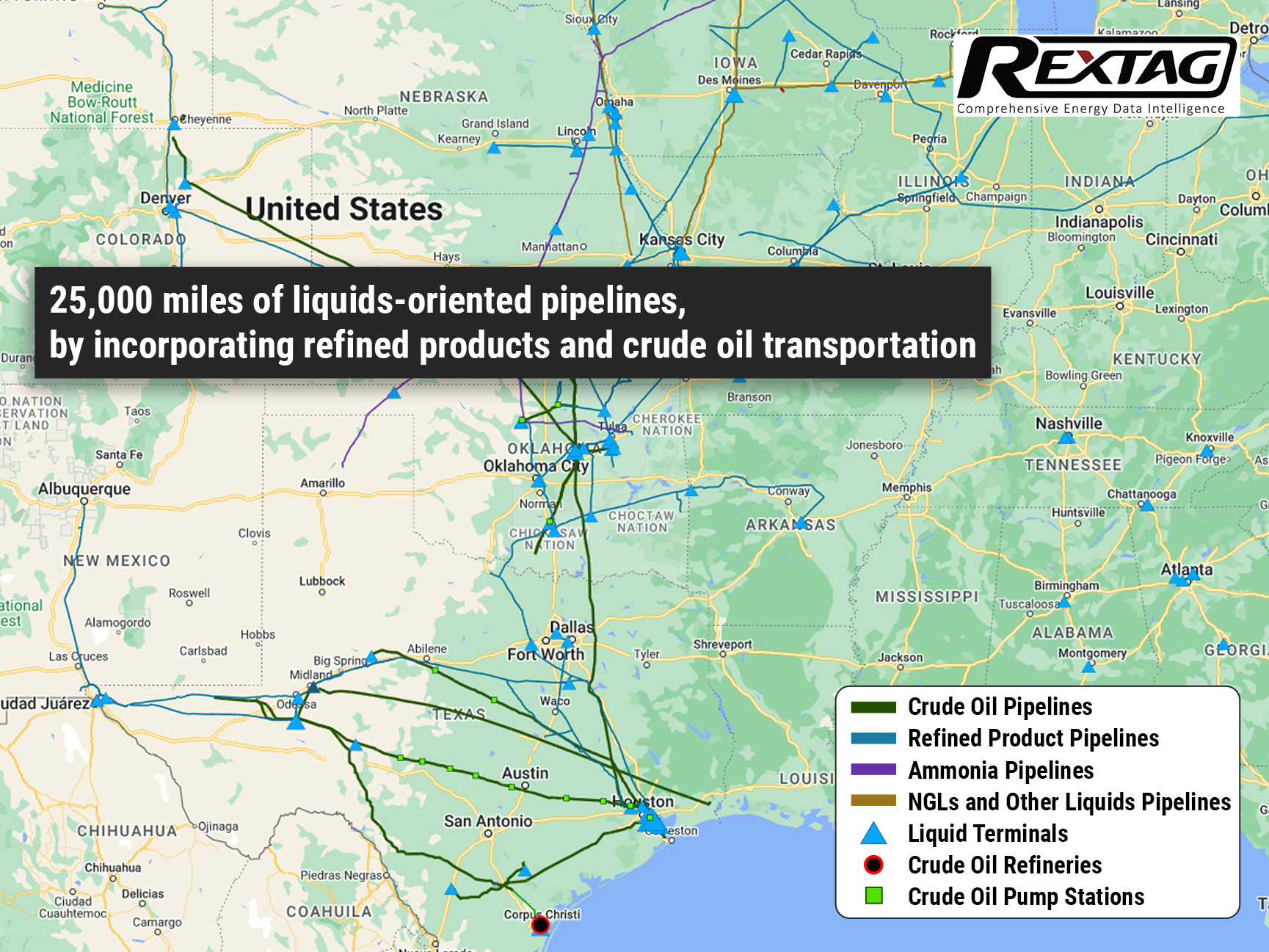
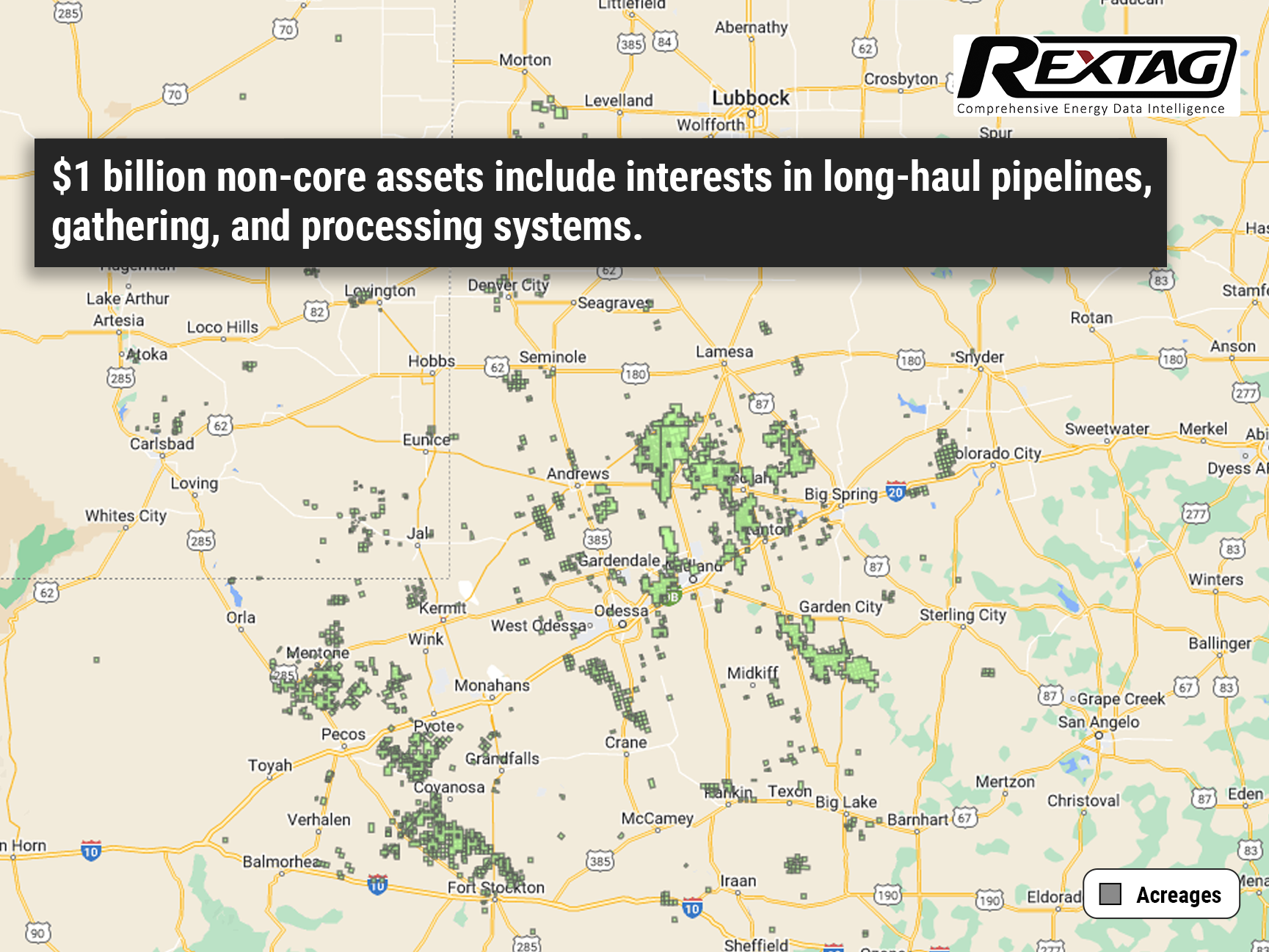

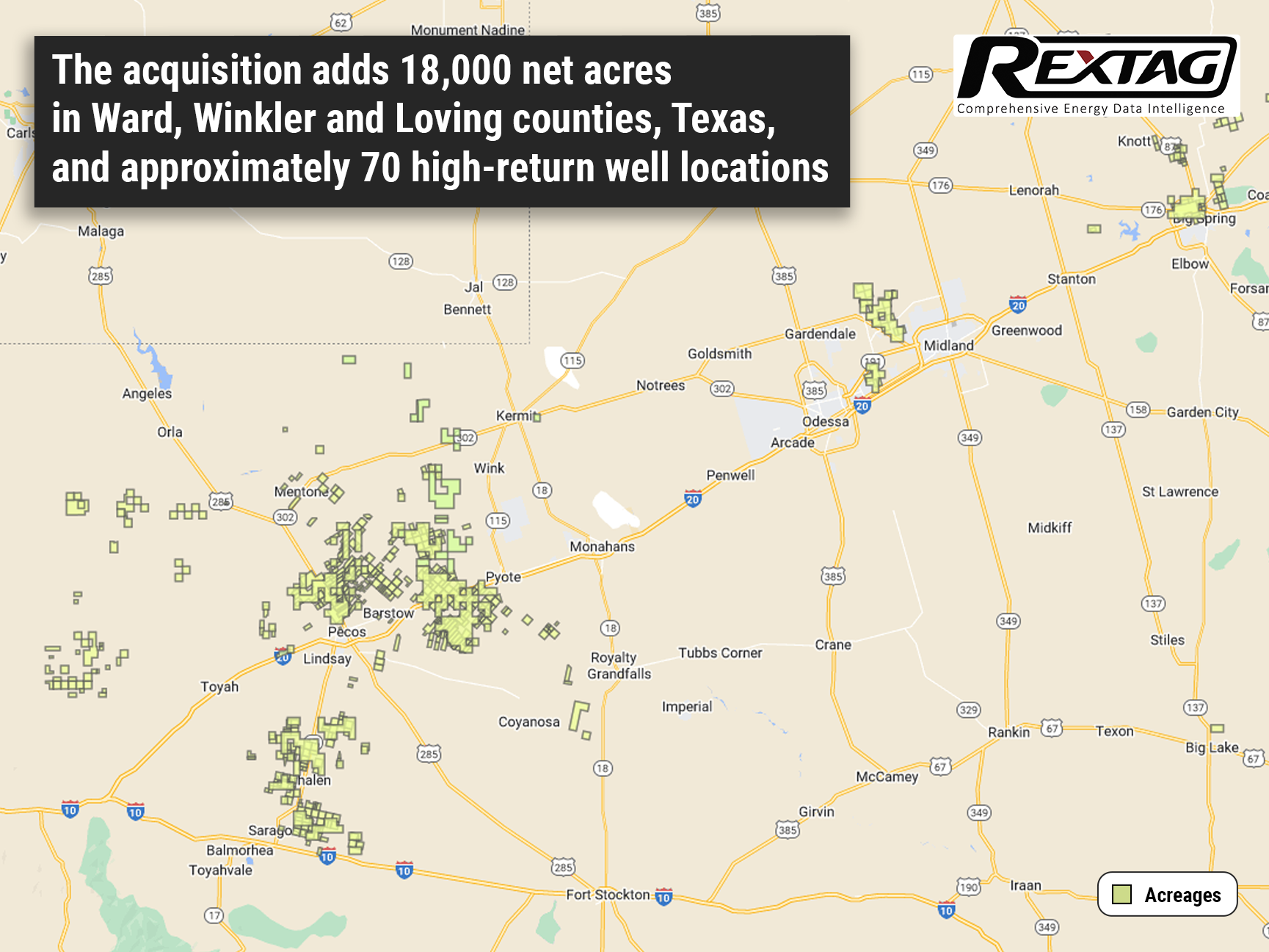
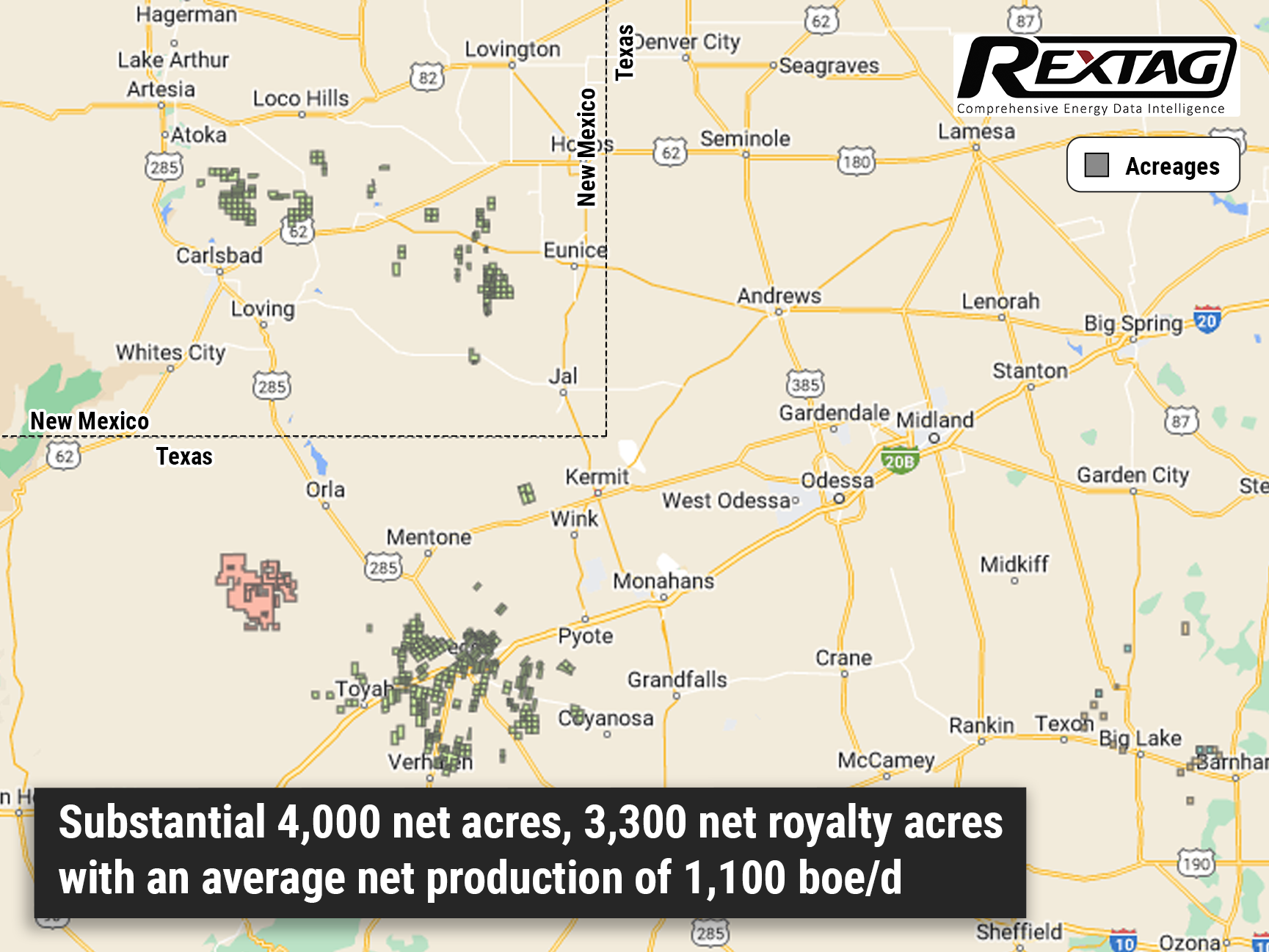
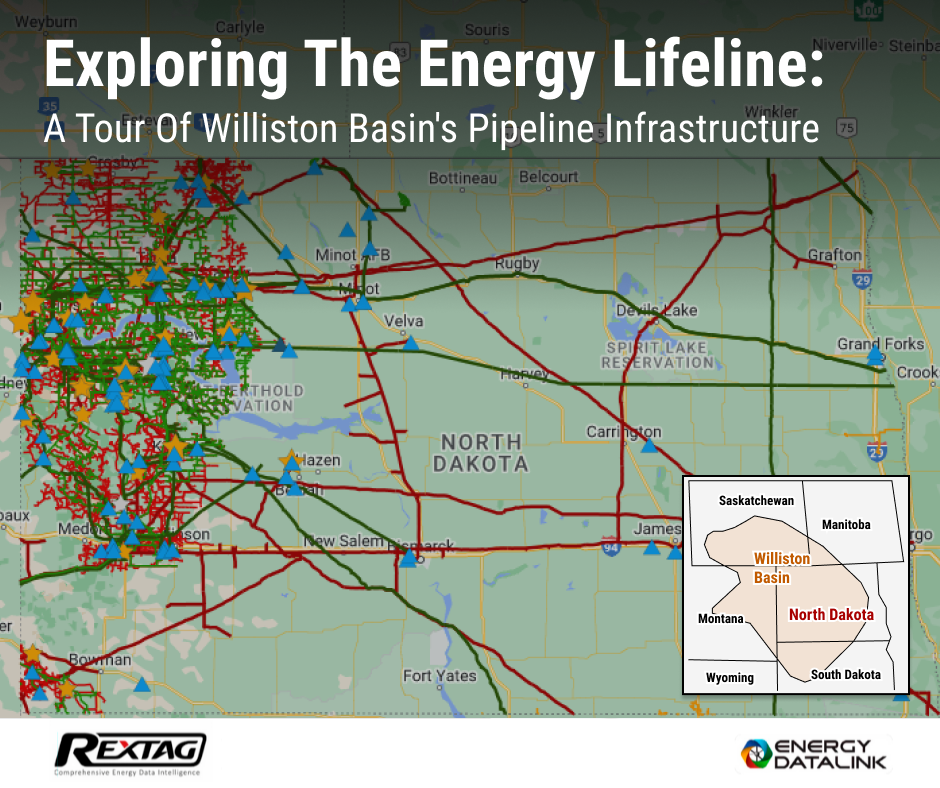
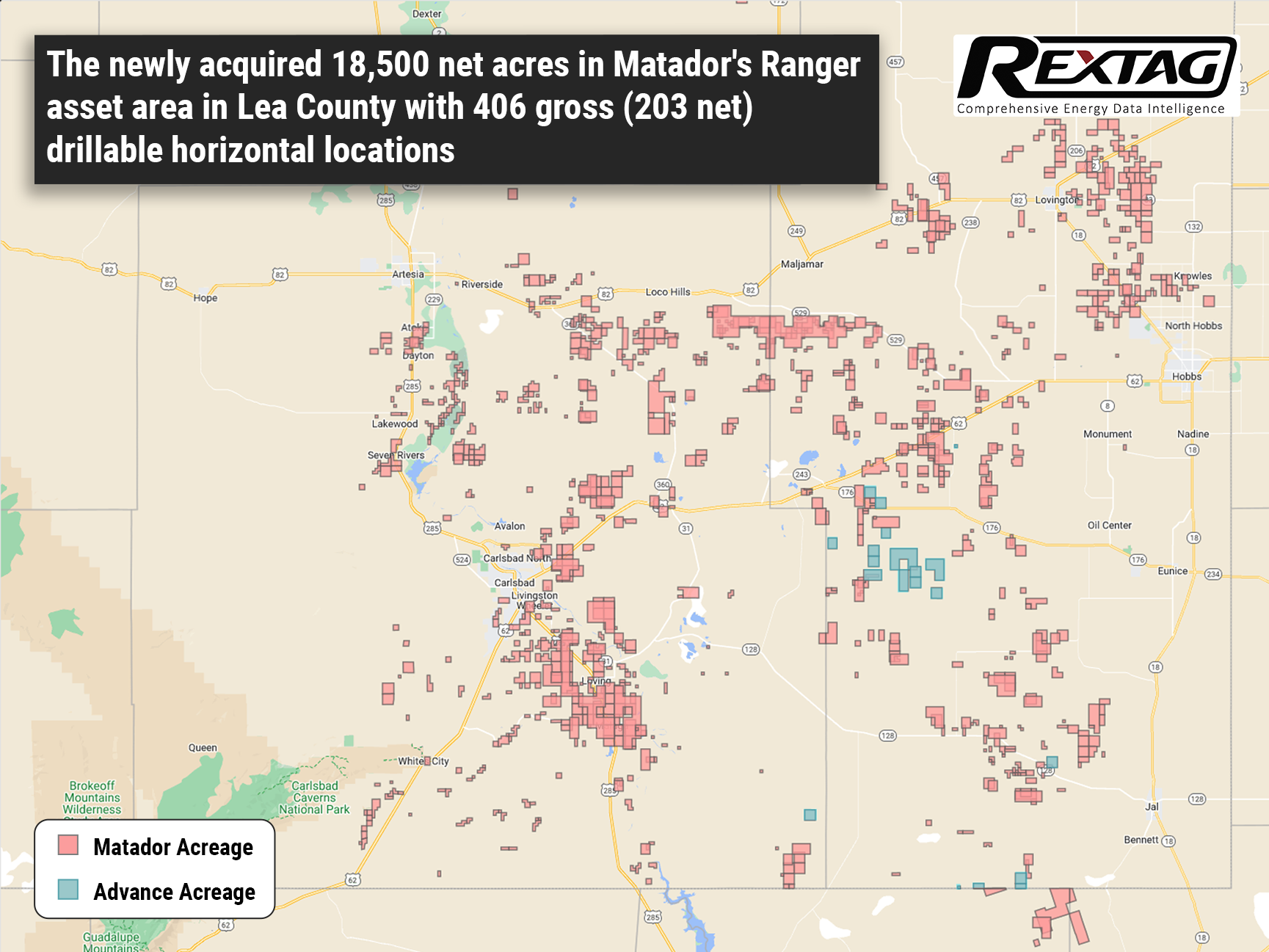

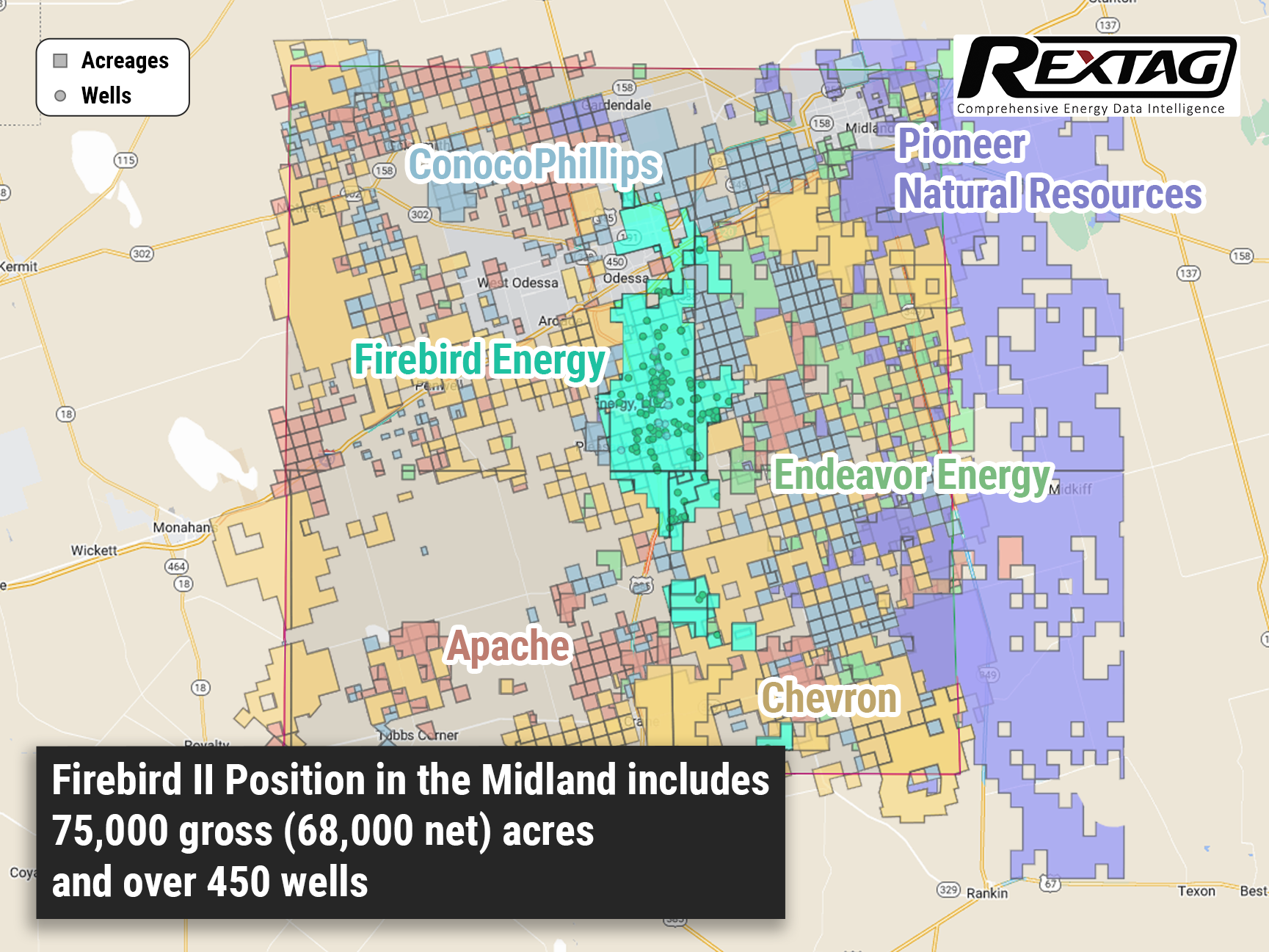
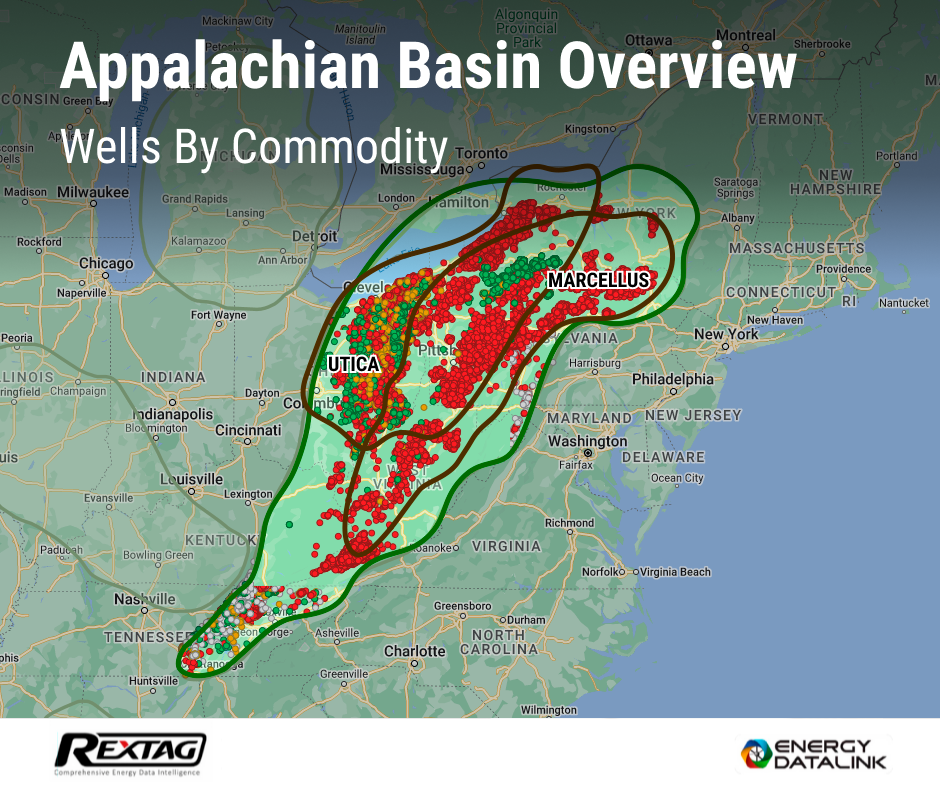
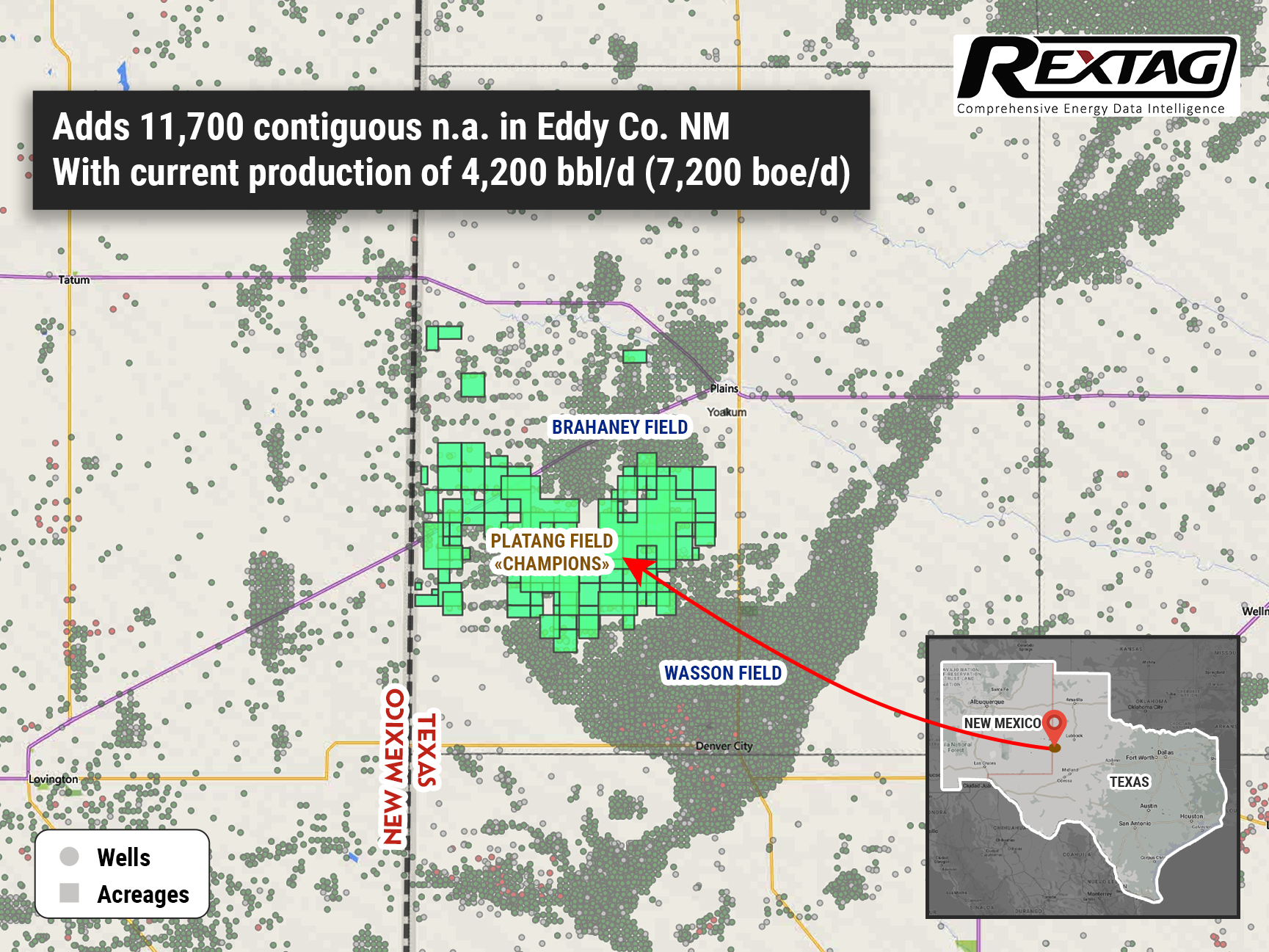
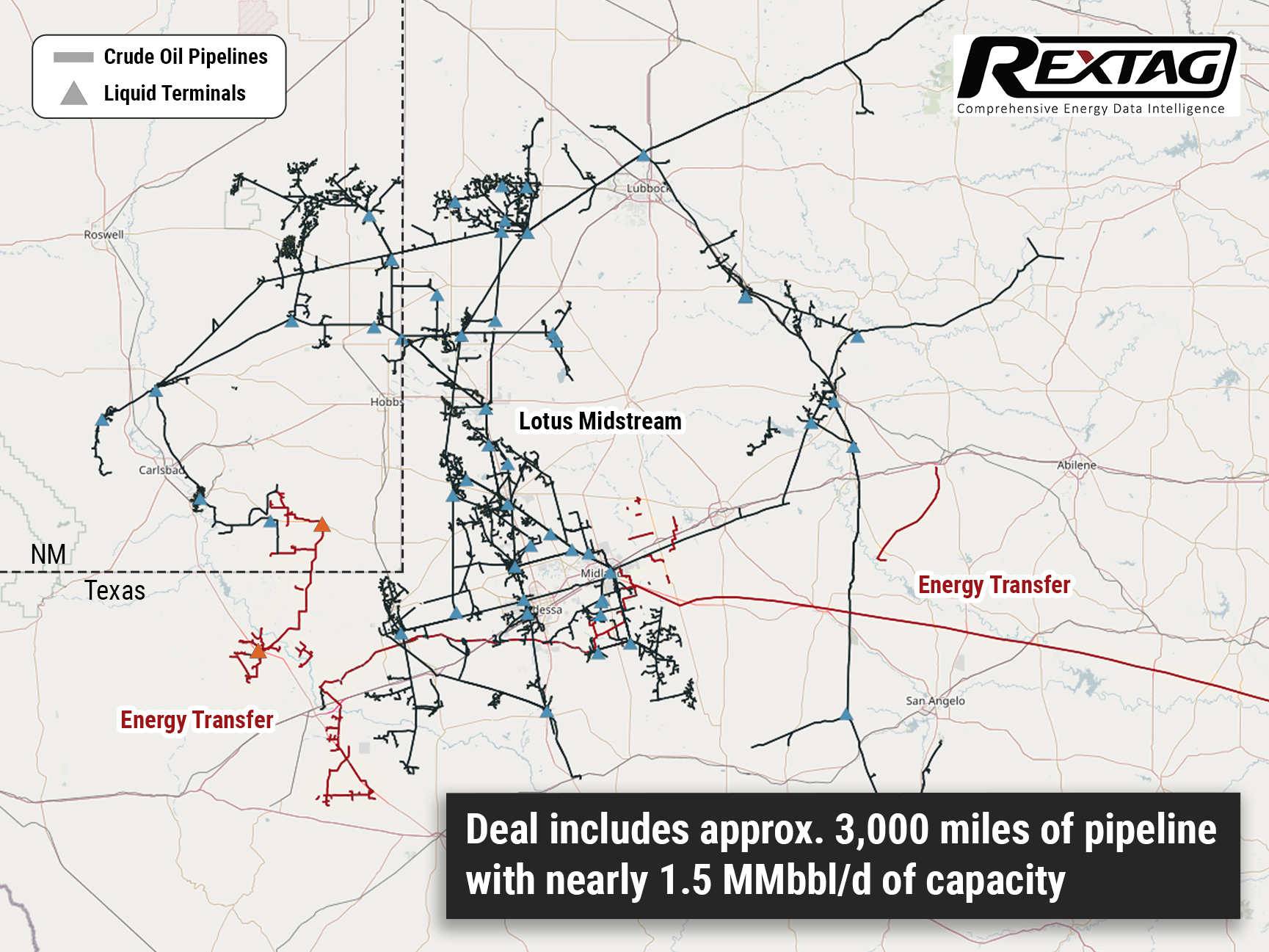
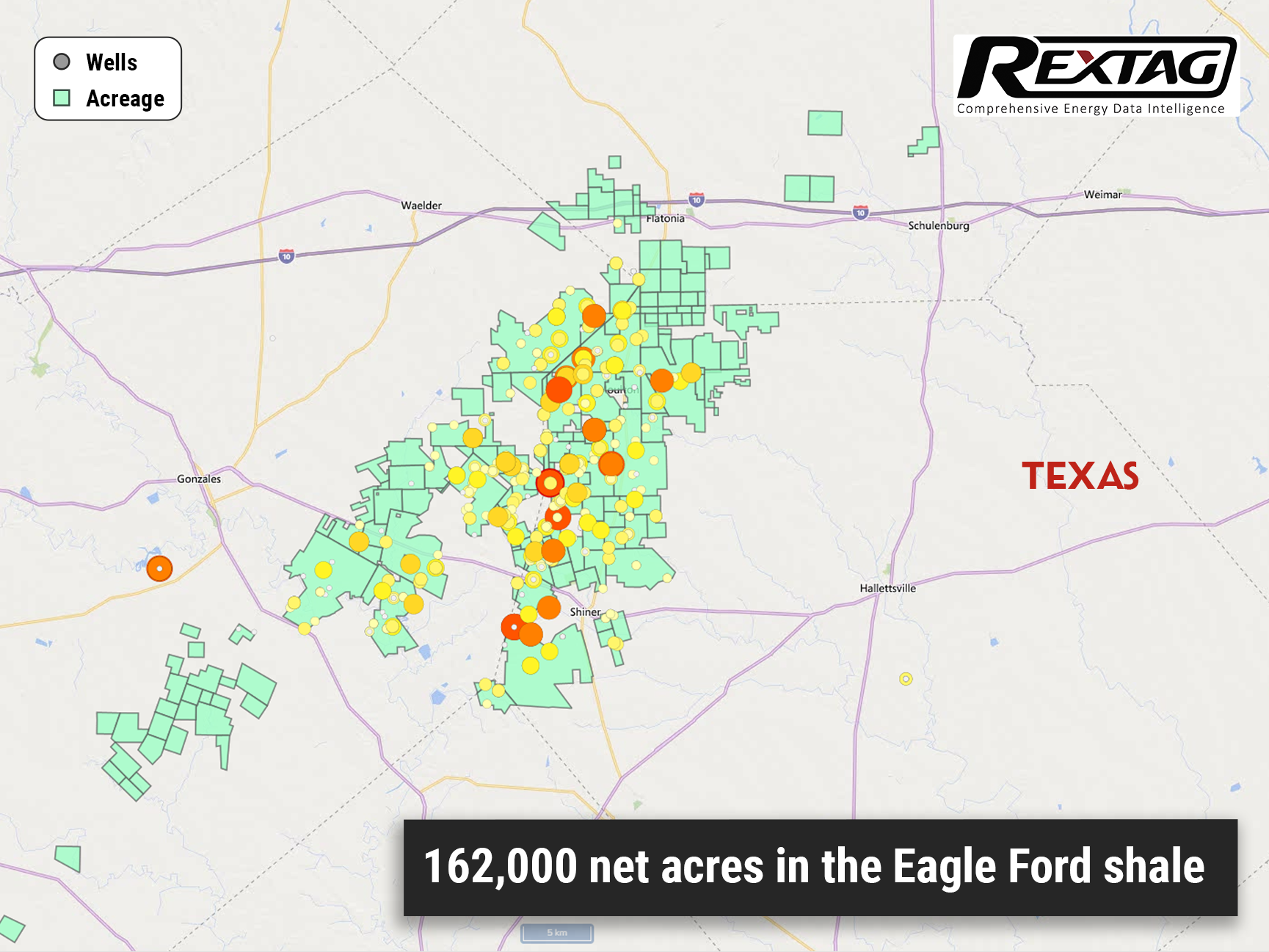
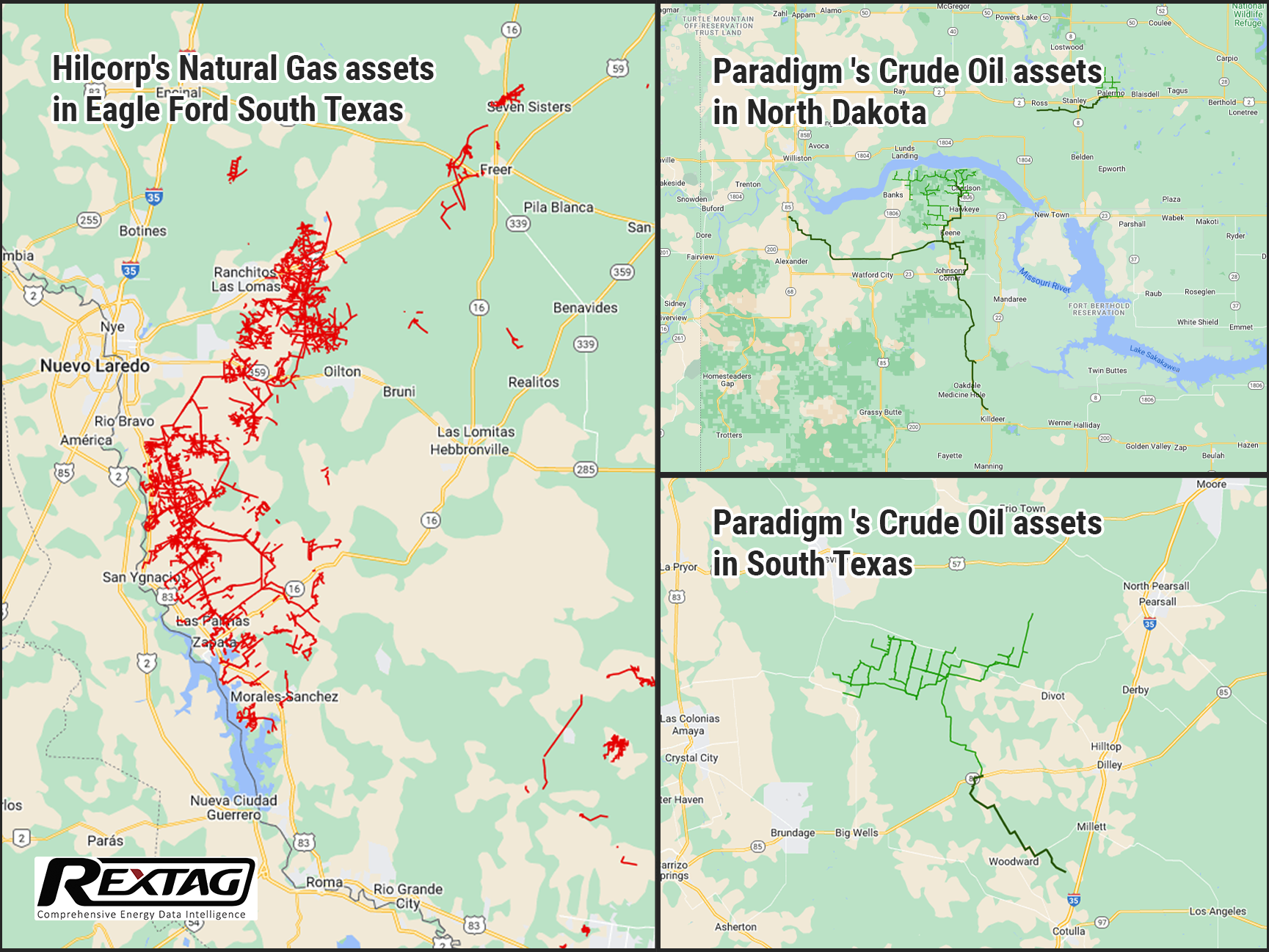
.png)
